We can’t travel right now, so I thought I’d go back and fill in some of the trips we took before we started our travel blog. If you’re looking for some pictures of nature to take you away from your current reality or dreaming about the chance to travel again, we hope you’ll enjoy some of our memories from a couple of years ago.
May 2018 — We set out on this three-week trip to visit some of the places we had had to skip on previous trips, plus revisited a couple of special spots. Arizona and New Mexico have so many places to visit—national parks, national monuments, state parks, and historic cities. On this trip we just touched the tip of the iceberg.
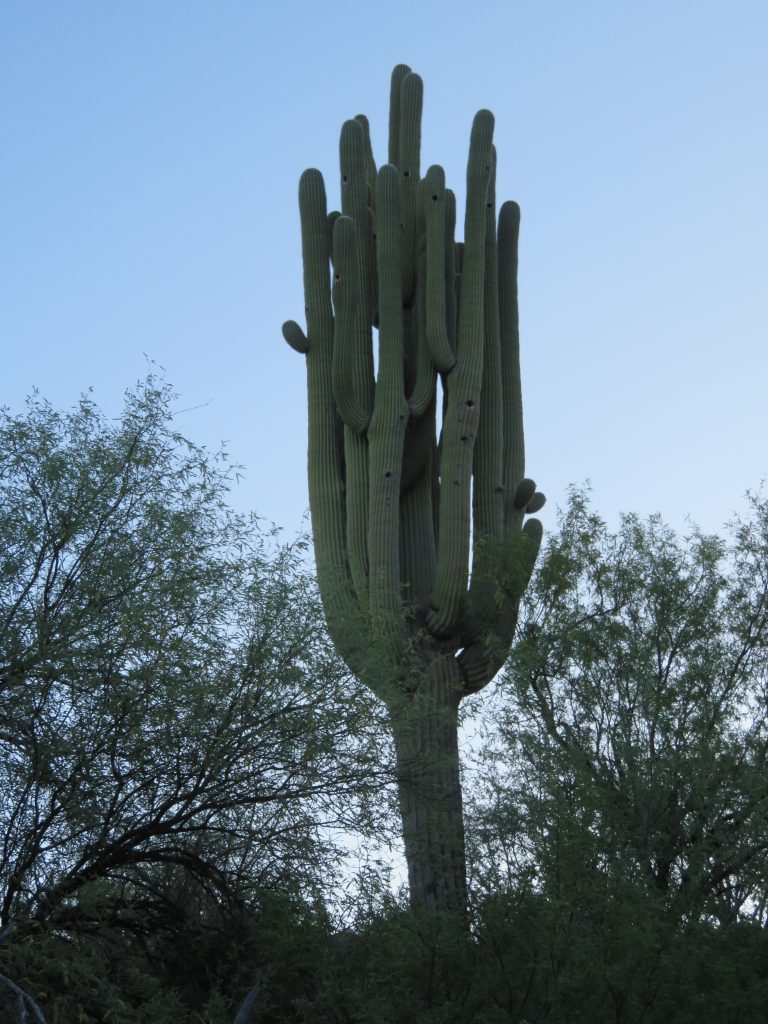
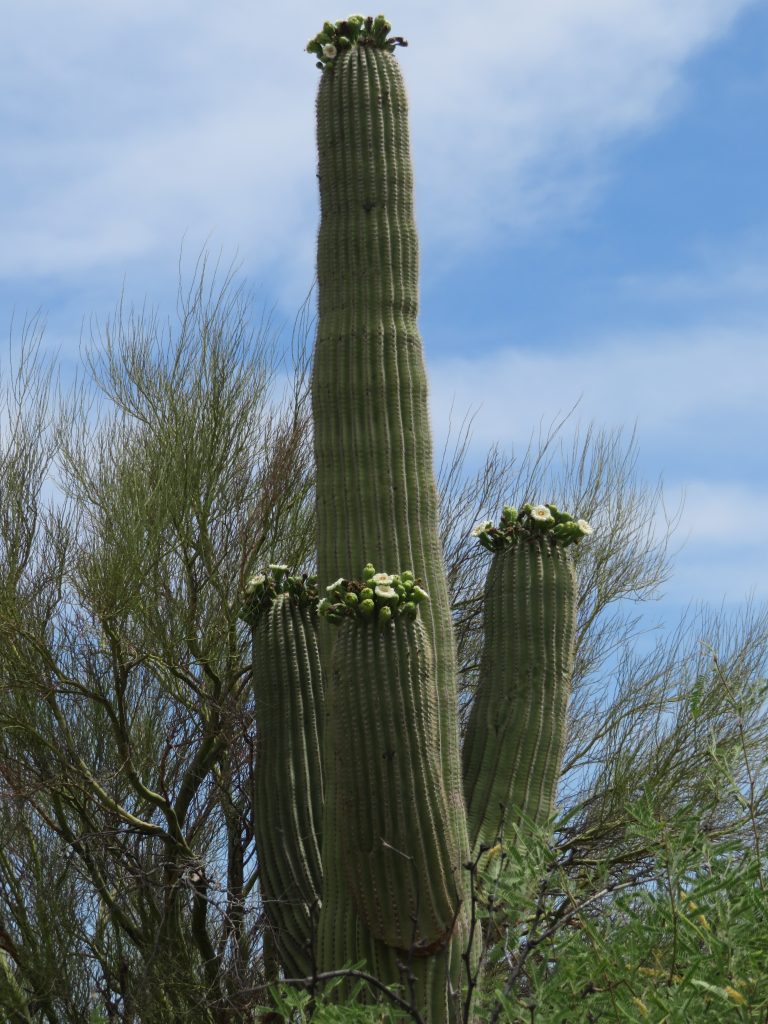
Saguaro National Park and Catalina State Park, Tucson, Arizona — We had previously visited the Western portion of Saguaro National Park, called the Tucson Mountain District, but this was our chance to explore the Eastern portion, called the Rincon Mountain District. After checking out the Visitor Center, we drove the Cactus Forest Loop Drive about halfway to pick up the trailhead for the Cactus Forest Trail. Even on April 30, it was already hot, so we didn’t do the whole trail, but it was glorious. The saguaros were blooming, and they were gorgeous. Gila woodpeckers enjoyed the nectar of these blooms, and we spotted lizards, quail, and beautiful desert flowers.
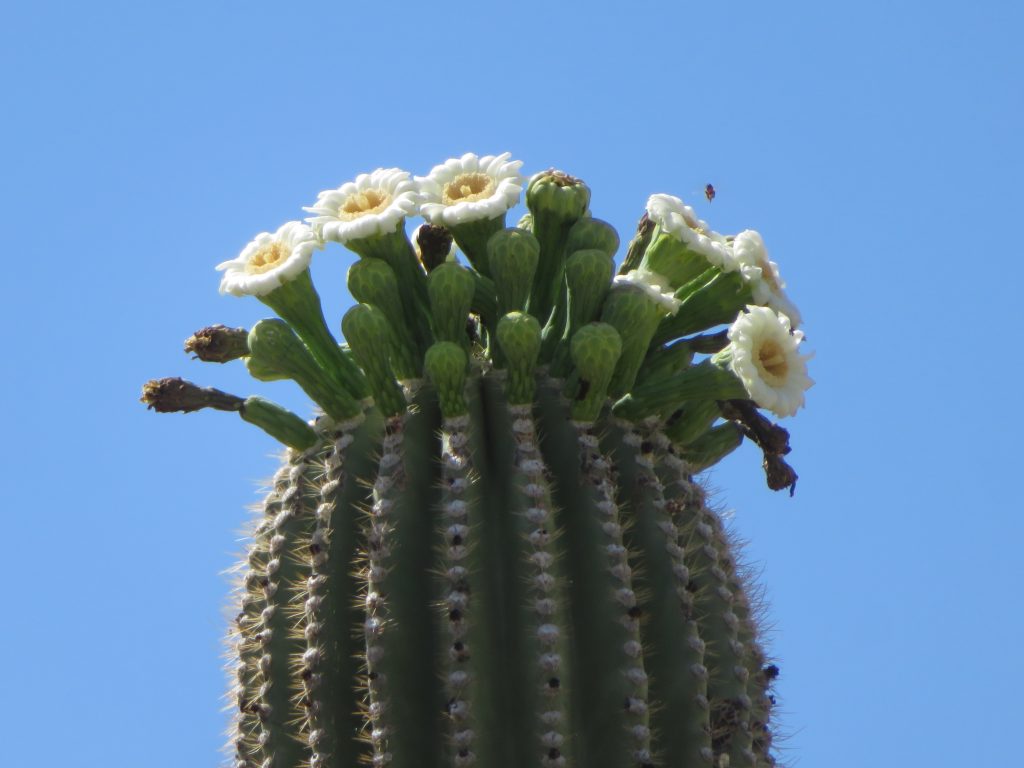
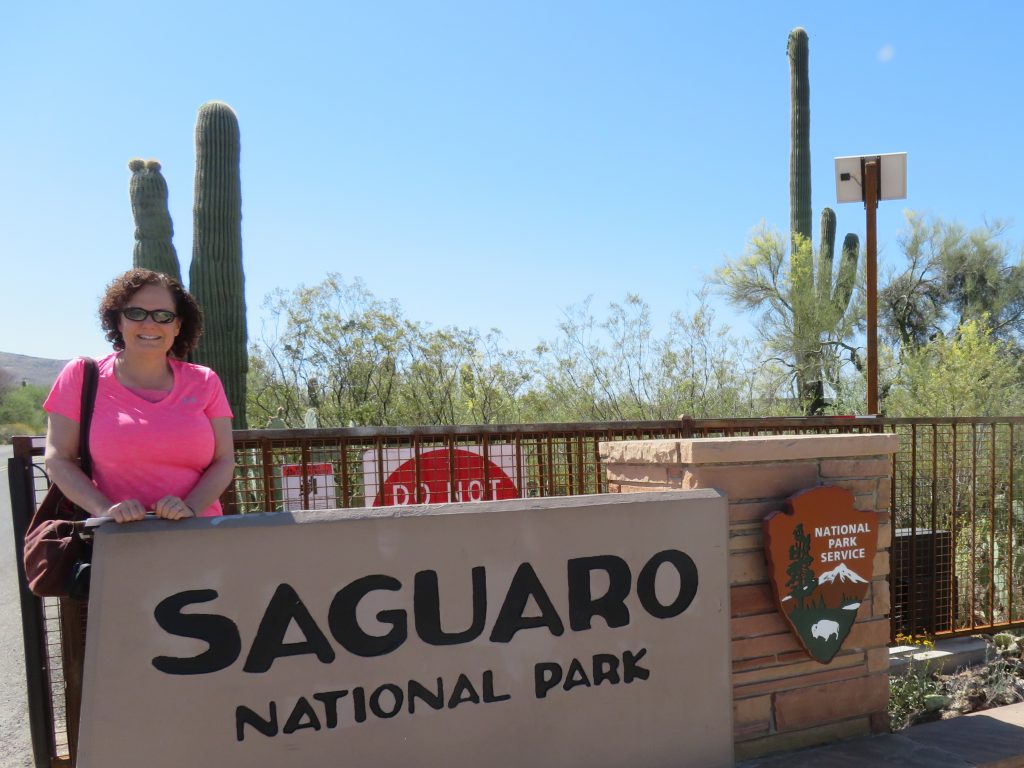
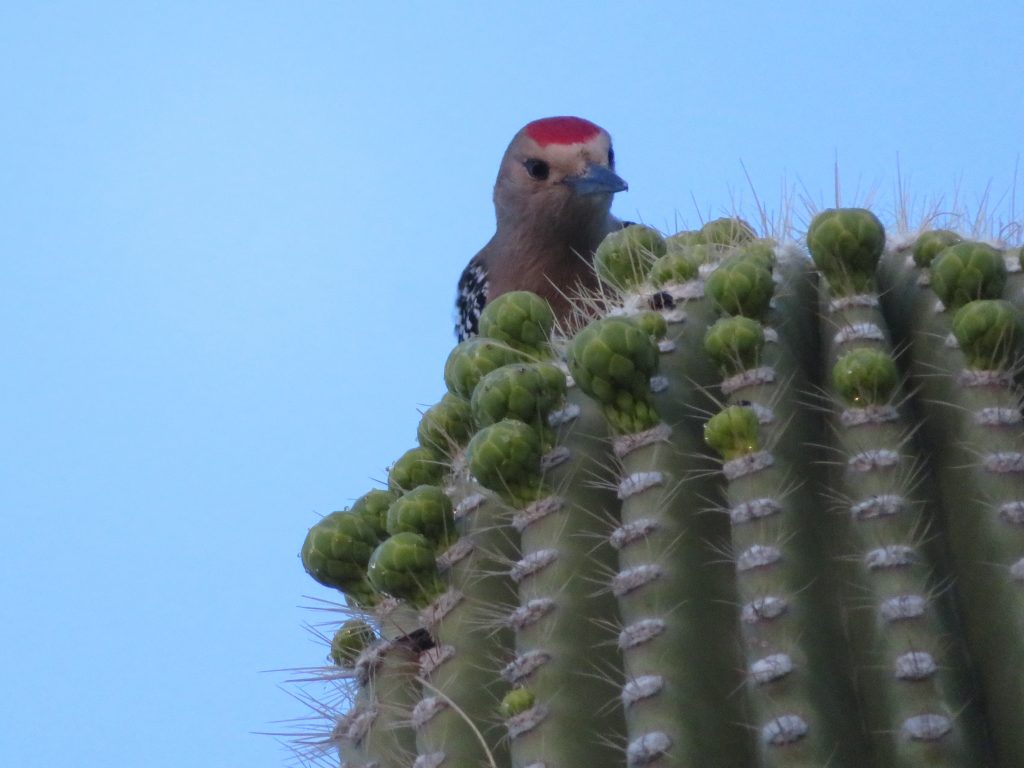
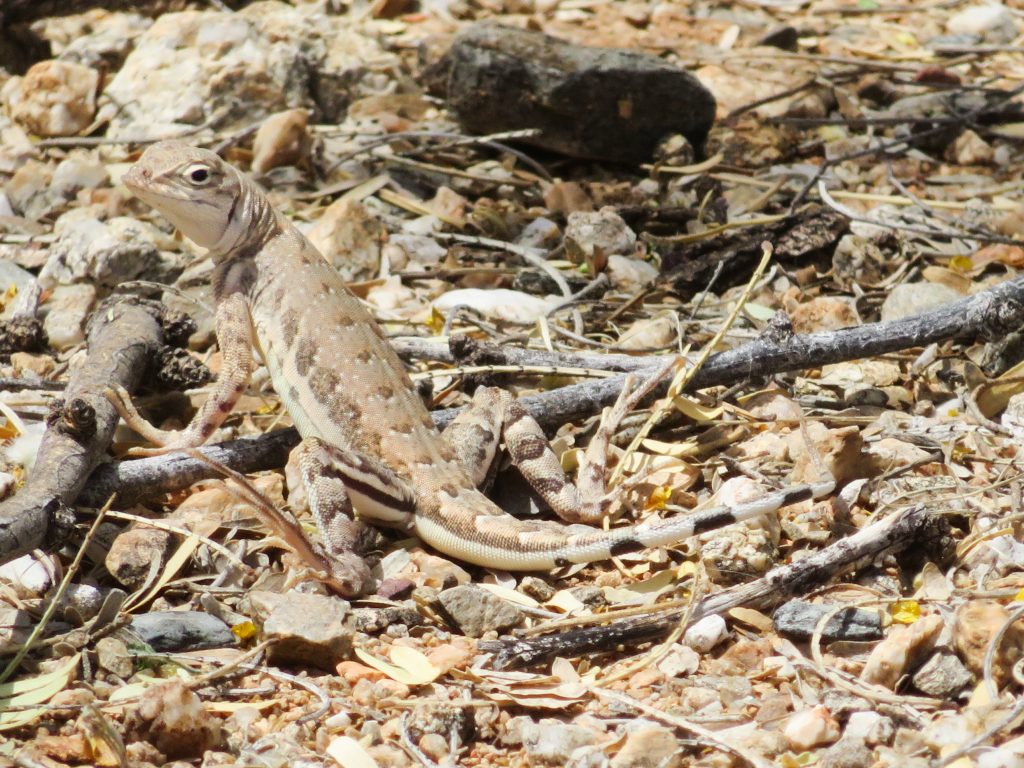
Catalina State Park was our hangout during our time in Tucson, and we loved this campground—lots of privacy and nature—coyotes, Gila woodpeckers, Vermilion flycatchers, ground squirrels, gorgeous sunsets, and plenty of places to hike (day and night). We also got to have dinner with friends Dave and Denise who have resettled in Tucson from Southern California.
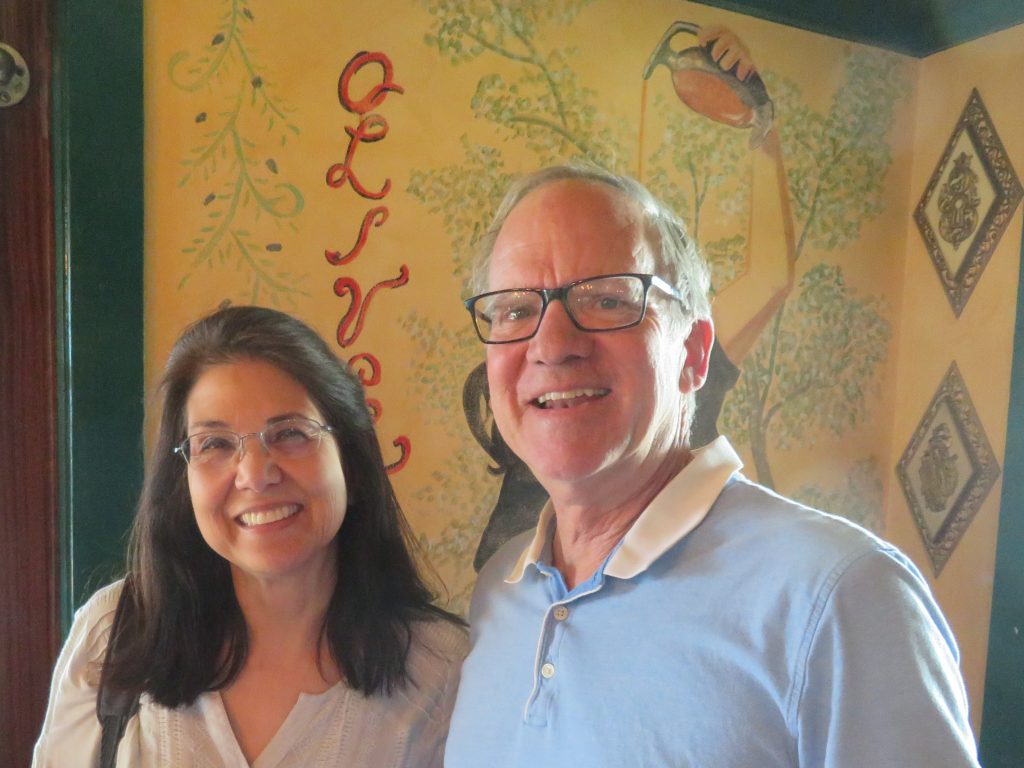
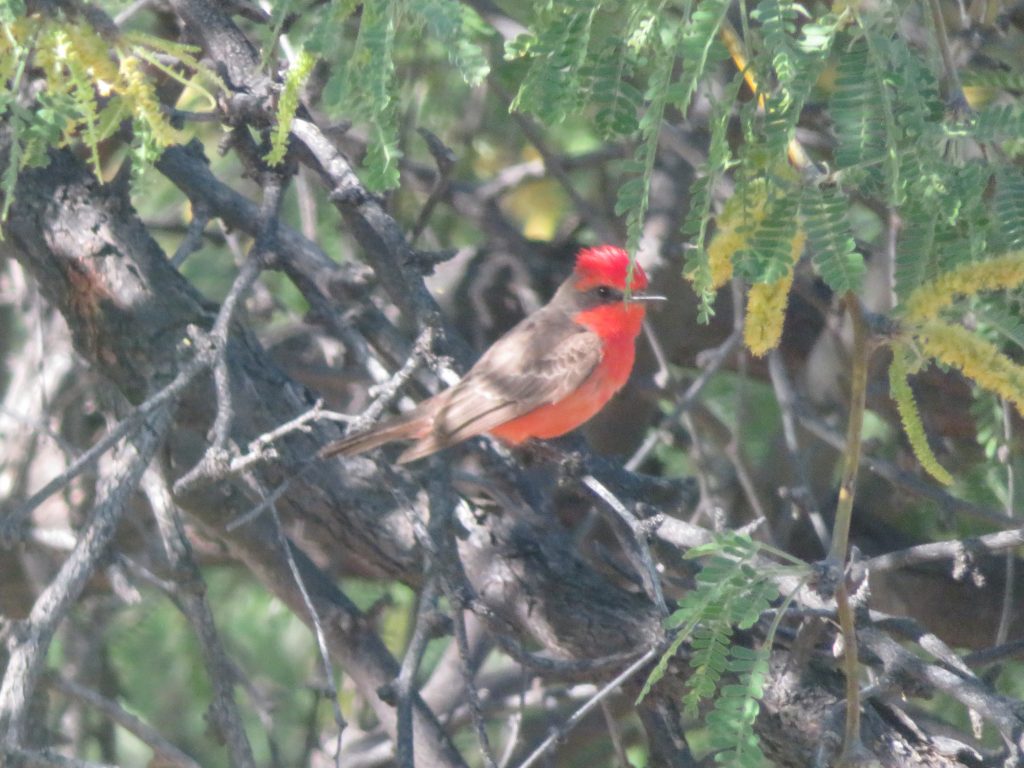
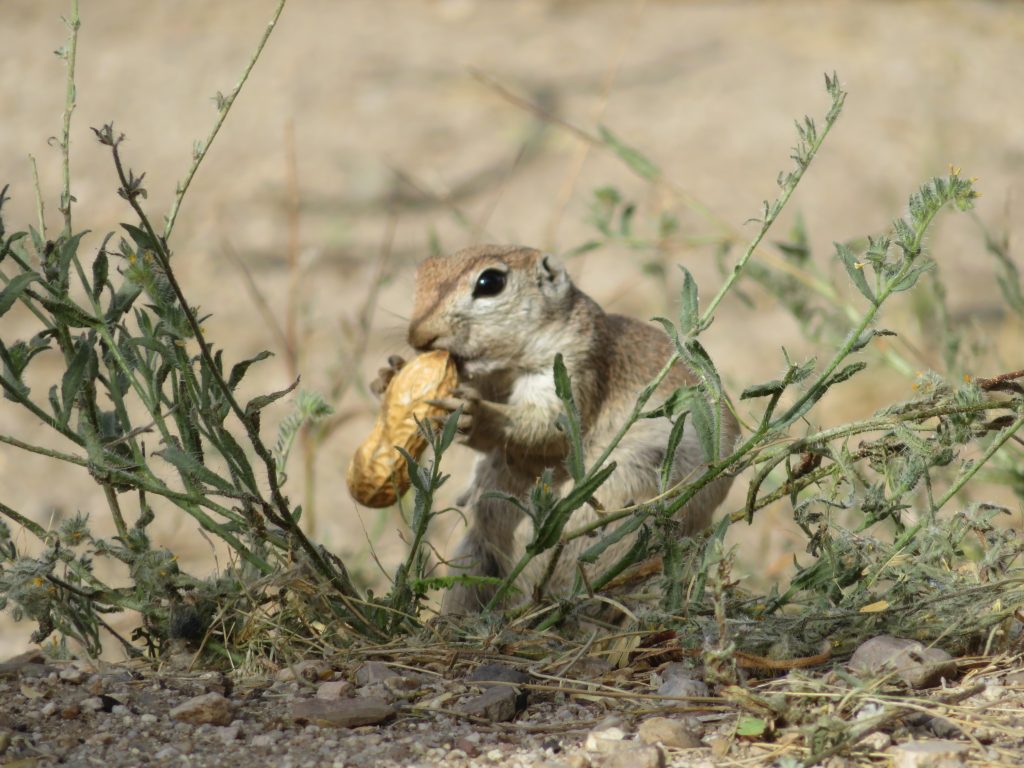
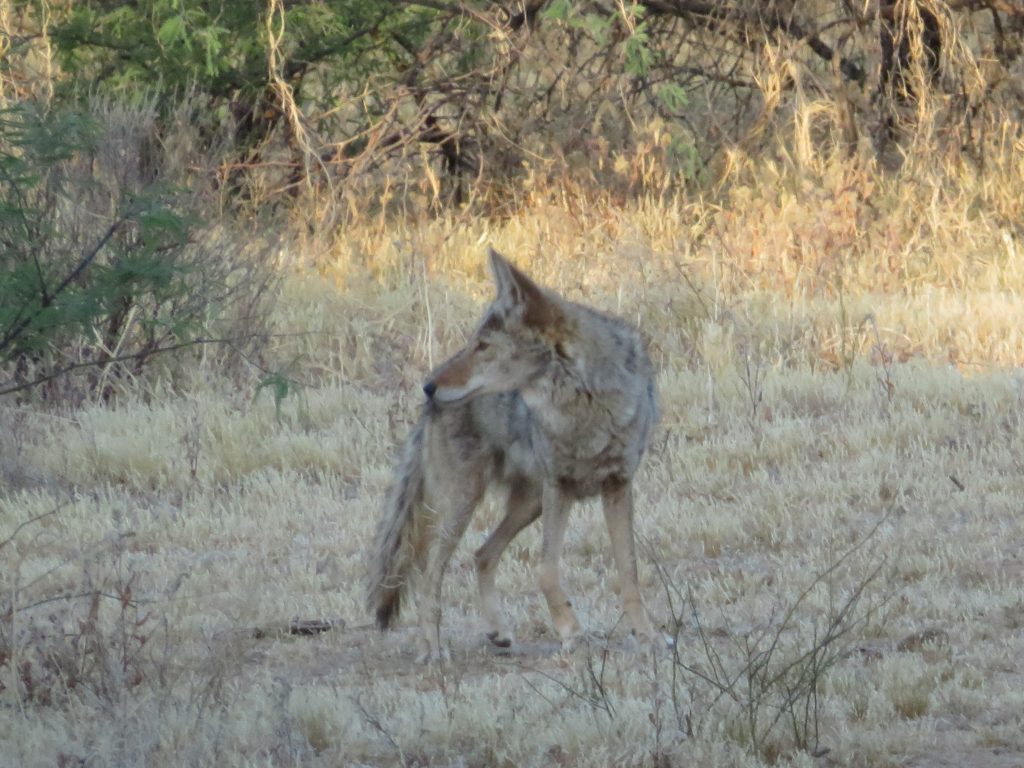
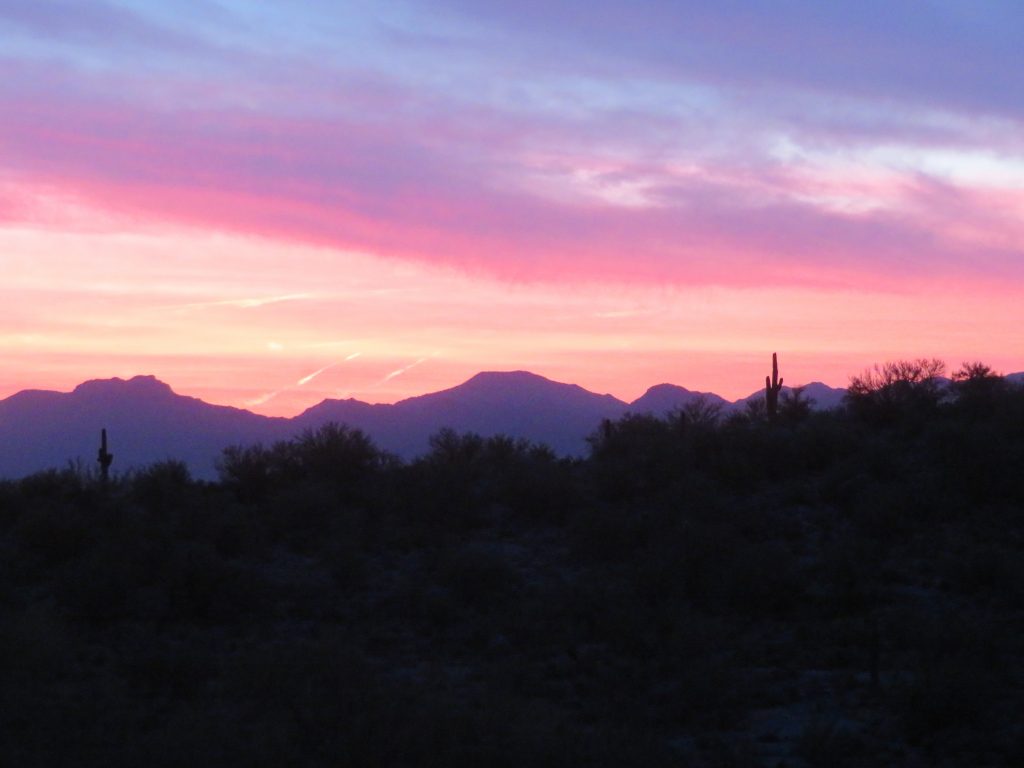
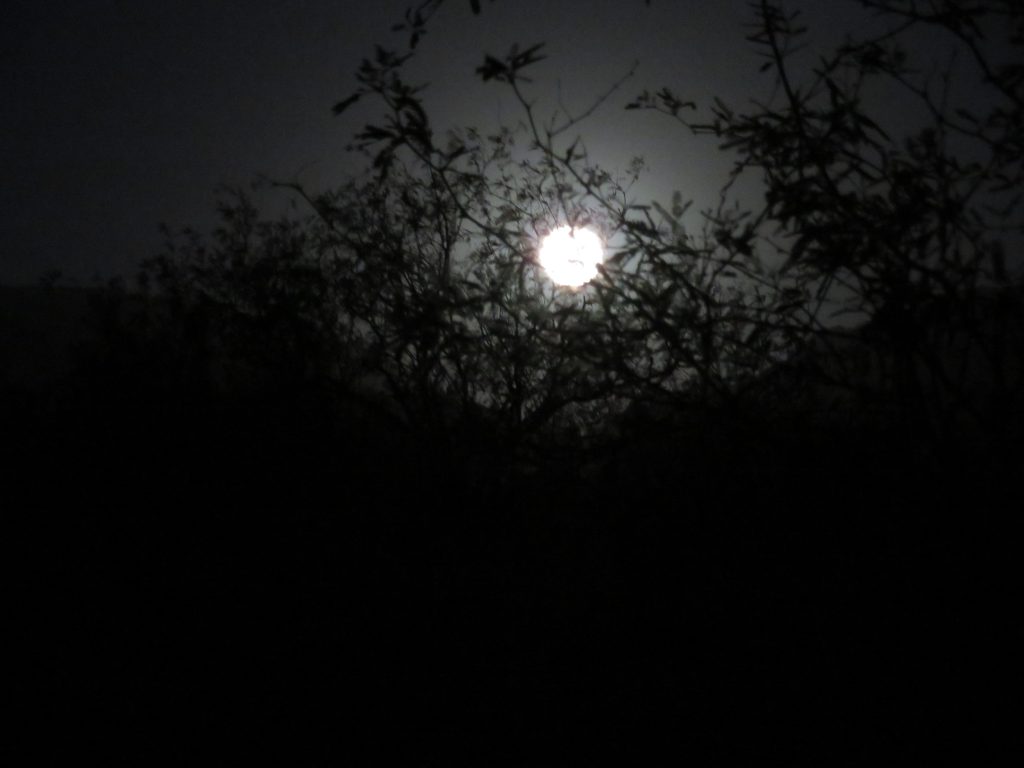
Kartchner Caverns State Park, Benson, Arizona – It was only 68 miles to our next stop southeast of Tucson and not far from Tombstone, AZ. This was a late addition to our itinerary, but well worth the stop. A recently discovered cave system allowed us to experience a guided tour of a very protected and pristine cave environment (no pictures because you can’t take your camera with you). Hearing the story of the cave’s discovery and the attempt to keep it secret until the state could protect it is in itself worth the visit. We also enjoyed an above-ground hike on the Foothills Loop Trail (go early before it gets too hot), where we spotted a black-capped gnatcatcher (apparently quite rare according to some fellow hikers along the trail). The ocotillo were in bloom and very lovely!
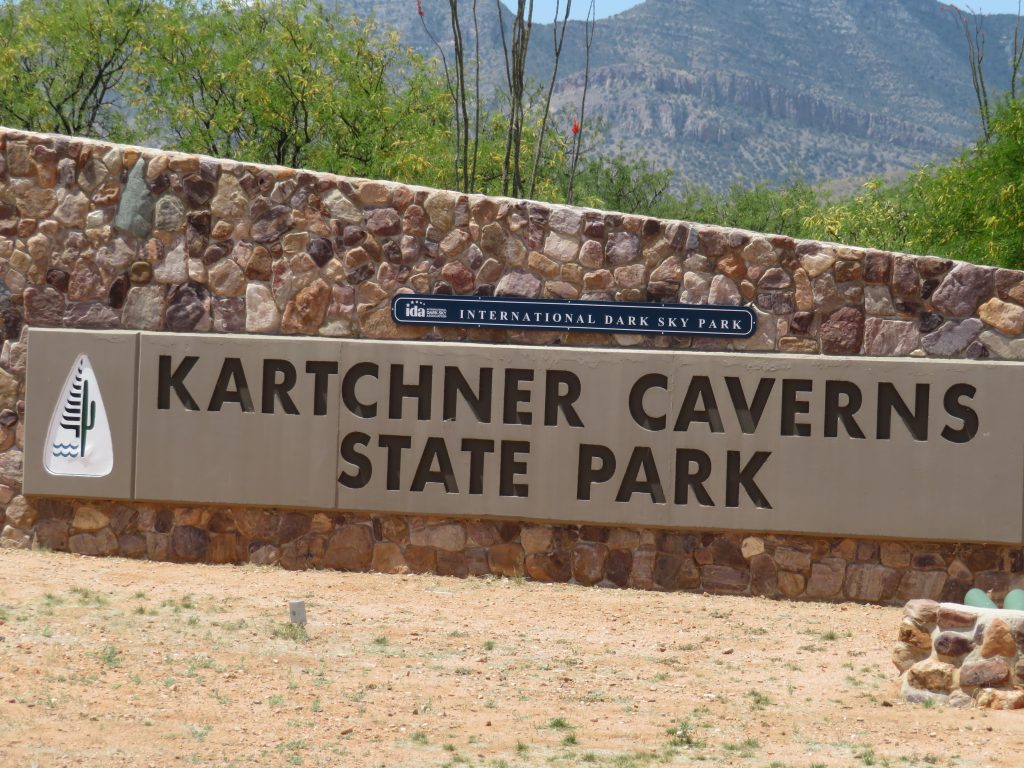
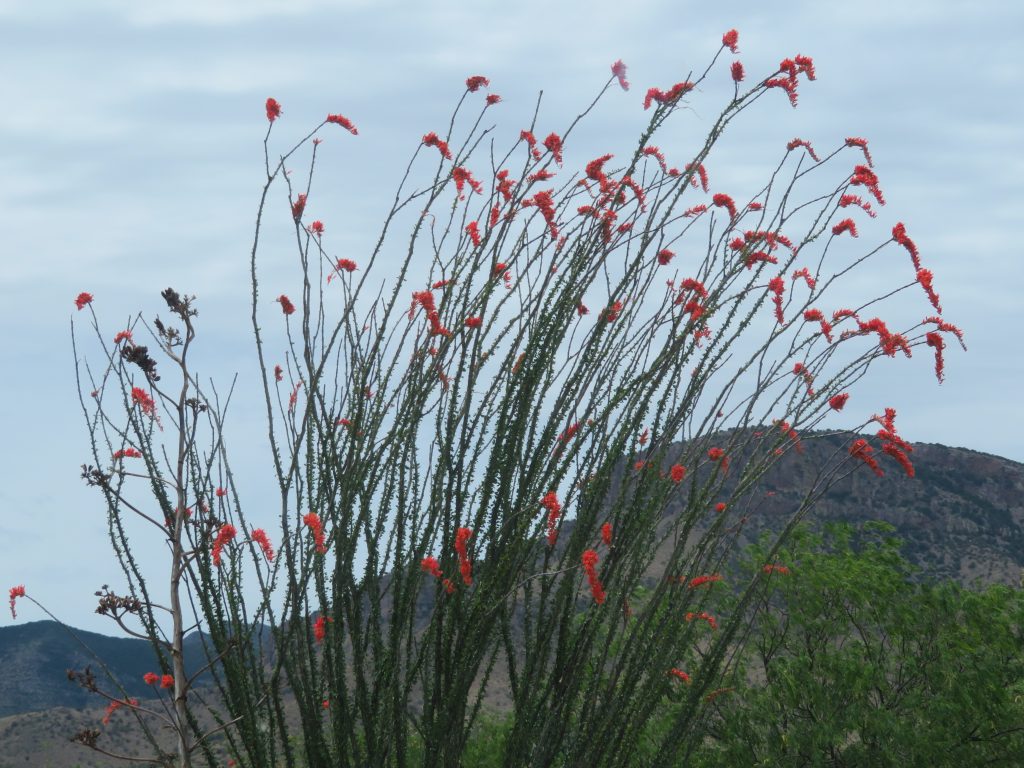
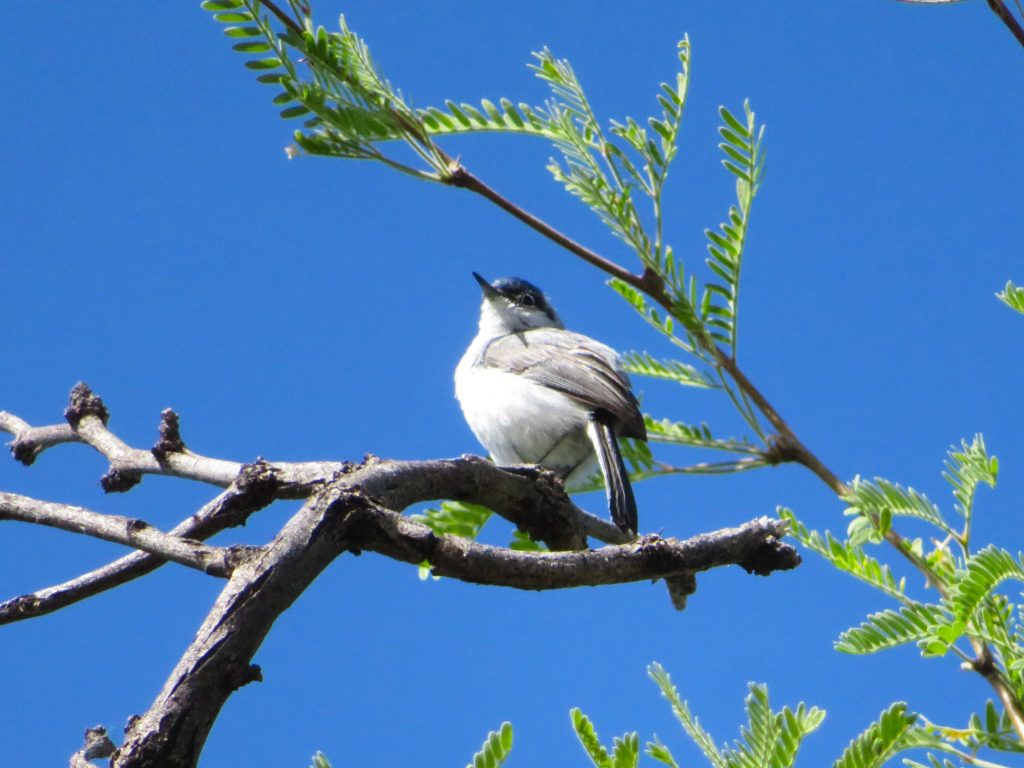
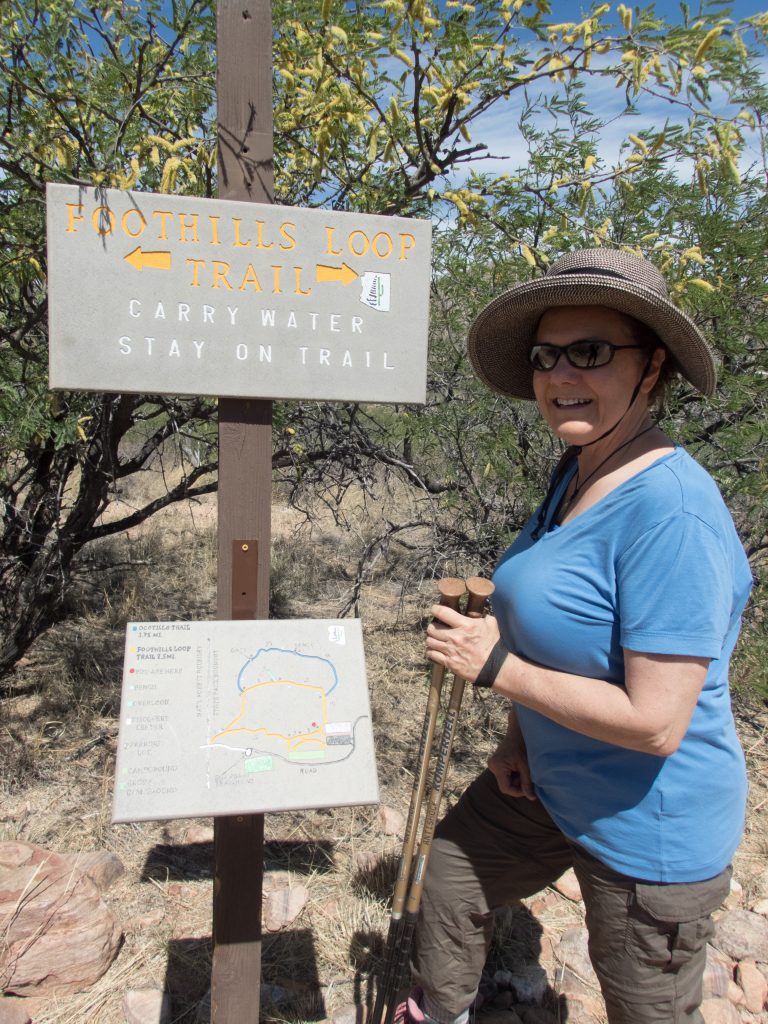
Chiricahua National Monument, Willcox, Arizona – This national monument contains balanced rocks and towering pinnacles that feel otherworldly. Chiricahua Apache lived in this area (relatives of the Athabaskan people of Alaska), and it was also used by Geronimo and Cochise during the battles between the U.S Army and Native American tribes.
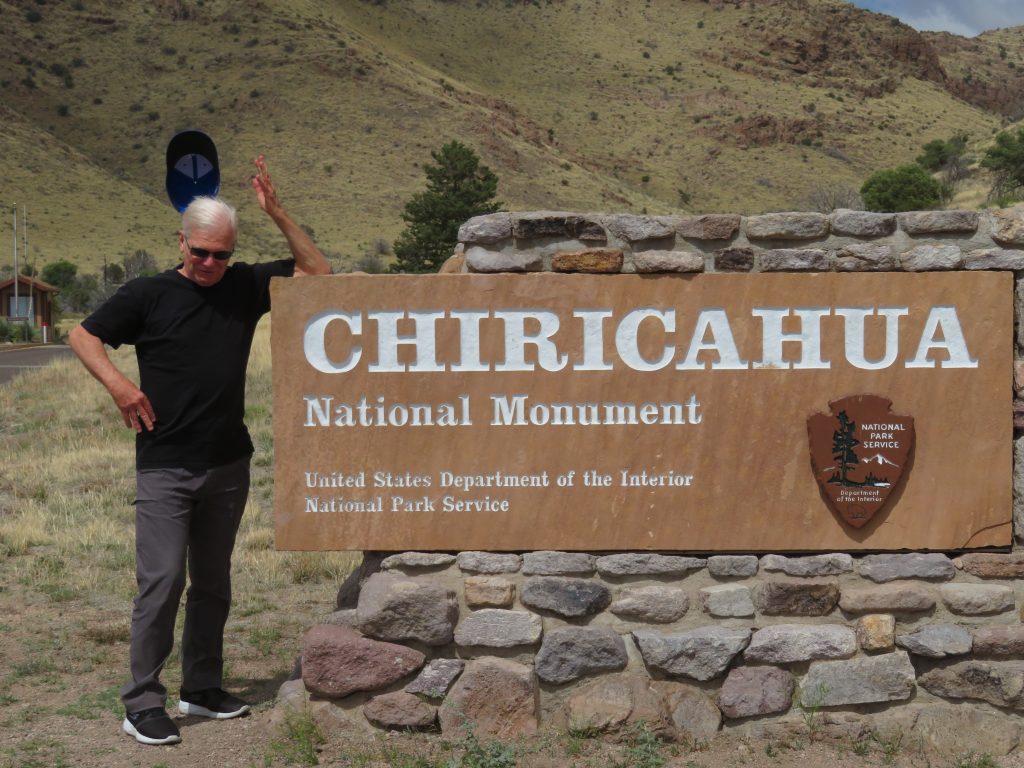
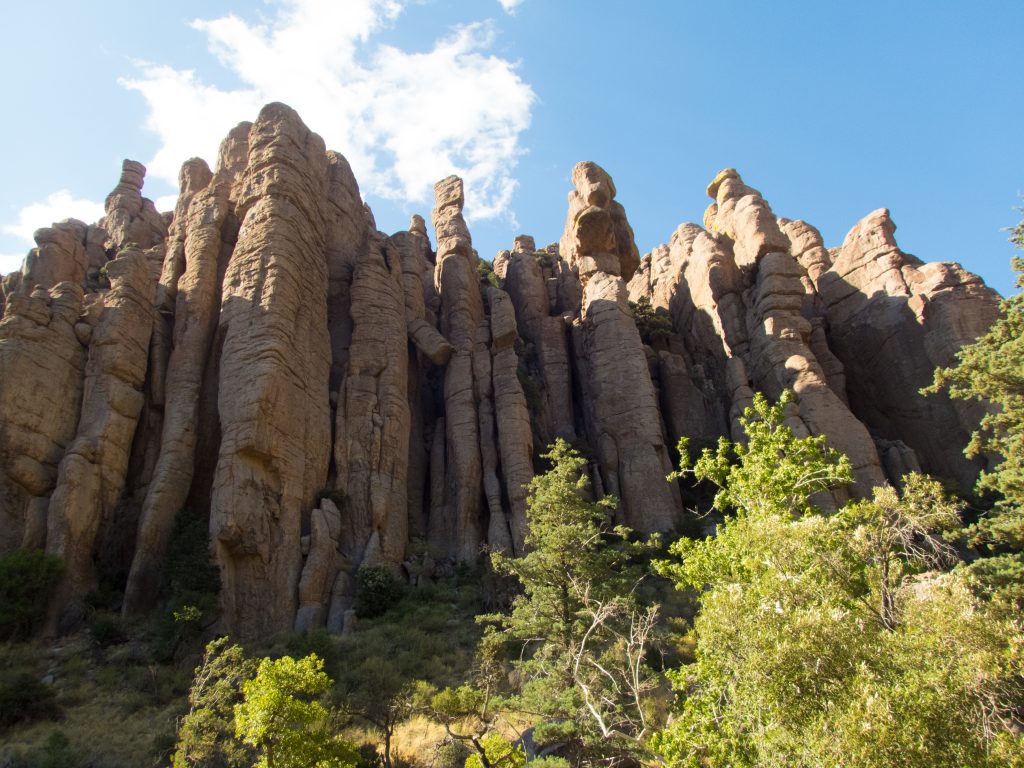
After a quick visit to the small Visitor Center, we drove the East Bonita Canyon Road to the trailhead for the Echo Canyon Loop Trail. If you can only do one thing at Chiricahua, this is the hike to do—the round trip to the grottoes is only 1 mile and fascinating. At the end of the East Bonita Canyon Road there are several additional trails. We walked the very short Massai Point Exhibit Trail, which gives you some great panoramic views of these rock formations.
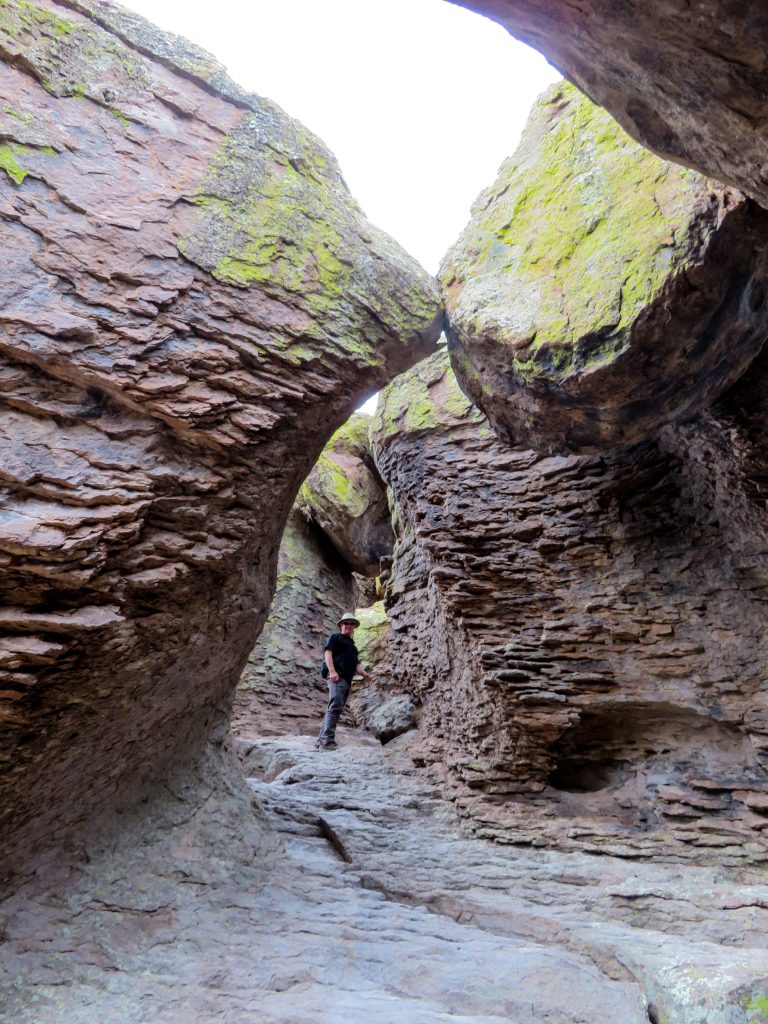
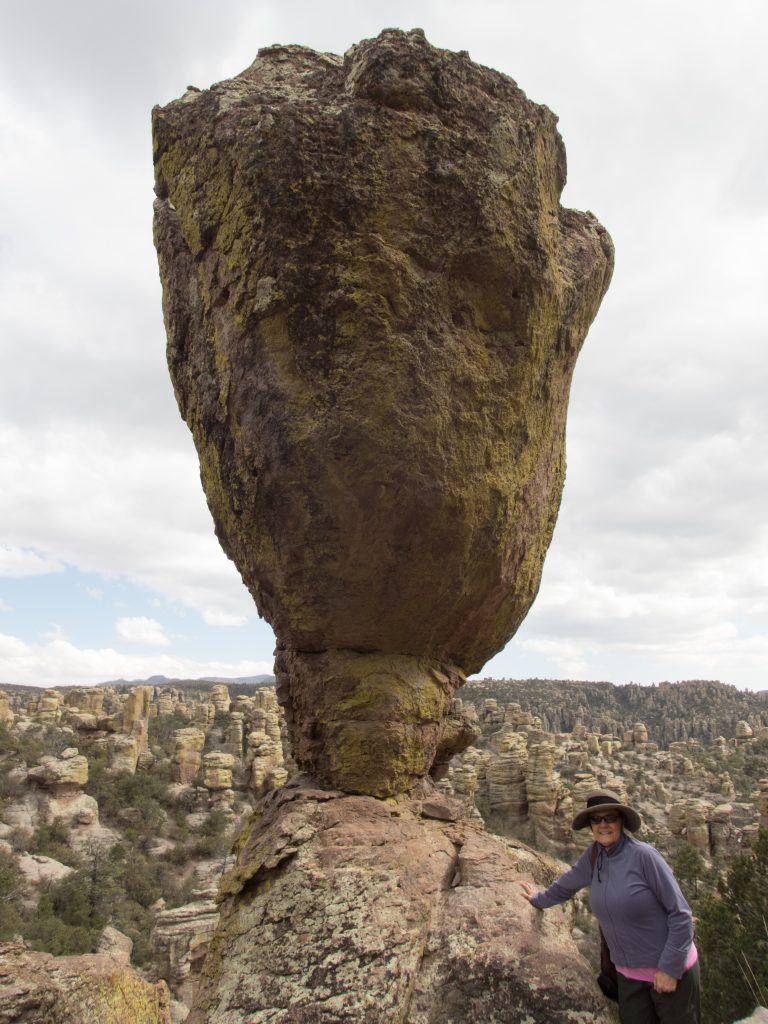

Oliver Lee Memorial State Park and White Sands National Park, Alamogordo, New Mexico – After crossing into New Mexico and viewing the gigantic roadrunner in Las Cruces, we continued on to Alamogordo, where we enjoyed staying at a beautiful state park (Oliver Lee) nestled in the Sacramento Mountains of southern New Mexico. Black-tailed jackrabbits, desert cottontails, curve-billed thrashers, and house finches gave us lots to look at while we walked or sat enjoying the view.
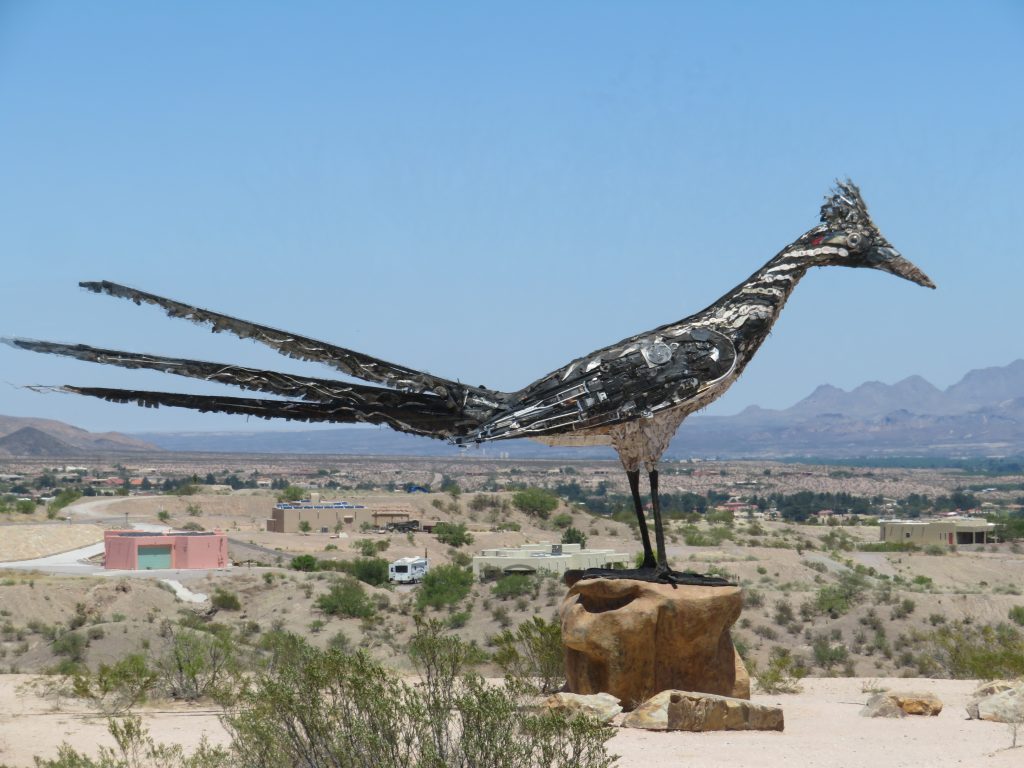
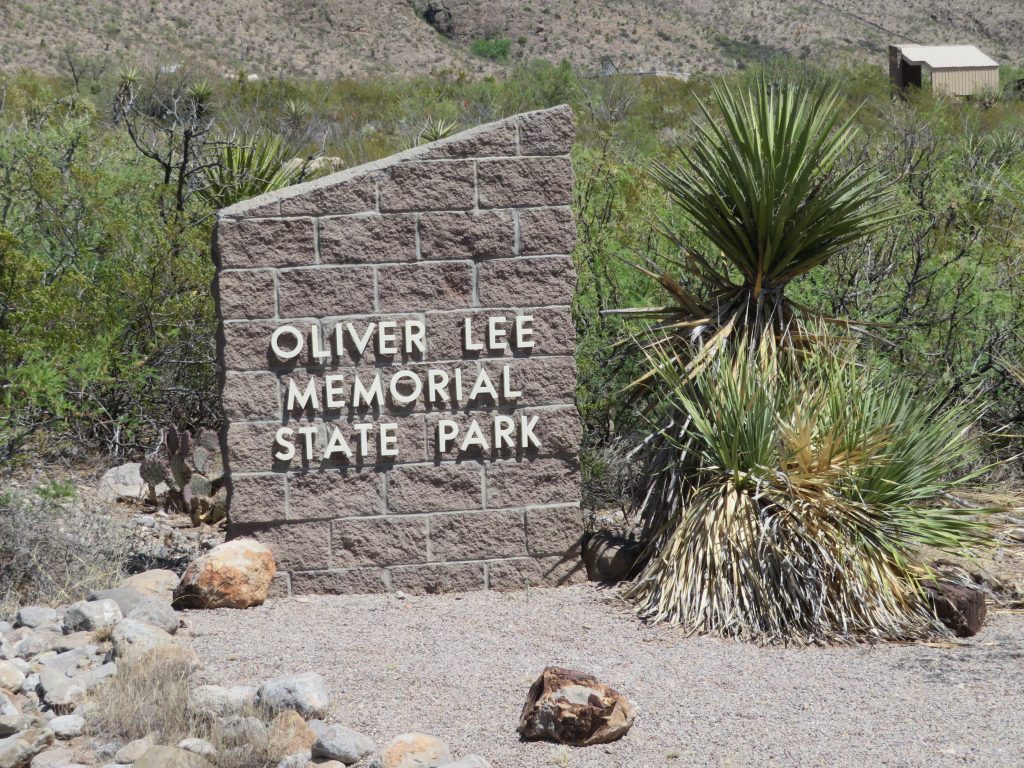
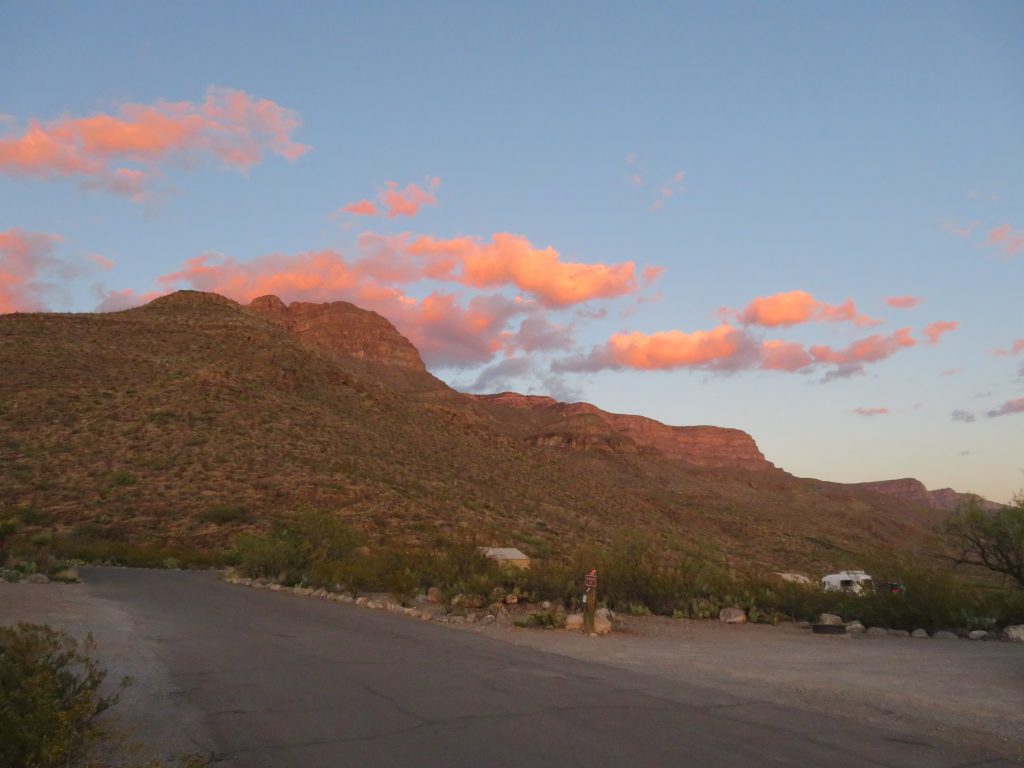
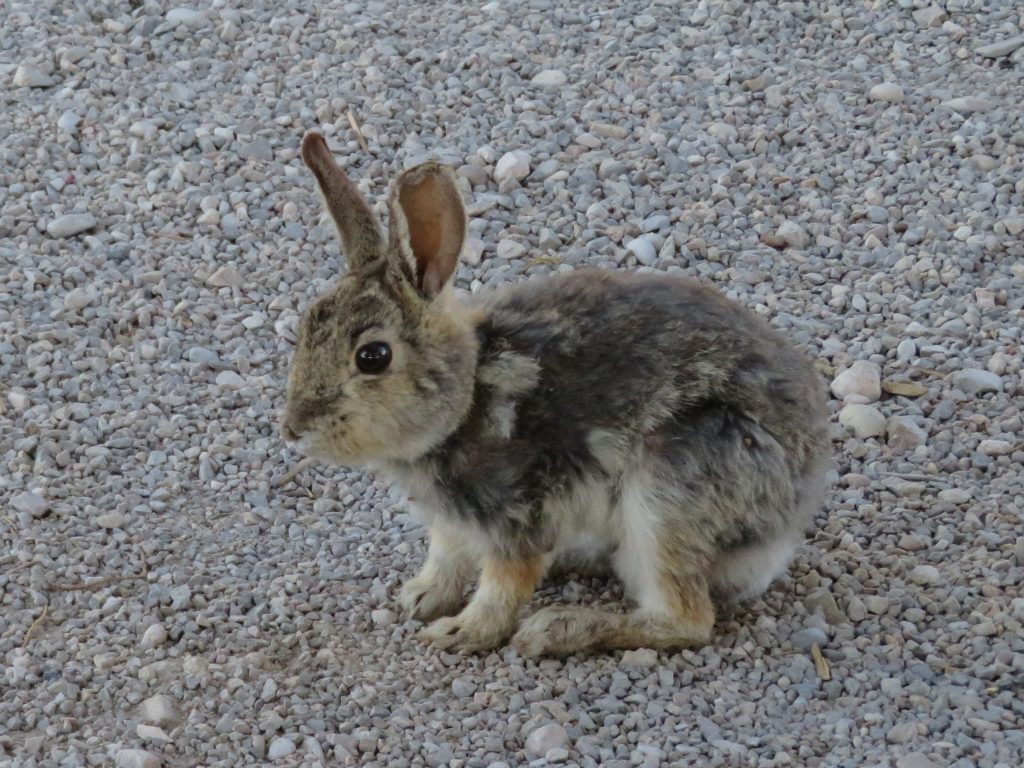
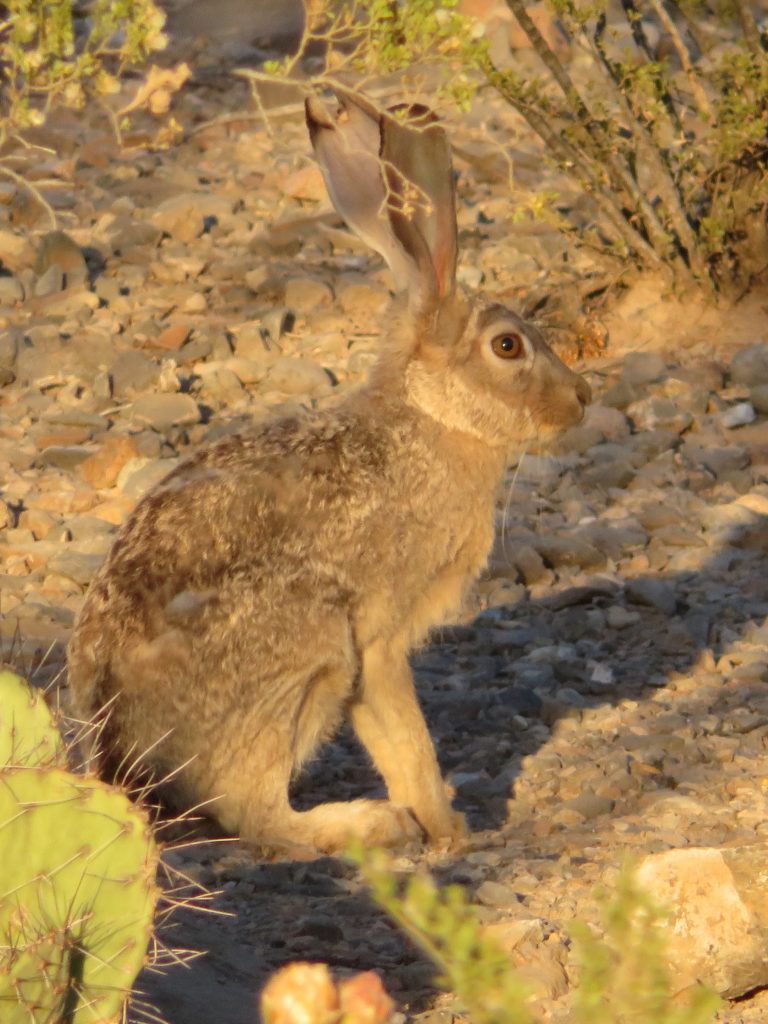
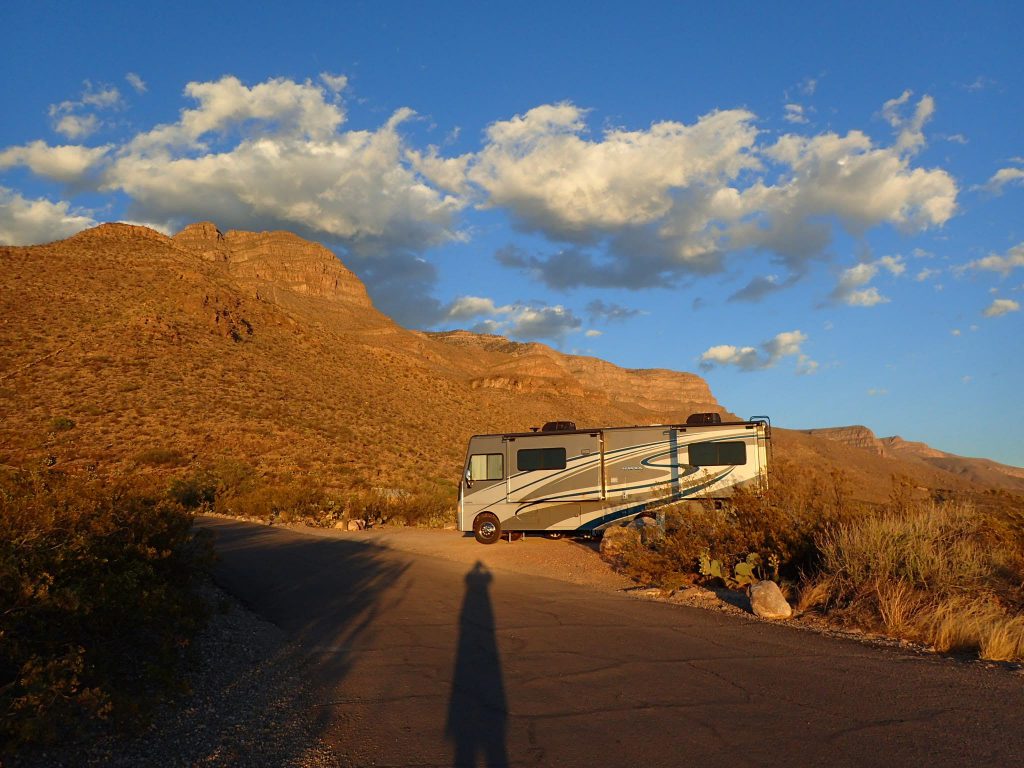
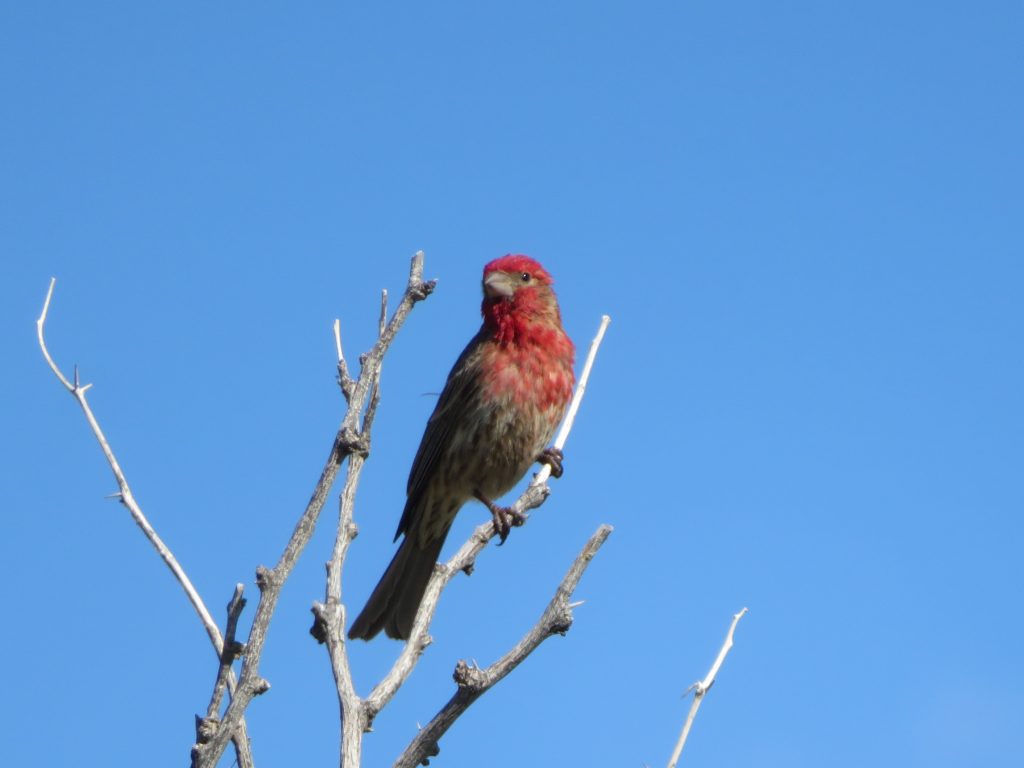
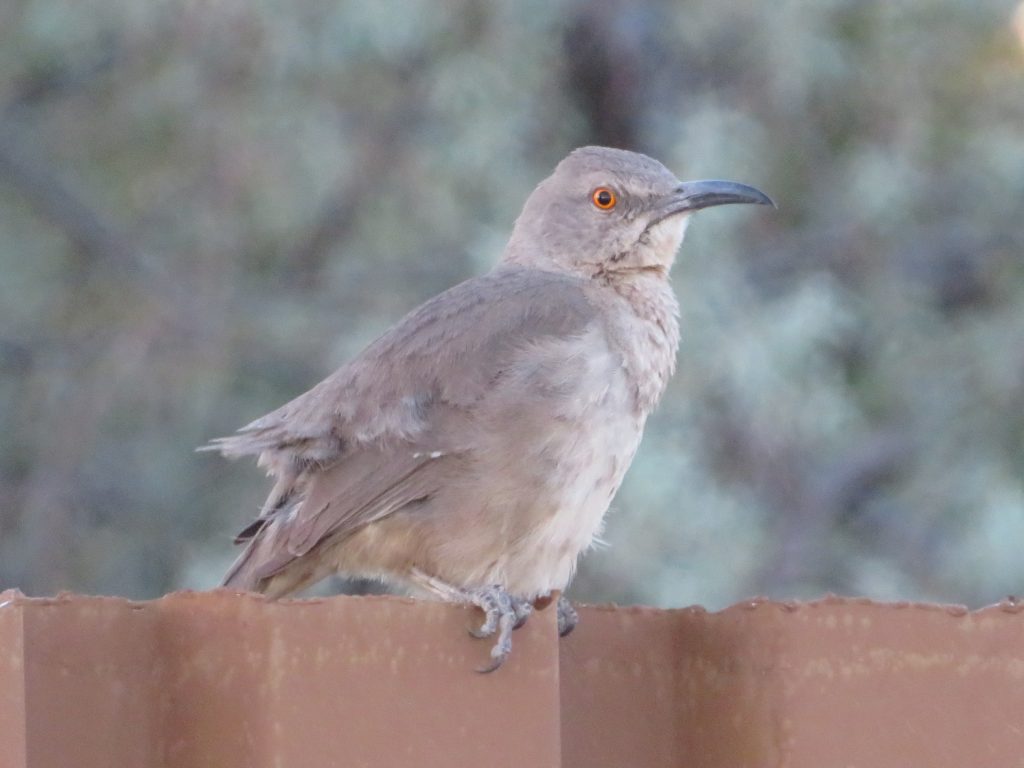
White Sands National Park is a short distance from the state park and our reason for staying in this area. Upgraded from a national monument in 2019, WSNP encompasses most of the 275 square miles of the world’s largest gypsum dunefield. The Dune Drive gives 360-degree views of these gypsum-created white sand dunes and takes you to the end of the road where children slide down the dunes on sand saucers, looking like they’re sledding on snow. Short hikes on the Dune Life Nature Trail and Playa Trail gave us a sense of hiking on ski slopes in the middle of the desert.
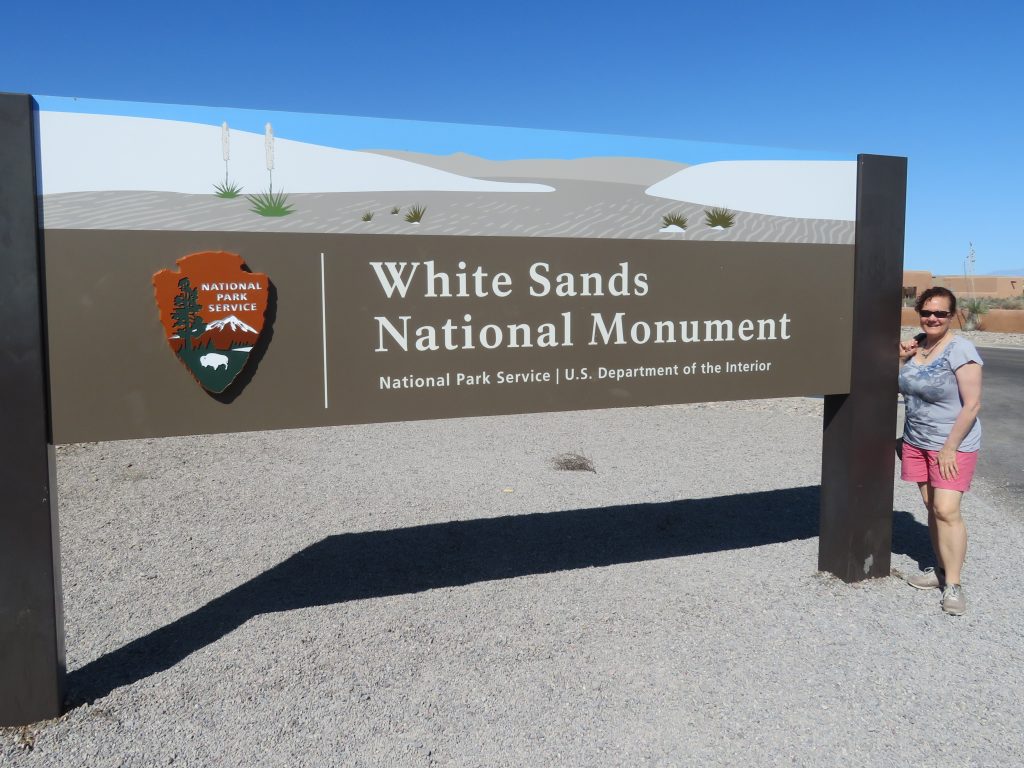
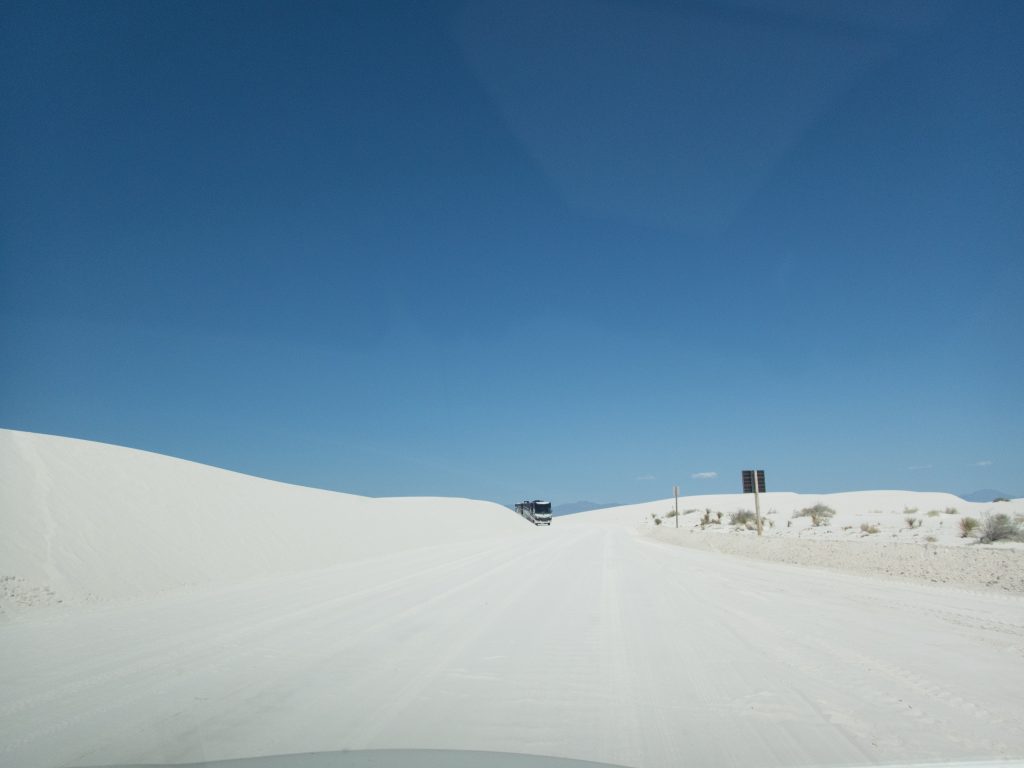
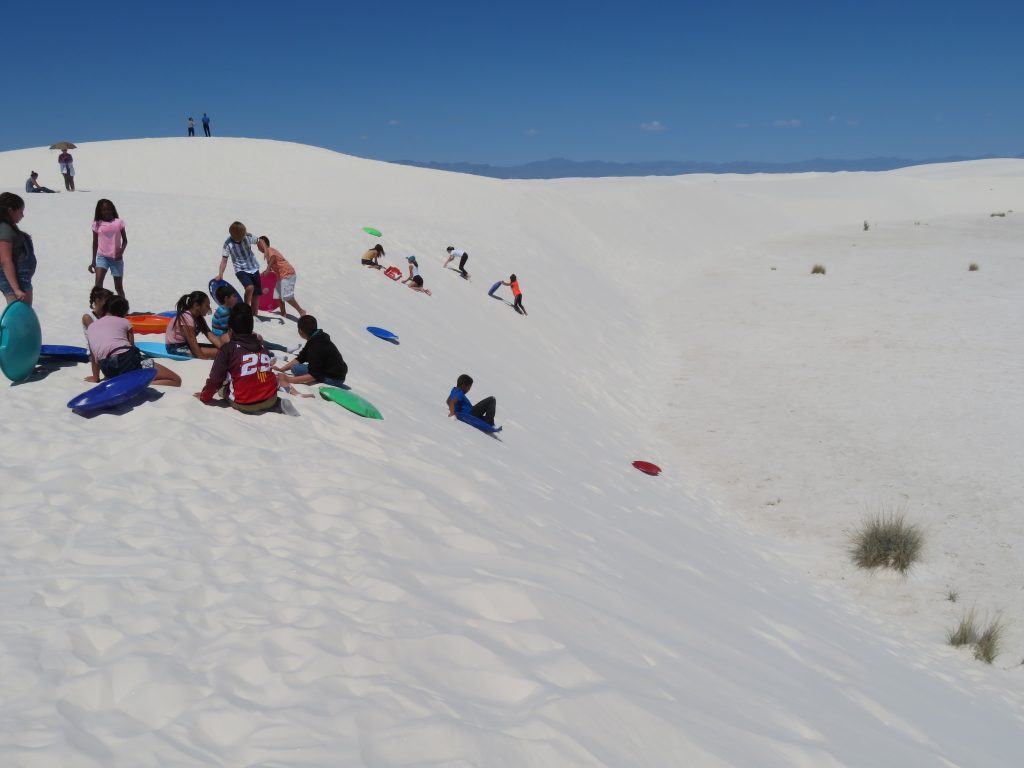
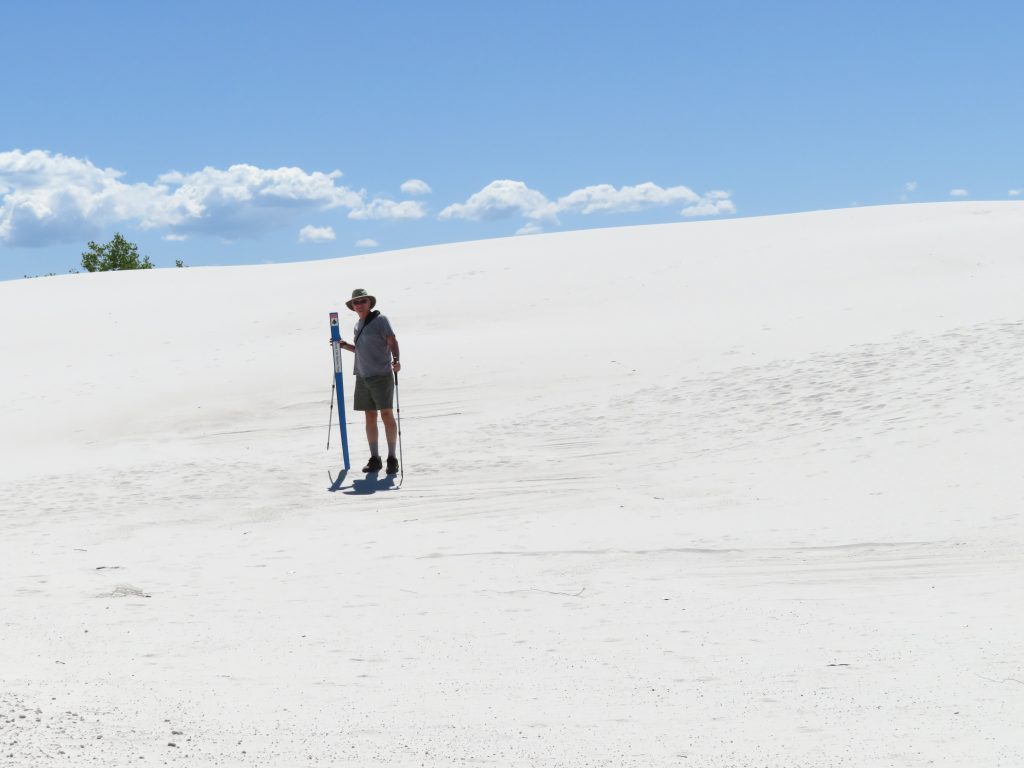

Little white whiptail lizards are the star animal attraction here, and this is the only place on earth where they live. Their beautiful turquoise color is stunning against the white sand, and you can watch them make and crawl into holes looking for spiders, beetles, and other insects to eat. Southwestern fence lizards are also around.
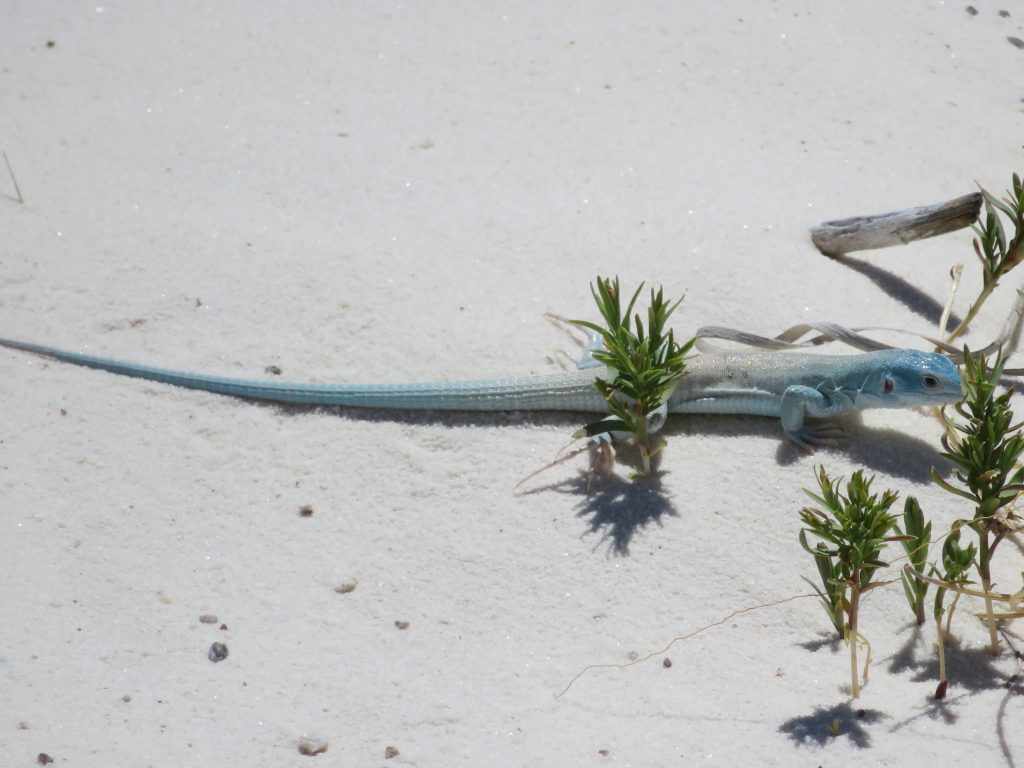
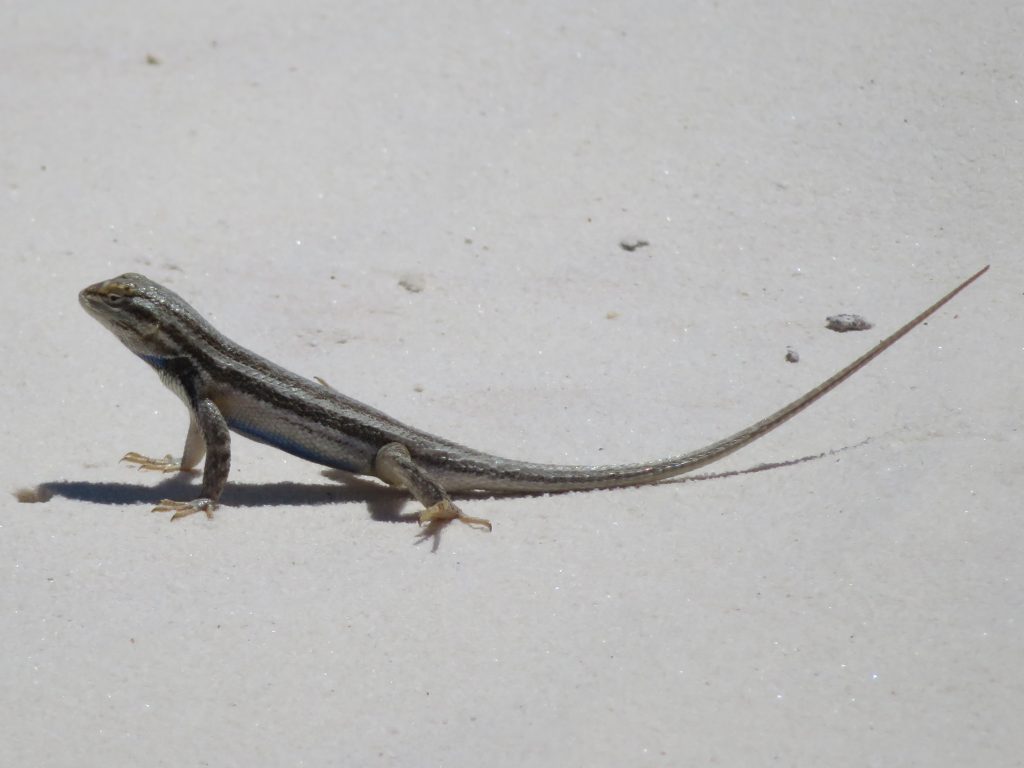
Brantley Lake State Park outside of Carlsbad, NM, was our headquarters from which to visit two nearby national parks. This is a large reservoir in a desert environment, not very scenic, but with lots of scaled quail, Pyrrhuloxia birds (desert cardinals), cottontail rabbits, and Texas jackrabbits running around it was fun in spite of the heat.
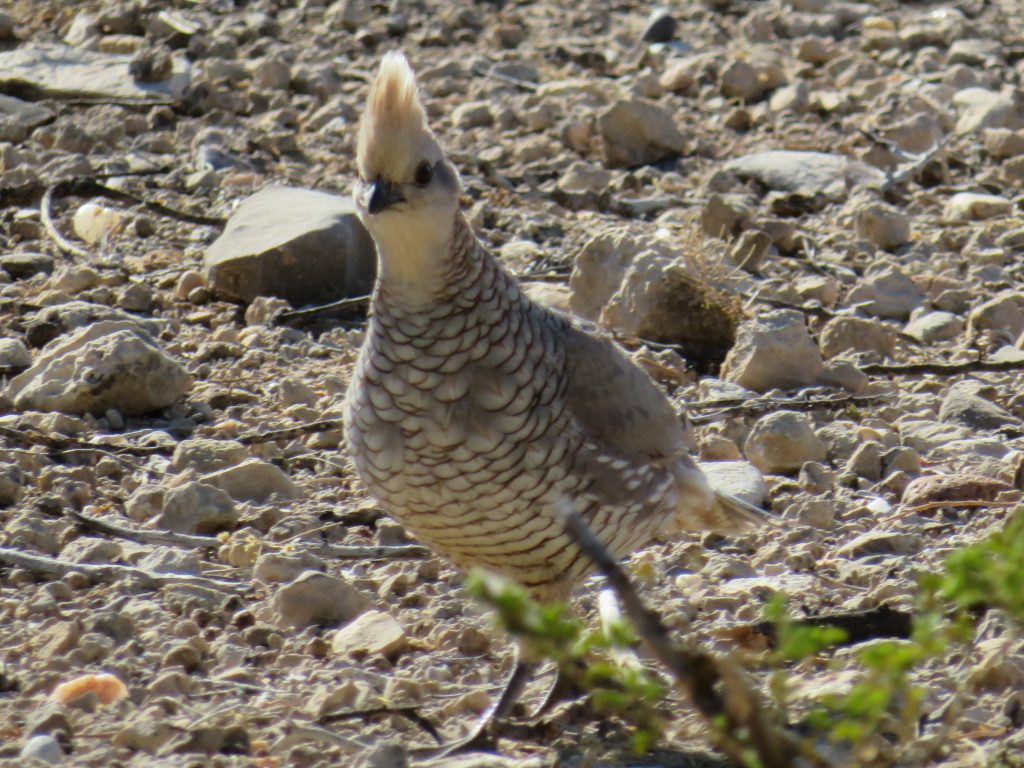
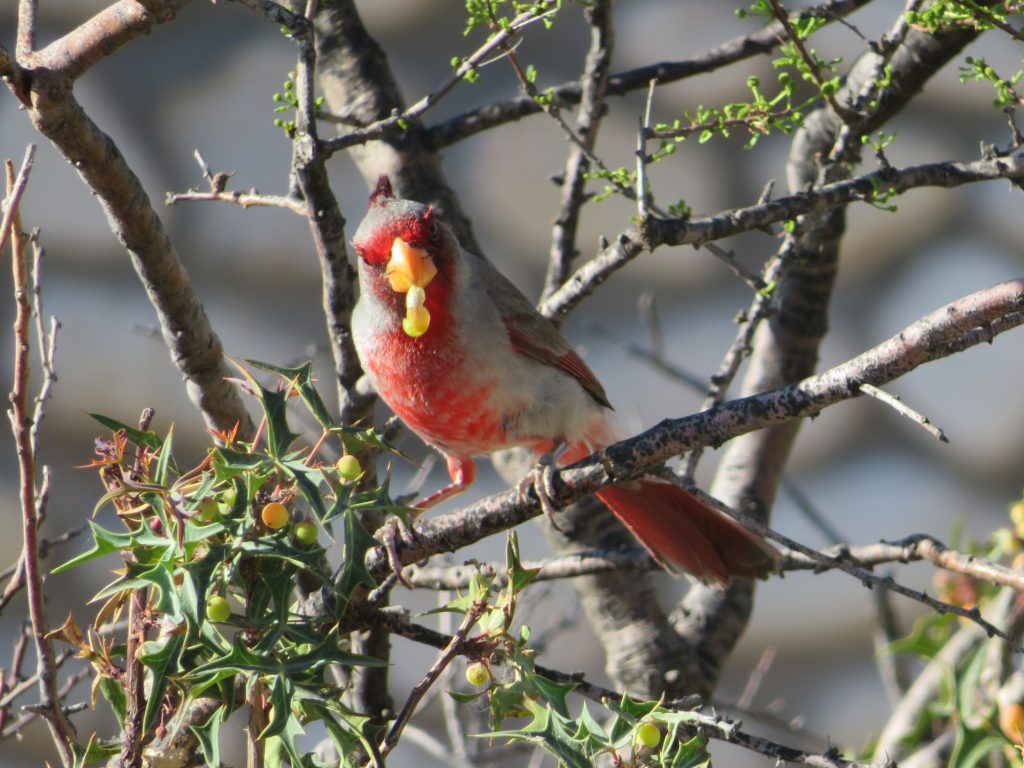
Guadalupe Mountains National Park, TX — Guadalupe Mountains National Park protects the world’s most extensive Permian fossil reef and the four highest peaks in Texas (yes, we crossed into a corner of Northwest Texas for the day). On a very hot day, we set out early from McKittrick Canyon Visitor Center to hike past Pratt Cabin and the Grotto to the Notch. This was 9 miles round trip, and one of the most difficult hikes we’ve done in the last few years, partly because of the heat and the elevation gain up to the Notch (great views though). Bull snakes, Western tanagers, beautiful desert blooms, and lunch at the Grotto all made it worthwhile. Pine Springs Visitor Center provided a refreshing afternoon break from the heat.
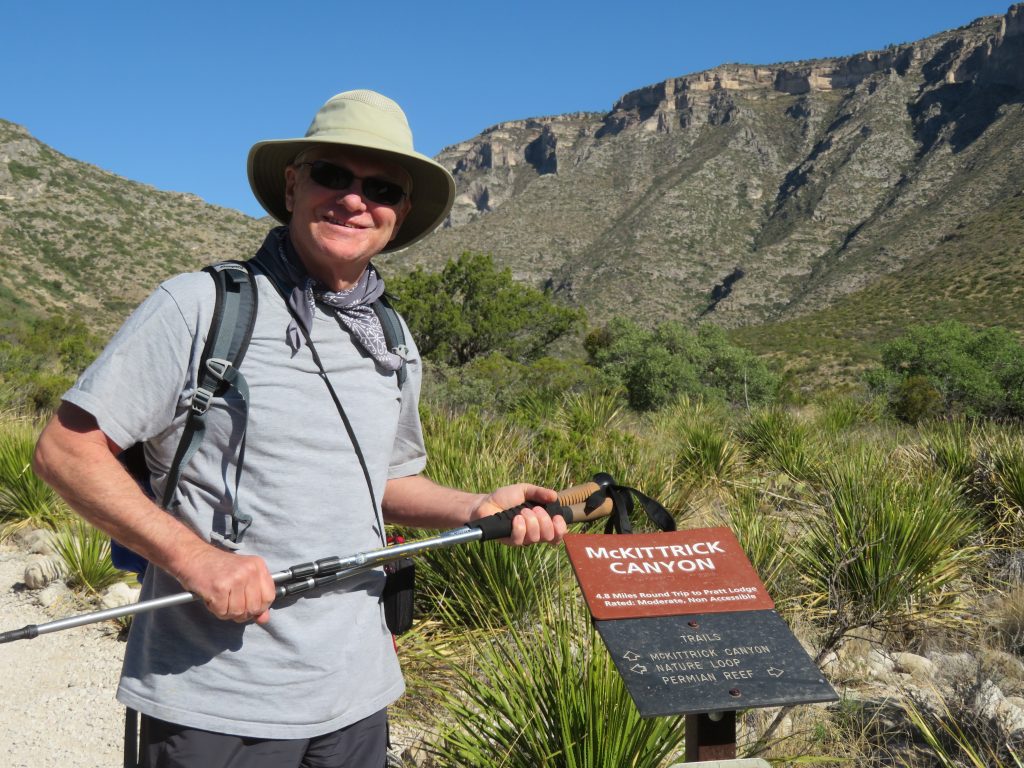
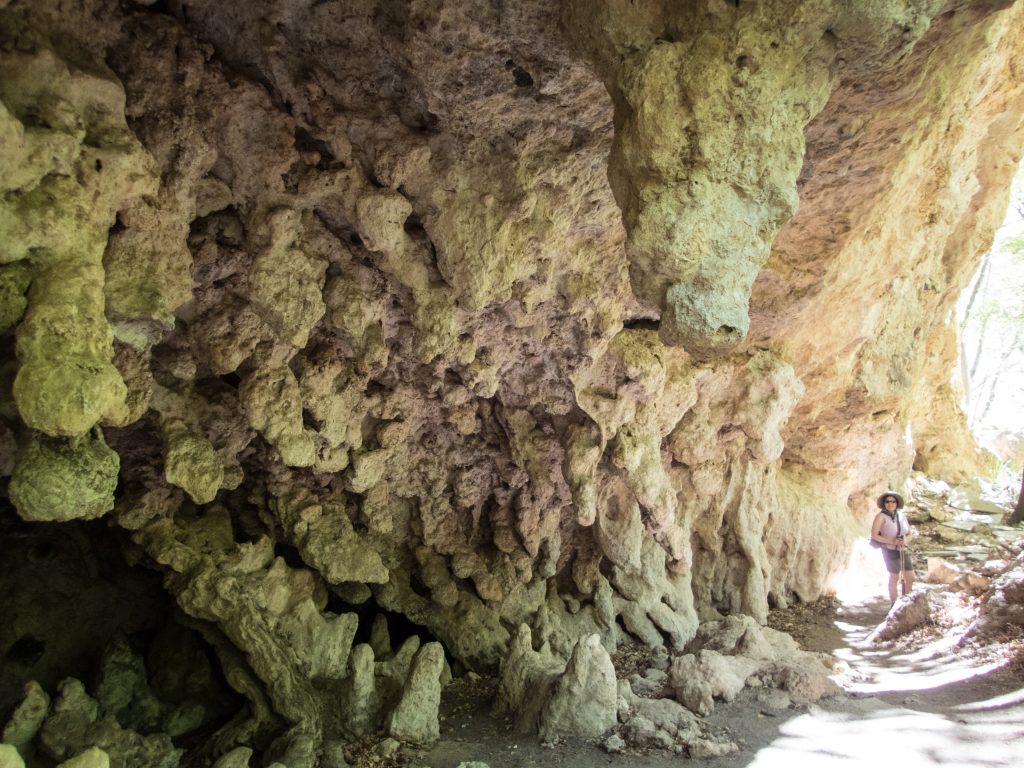
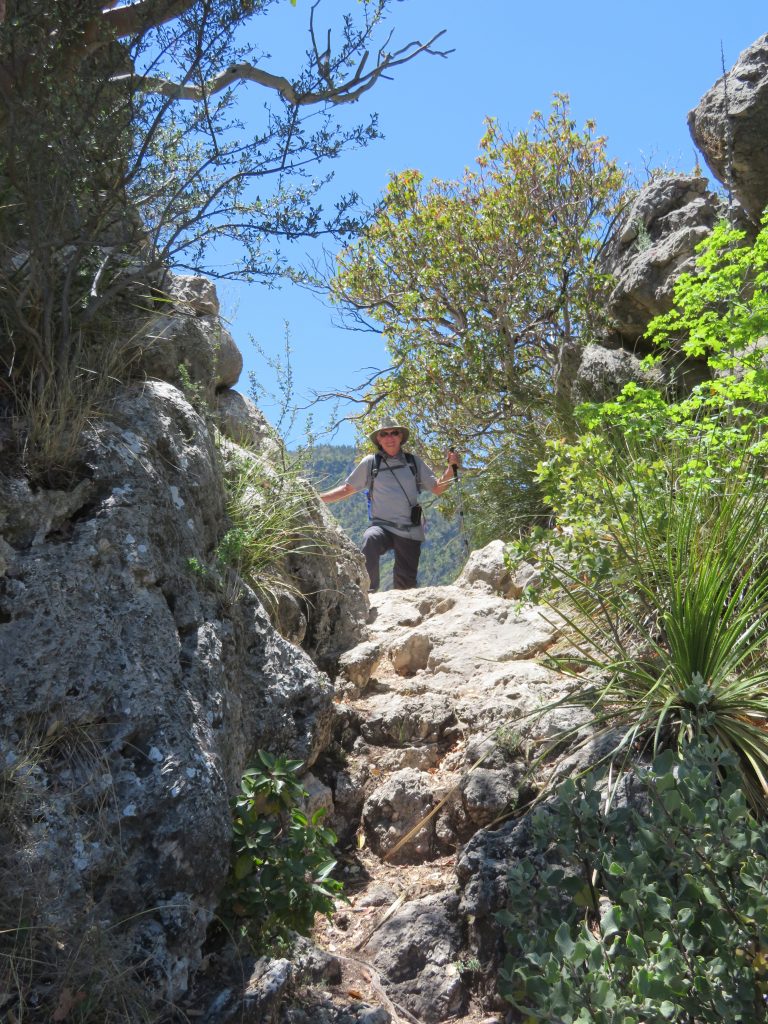
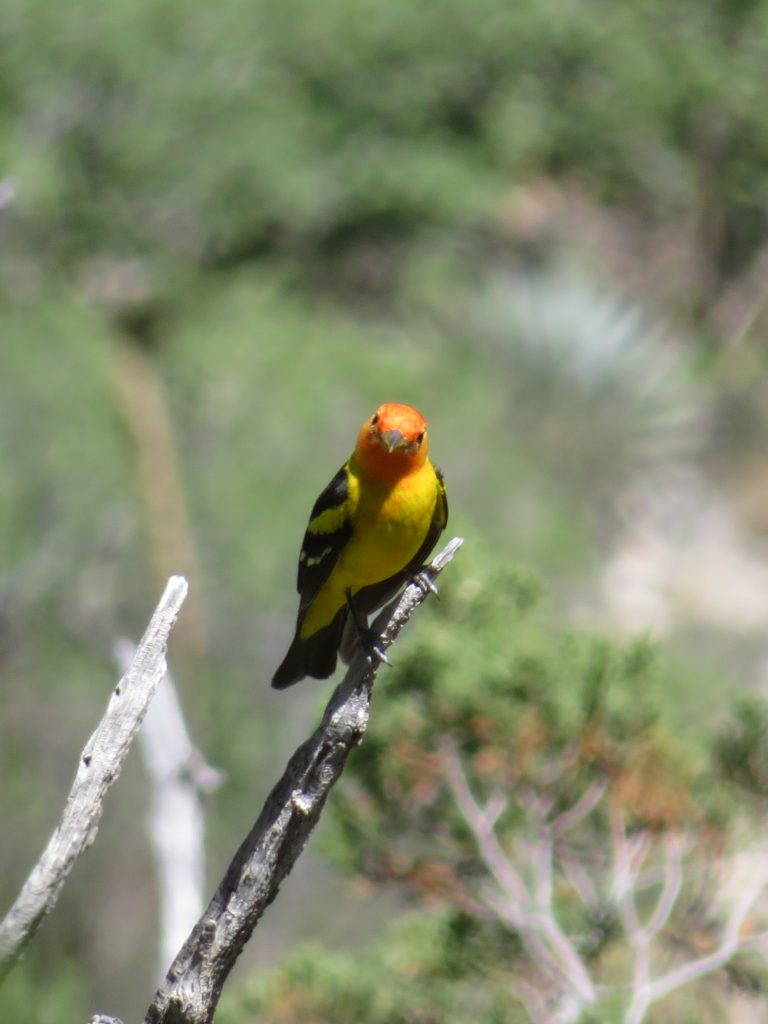
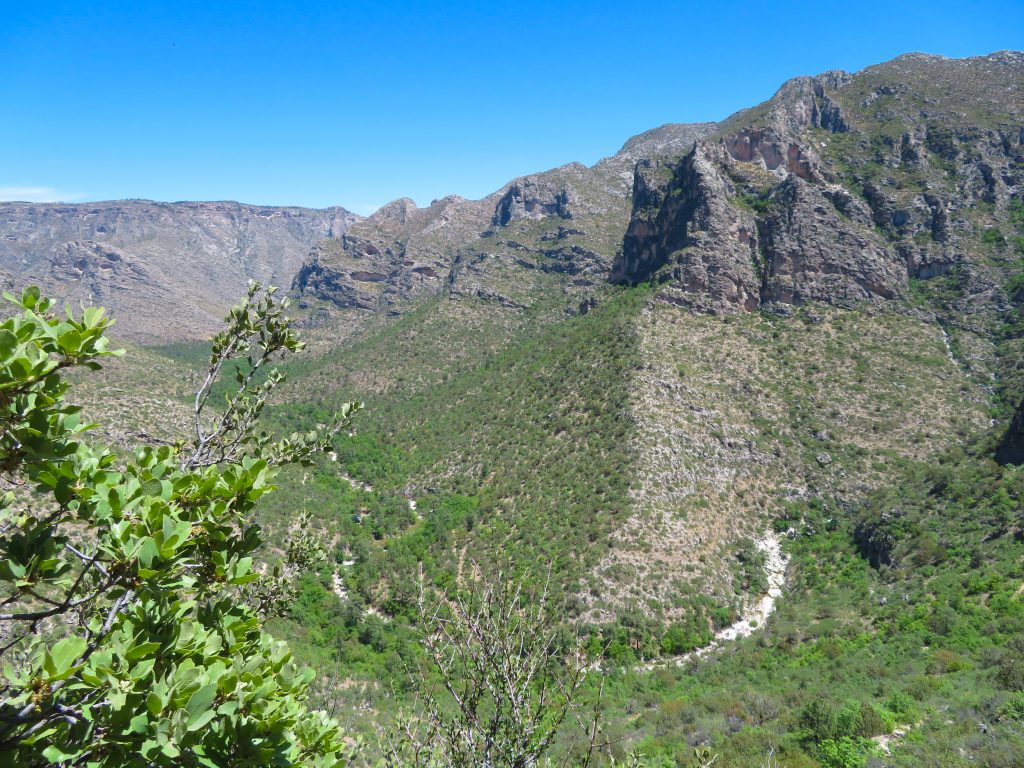
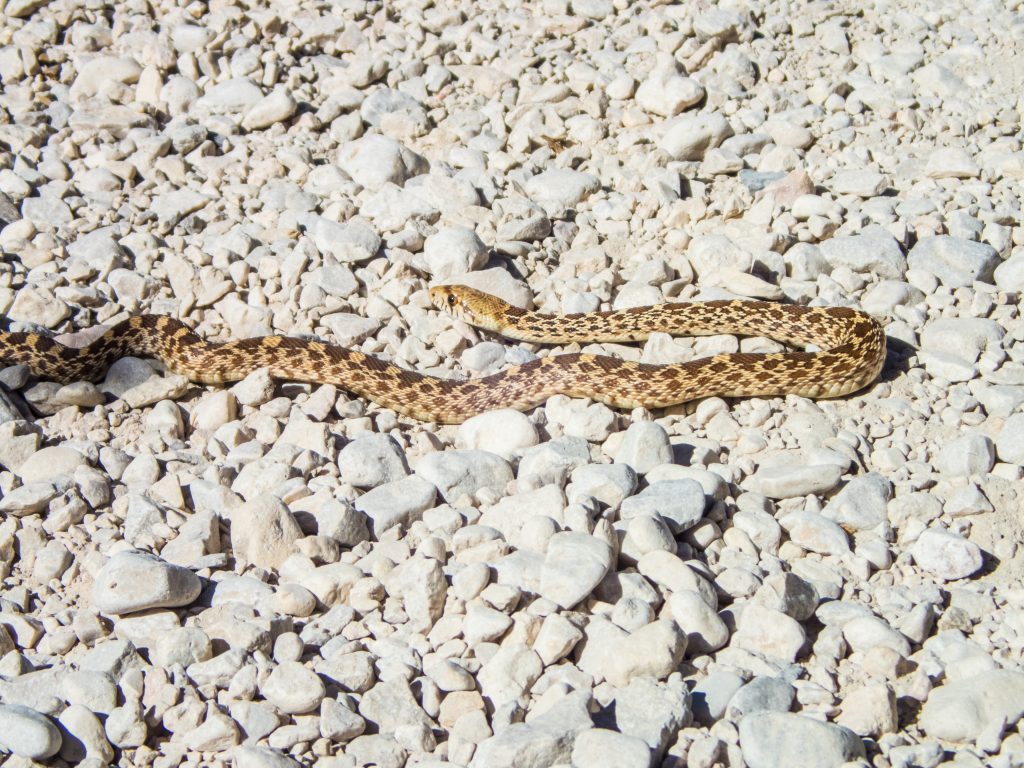
Carlsbad Caverns National Park, NM – We have visited a lot of cave systems in the last few years, but this was our hands-down favorite! I have to admit that I had low expectations before we came. Carlsbad Caverns has been a national park for a long time and is quite developed, but it is in fact a fabulous set of caves, much more scenic and varied than Mammoth Cave National Park (KY) (previous blog post on Mammoth Cave), and much larger in terms of the area you can explore than Wind Cave National Park and Jewel Cave National Monument (SD) (previous blog post on Wind Cave and Jewel Cave).
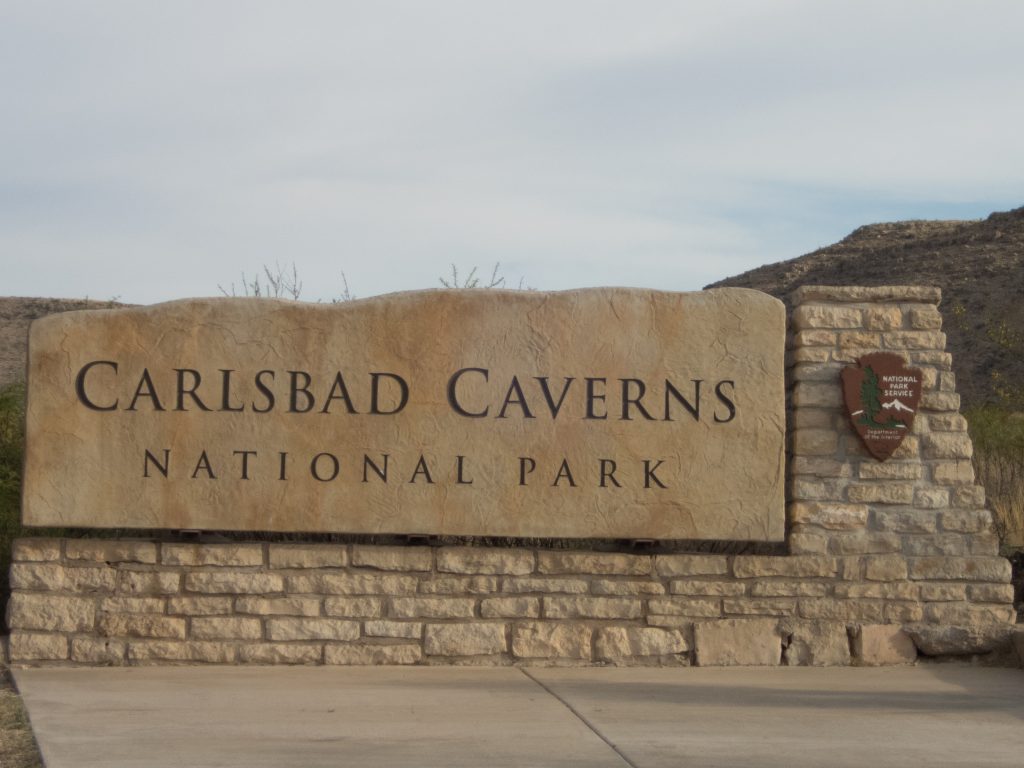
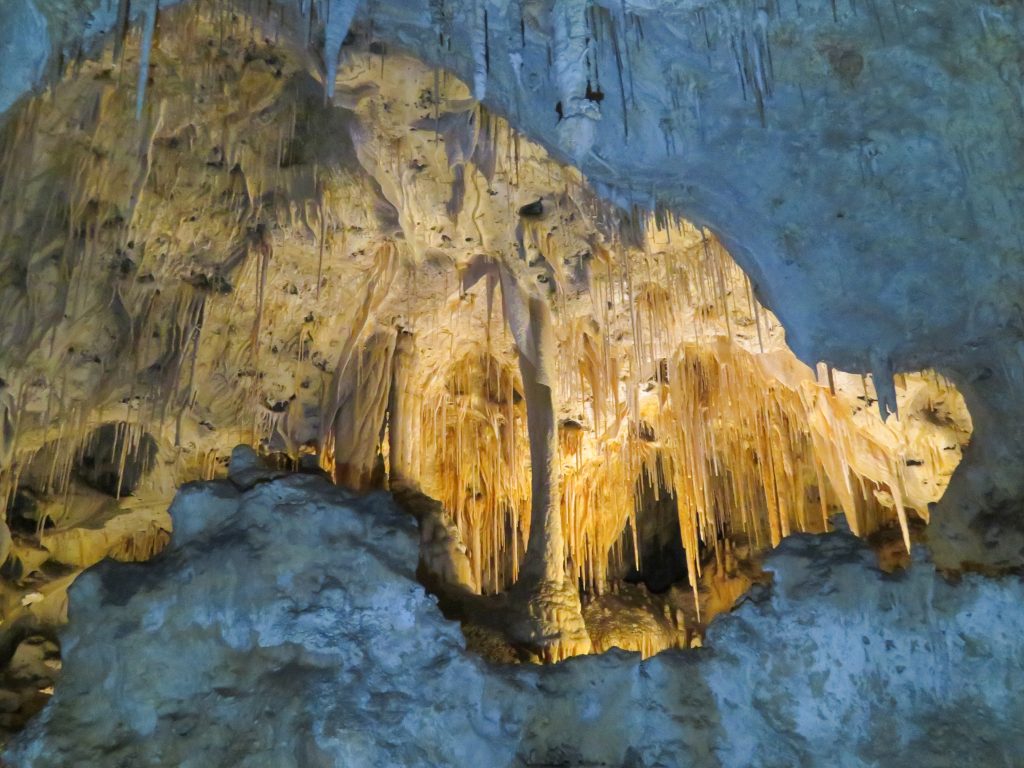
We had two great hikes in the caves of Carlsbad Canyons National Park. The first was the hike in the Slaughter Canyon Cave, by reservation and guided tour (only once or twice a week, so be sure to time your visit accordingly). After meeting up in the main visitor center, we used our car to caravan to the trailhead several miles away. We had to hike a half-mile up a steep hill (500-foot elevation gain) to get into the cave (very hot and slow-going), and then donned our helmets for this ranger-guided tour of a relatively-undeveloped cave system. Sites included the Chinese Wall, Christmas Tree, and the Guardian (also known as the Klansman). The only light came from our headlamps and it was quite an eerie experience to hike these unpaved paths, even using a rope to ascend and descend one spot. If you want to read more about the details of this hike, here’s a great link: https://nomadicmoments.com/guides/slaughter-canyon-cave/.
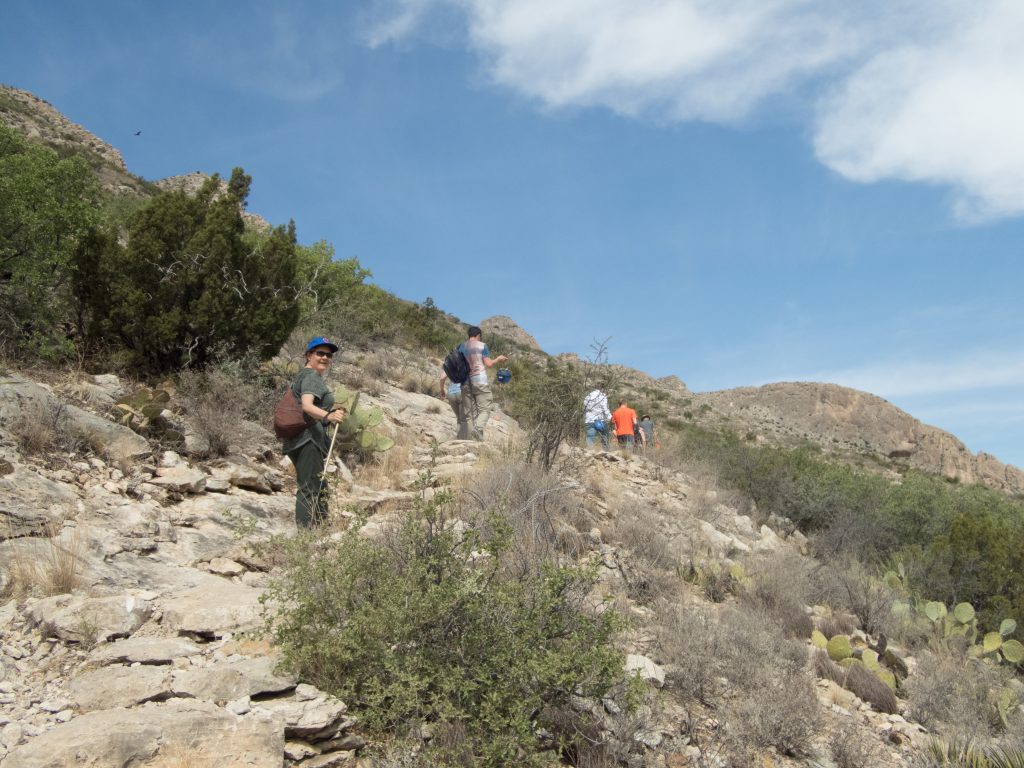
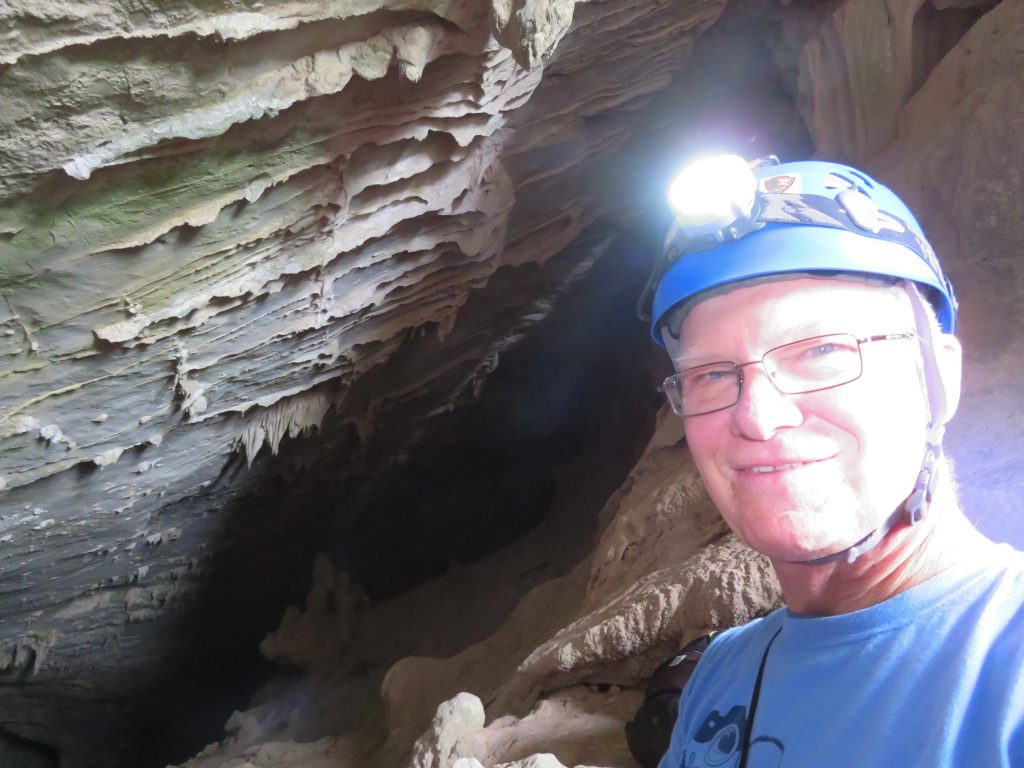
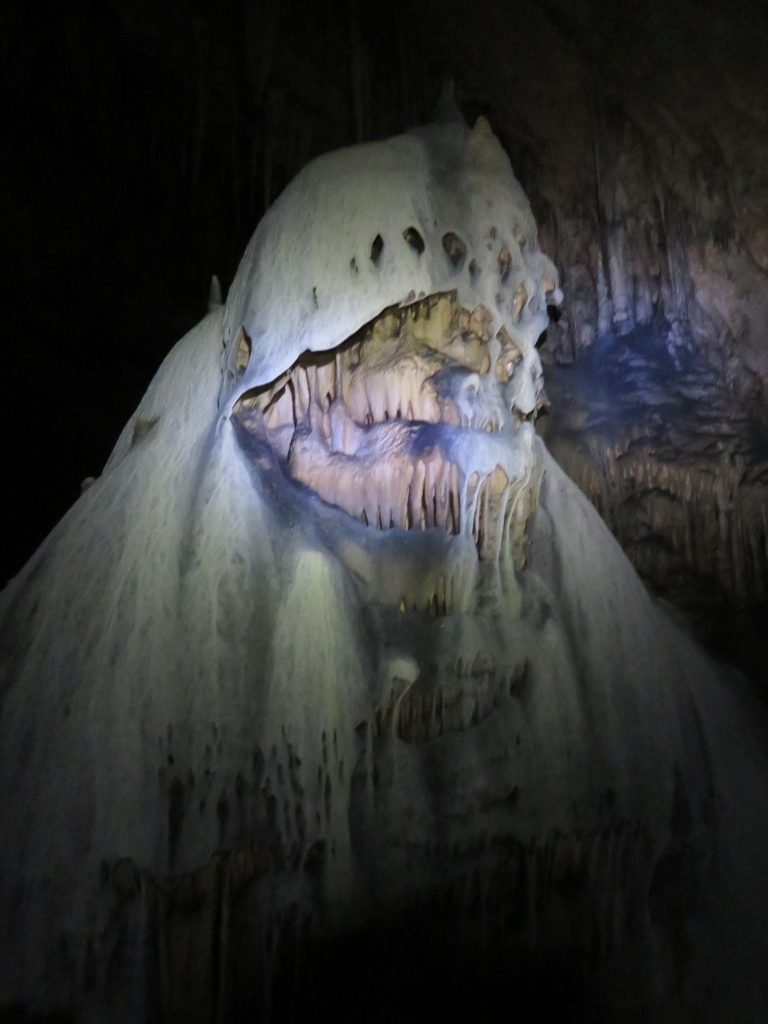
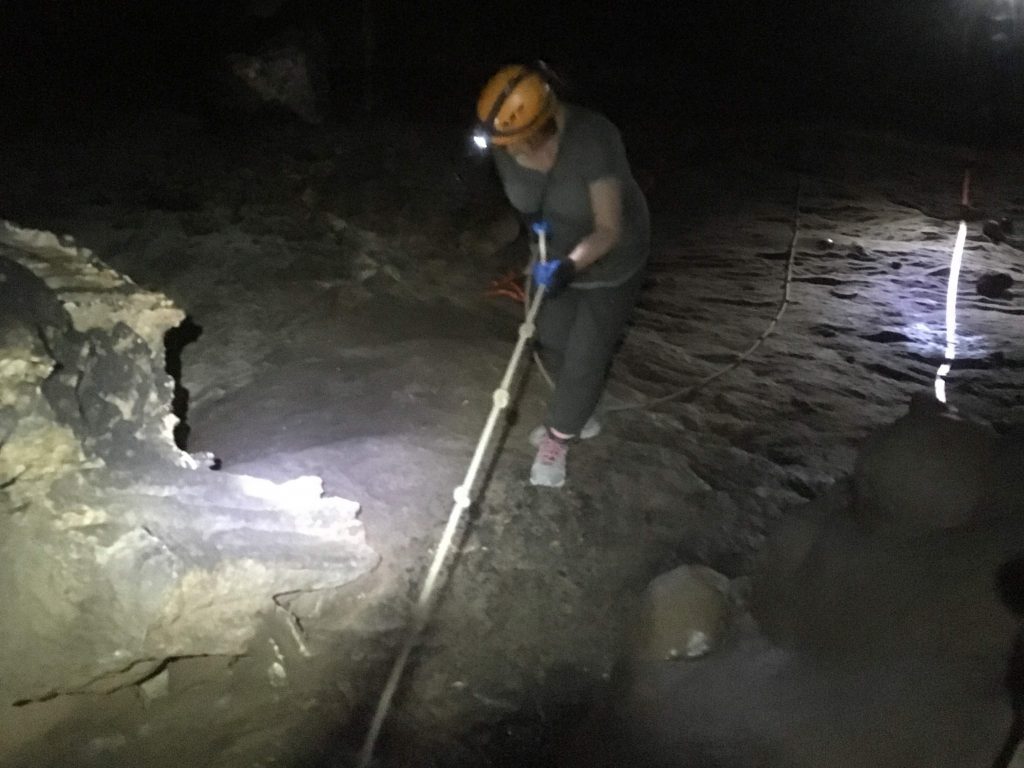
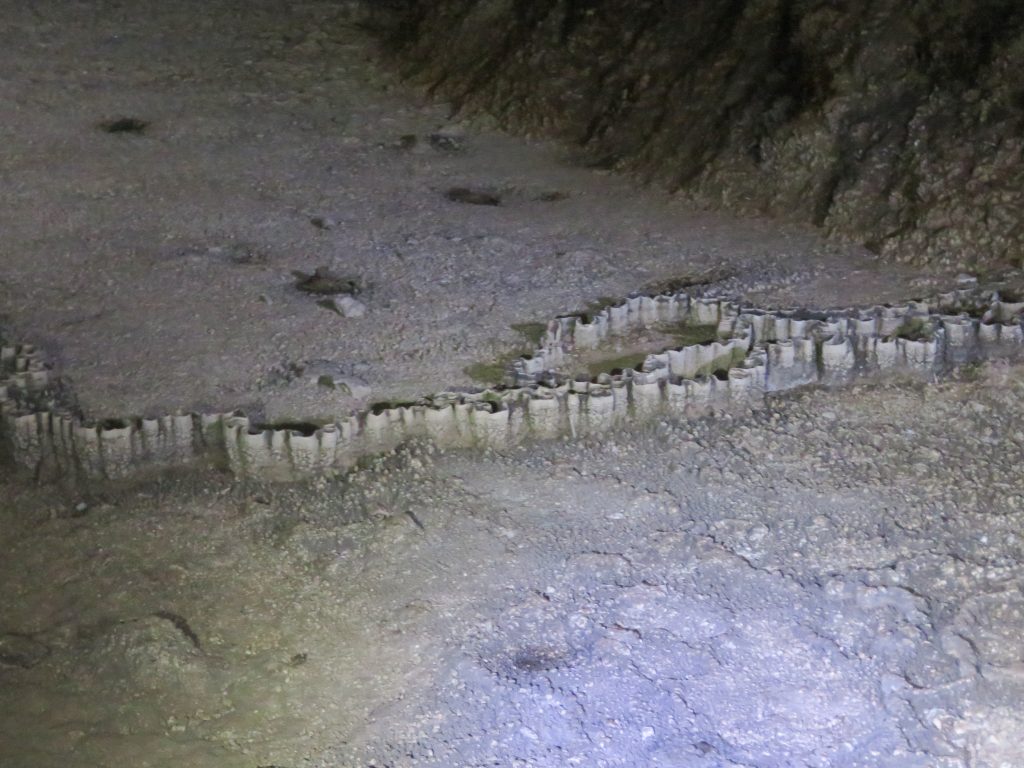
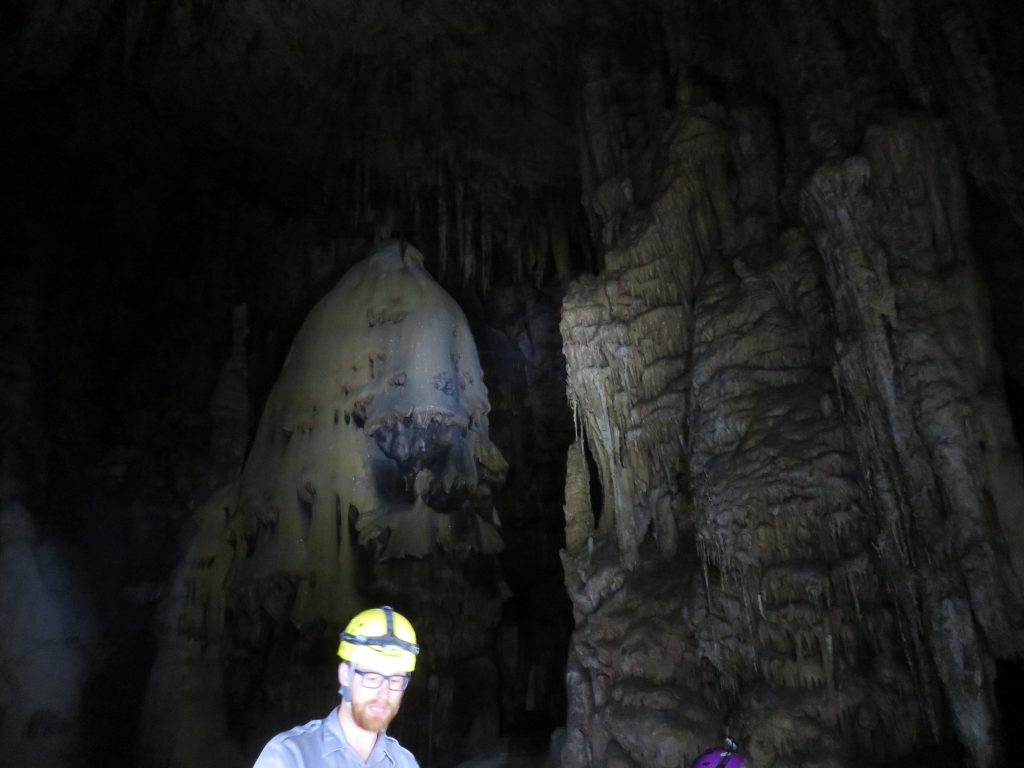
In the afternoon, we headed back to the main Visitor Center and purchased tickets for our self-guided tour of the Natural Entrance and Big Room. If you have the time and don’t mind a steep paved path, do both of these. The Natural Entrance is a large opening, and you hike 1.25 miles down seemingly unending switchbacks with a 750-foot elevation loss. It’s faster to take the elevator, but not as scenic. Then you can walk around the Big Room for another 1.25 miles, with its paved paths, guardrails and strategic lighting. This large limestone chamber (4000 feet long by 625 feet wide) is one of the largest cave chambers in North America, and the formations are varied and gorgeous. Taking the elevator up was a wise decision after hiking down. We wish we could have hung around to watch bats fly out of the cave entrance in the evening, but we were too exhausted from our two big hikes to do anything but drive back to our RV and collapse.
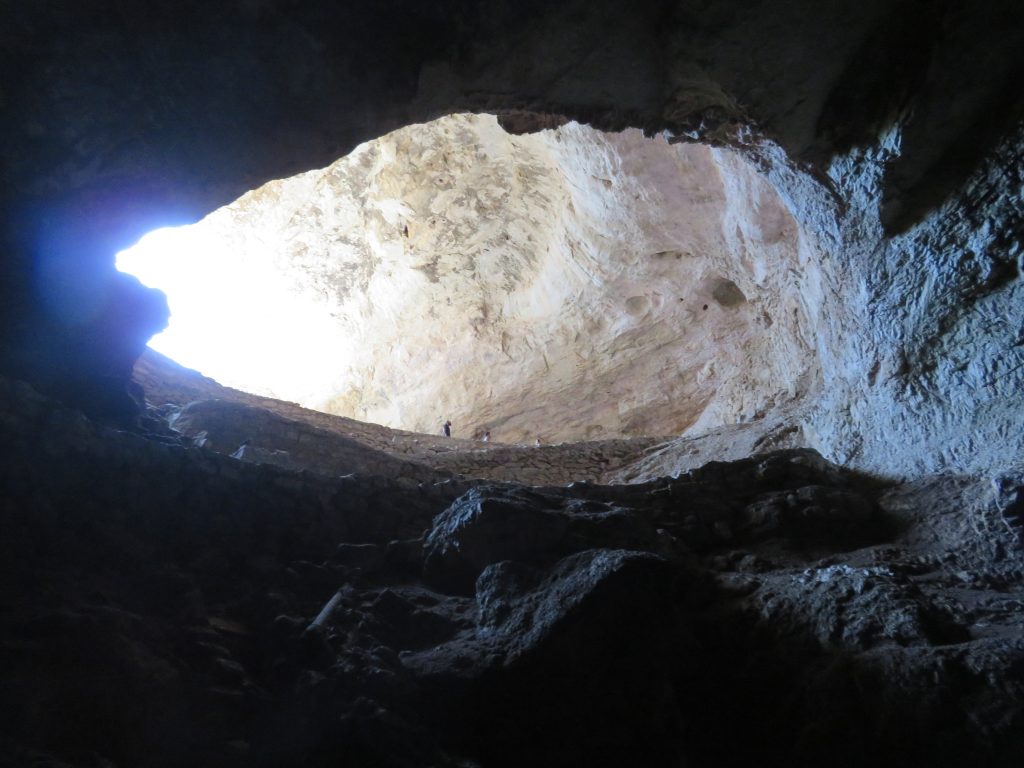
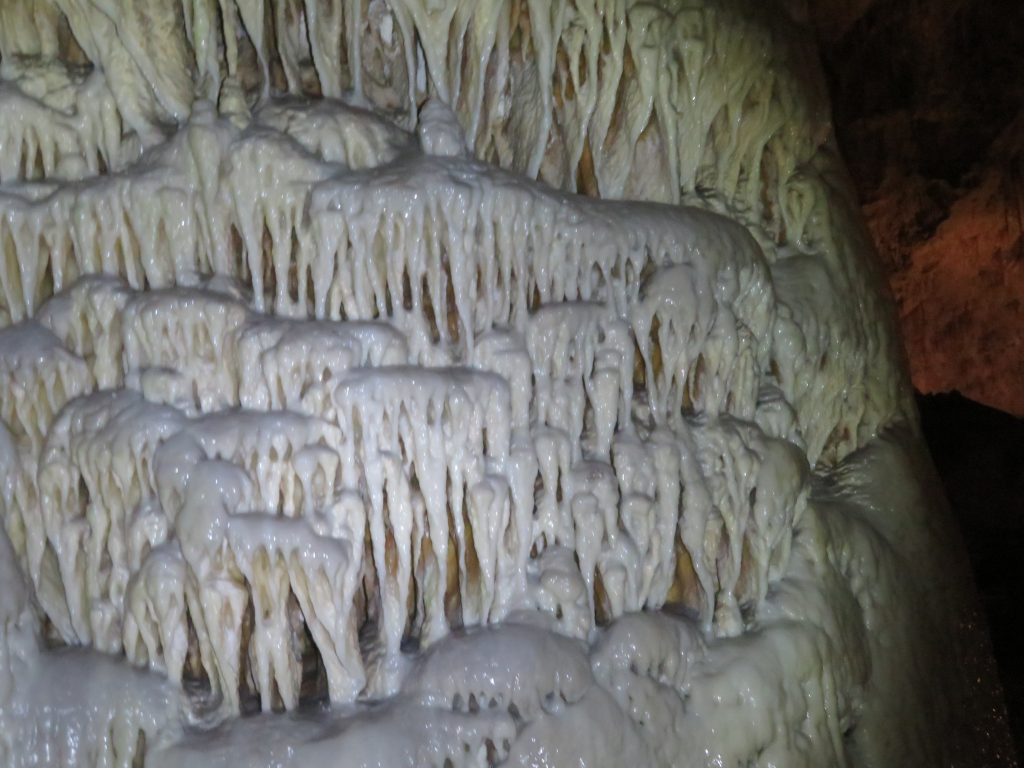
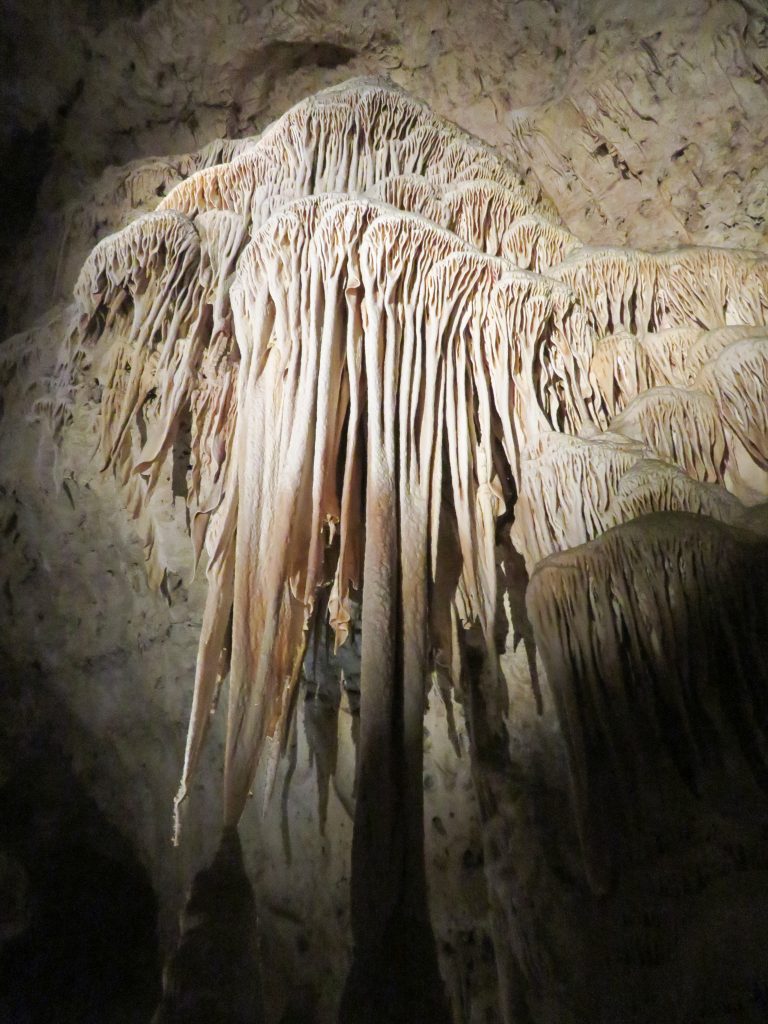
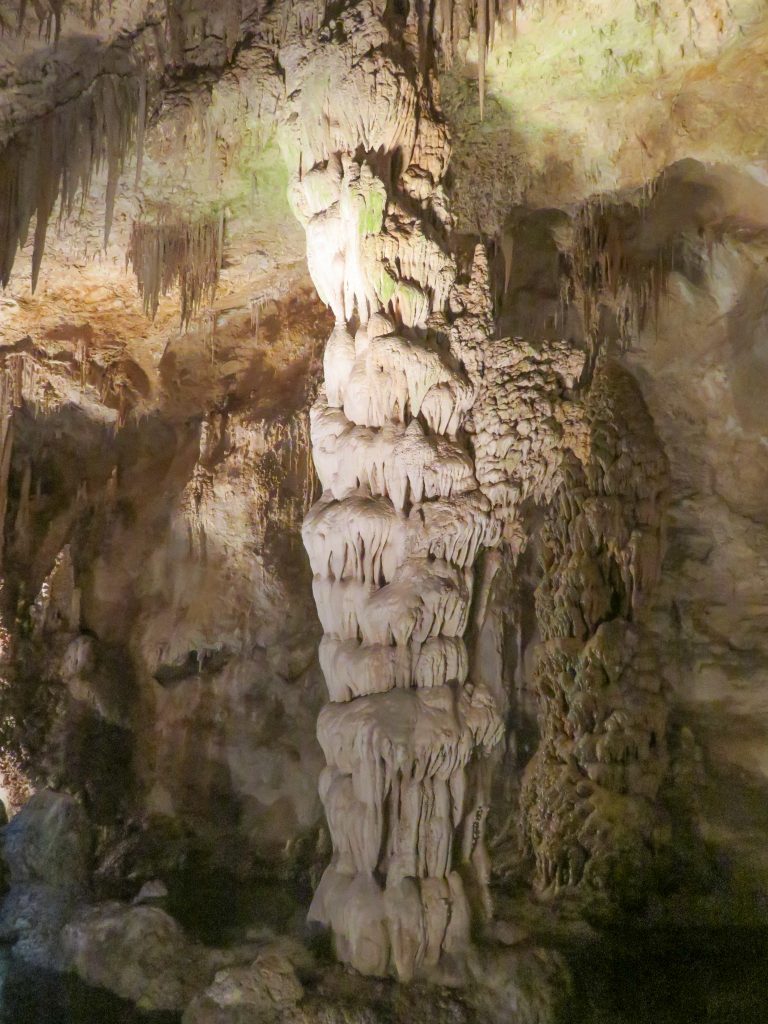
Albuquerque, NM – Heading north and settling our RV in Santa Fe, we got a chance to explore both Santa Fe and Albuquerque for a few days. We took the Sandia Peak Aerial Tramway outside of Albuquerque for a beautiful view of the area, and then ate lunch at Bocadilllos (found through the Diners, Drive-Ins and Dives app). In the afternoon we walked around the Old Town Plaza. There’s not much there, but the San Felipe de Neri Church, built in 1793, is beautiful.
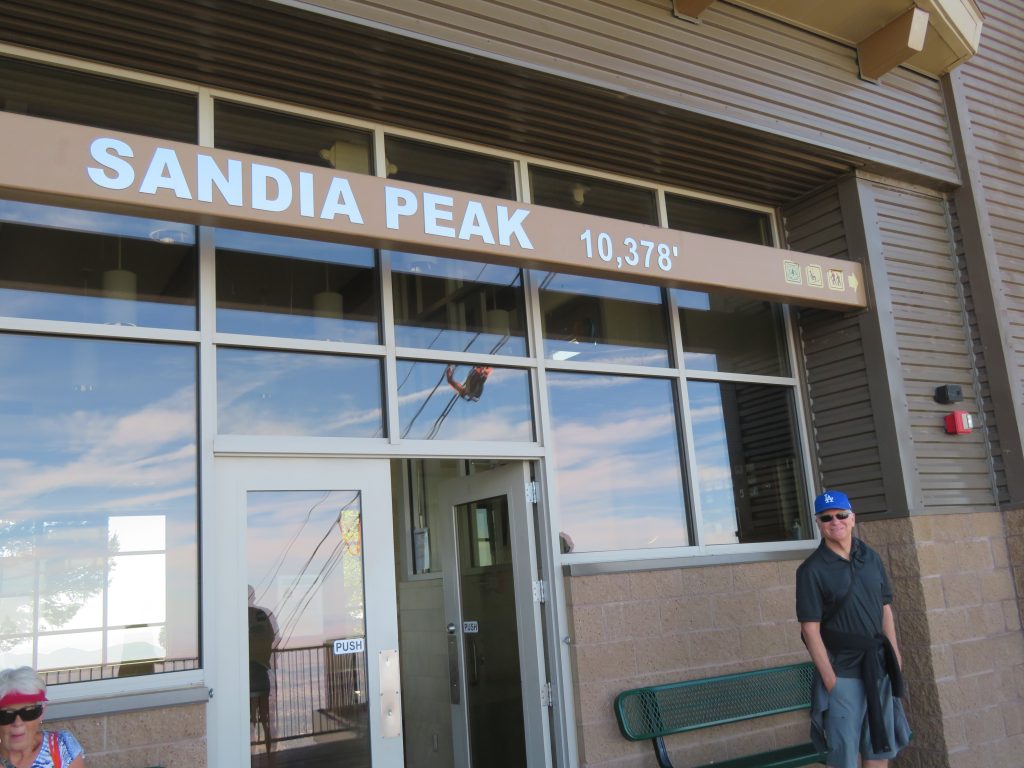
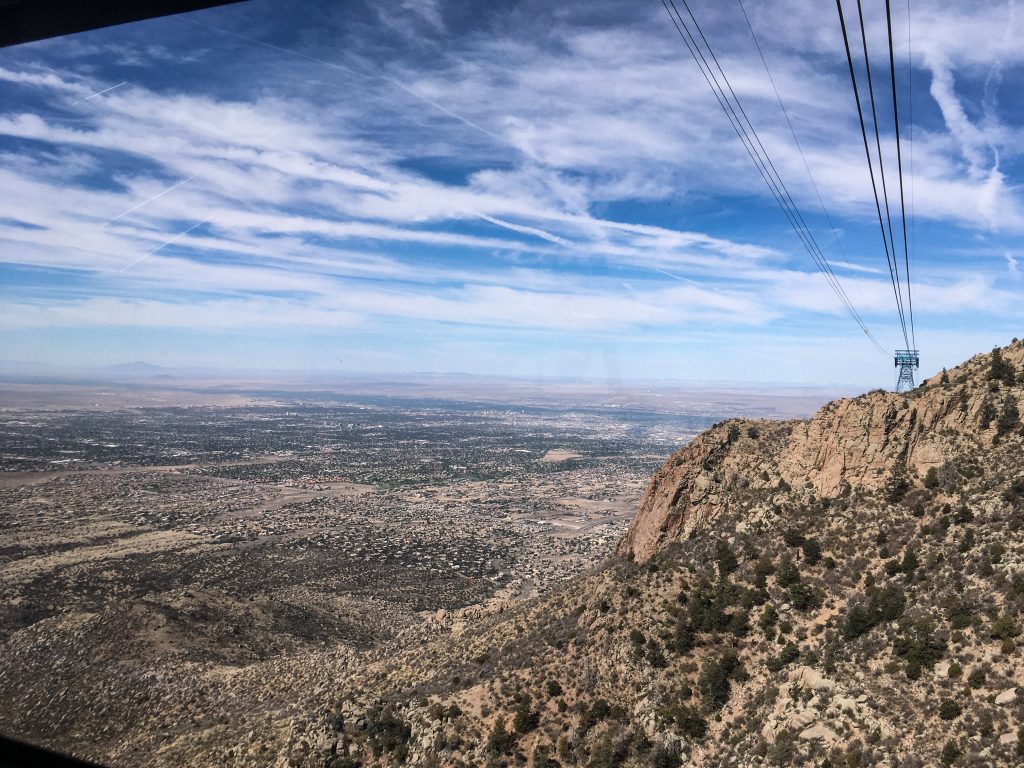
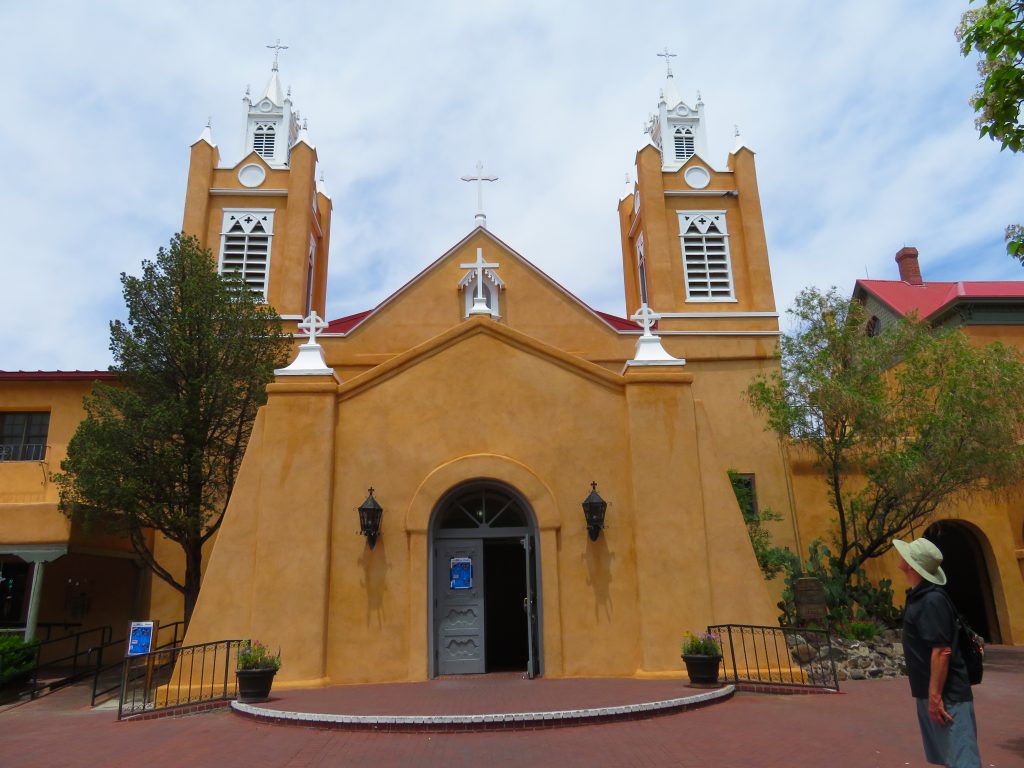

We discovered that John Michael Talbot was going to be singing there in a couple of days, so we arranged our schedule to be able to attend—still as beautiful as ever. We also got to enjoy a fabulous dinner with Hank’s cousins Elizabeth, Dick, and Natalie.

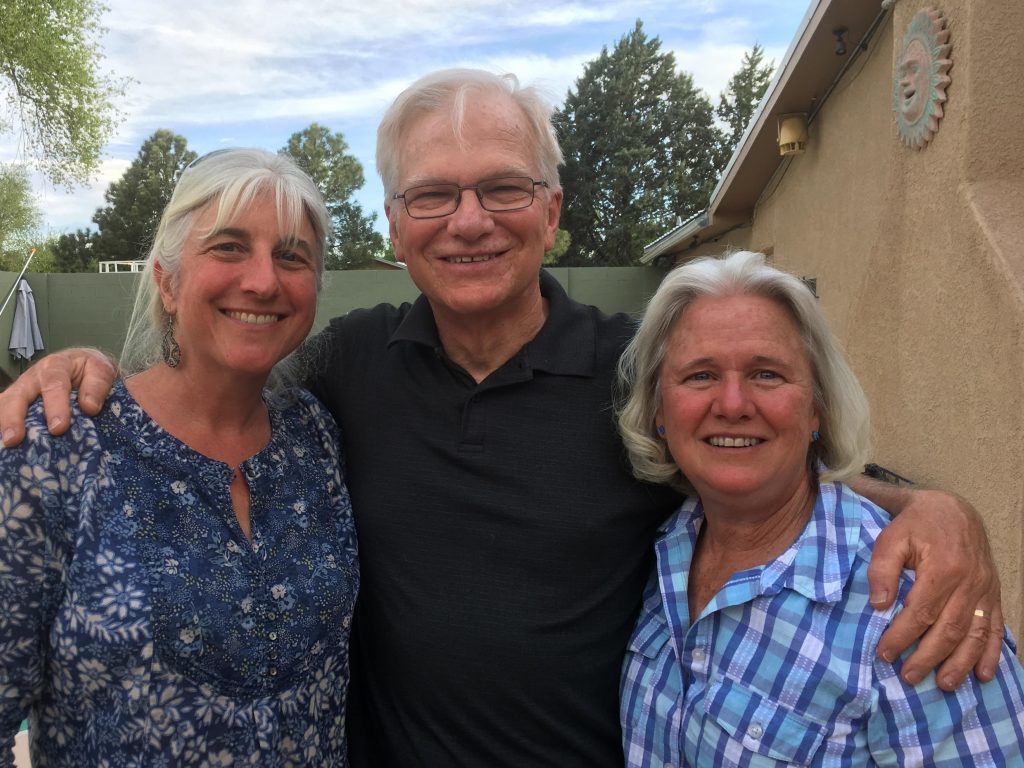
Santa Fe, NM was a little more interesting to us. San Miguel Church, the oldest church structure in the U.S. (1610) and The Cathedral Basilica of St. Francis of Assisi (1887), plus the capital building with its beautiful local artwork, were all highlights.
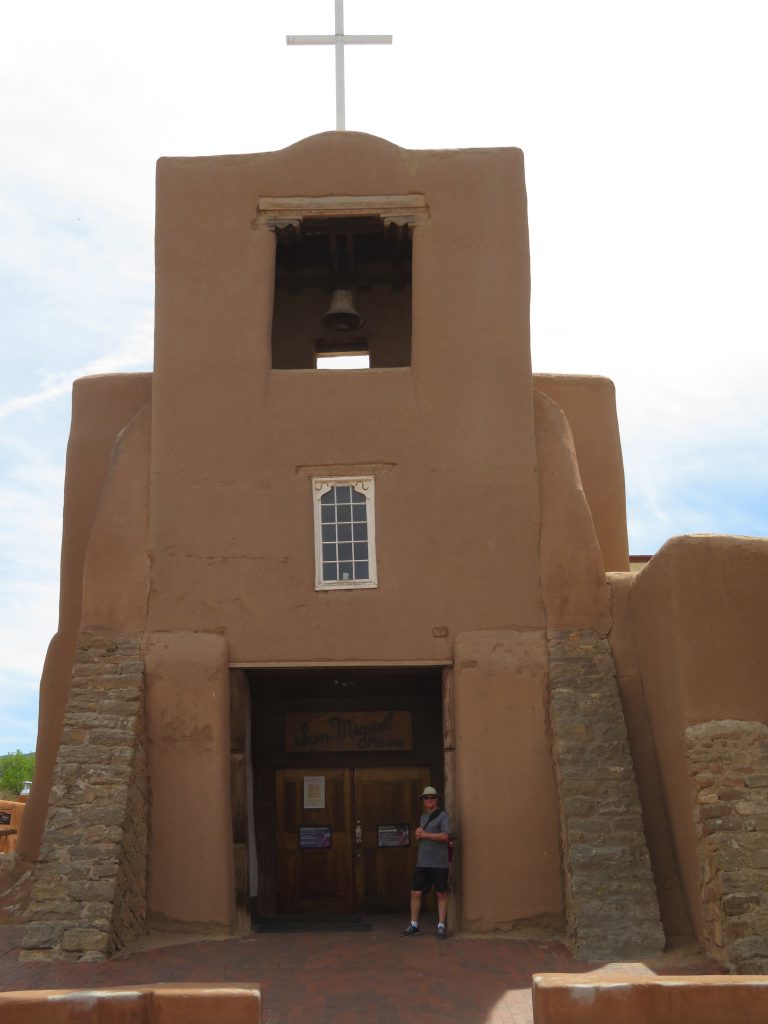
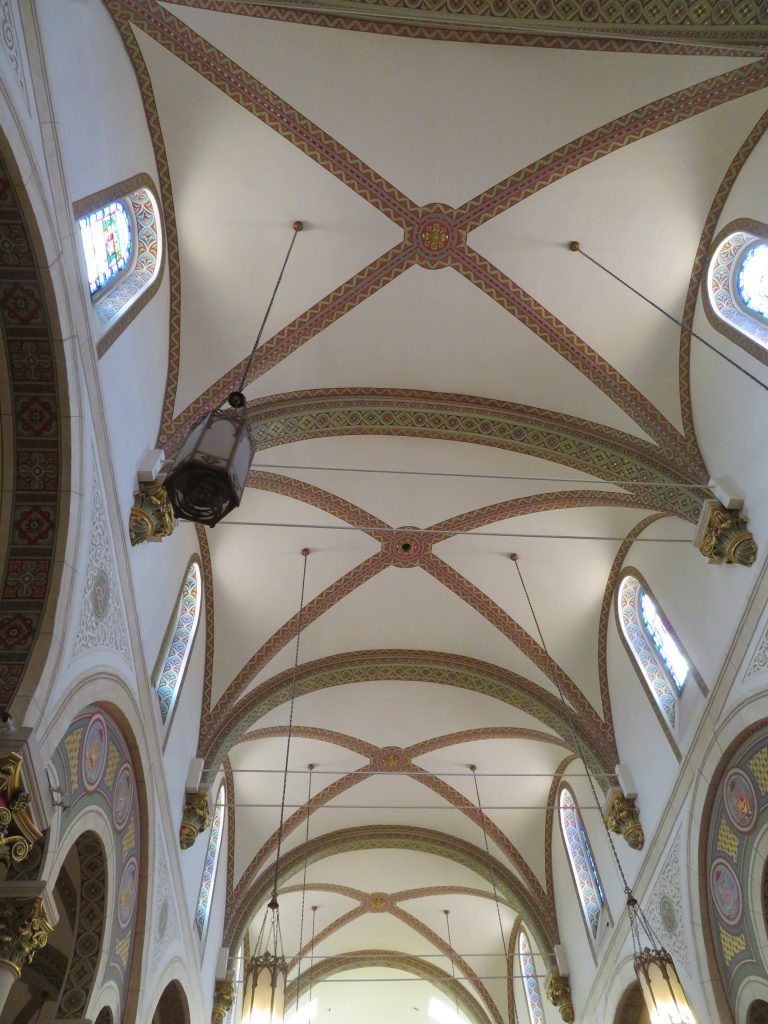
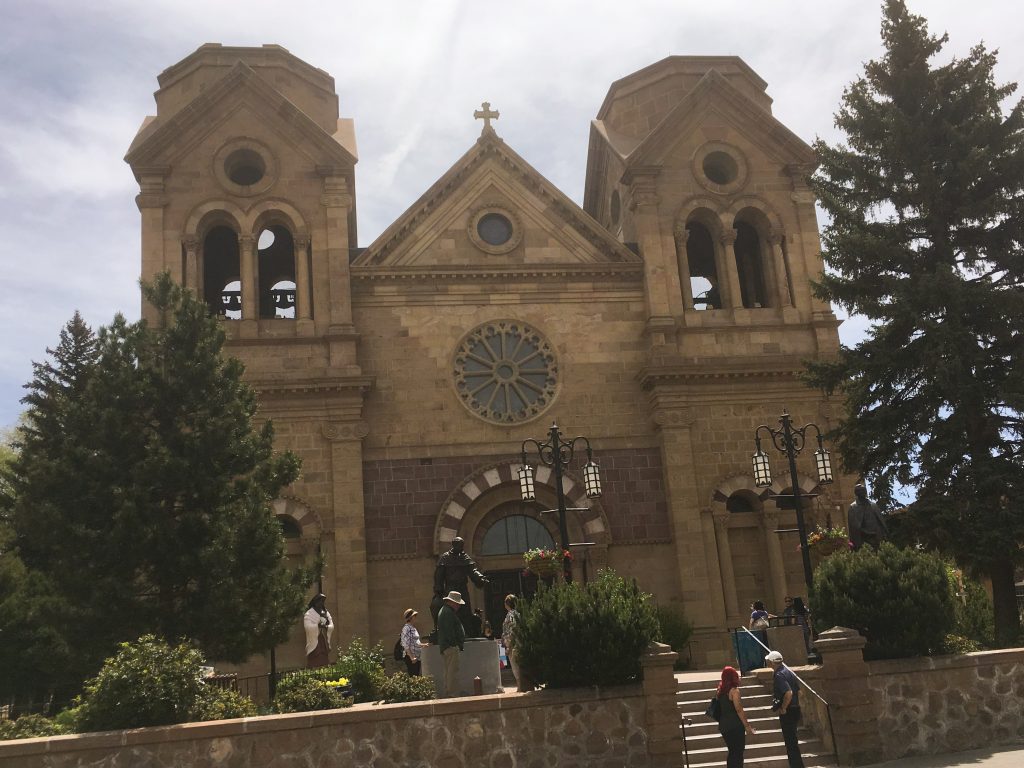

Hank’s cousins had told us about a nearby hike in the Kasha-Katuwe Tent Rocks National Monument, which was definitely a highlight of our stay in this area. The three-mile round trip Canyon Trail takes you through a narrow slot canyon and has a fairly steep elevation gain (630 feet), but gives great views of the mountains and the distinctive hoodoos with boulder caps (aka tent rocks) left over from volcanic eruptions. Don’t do this hike if it’s been raining because you could get flash flooding through the slot canyons.
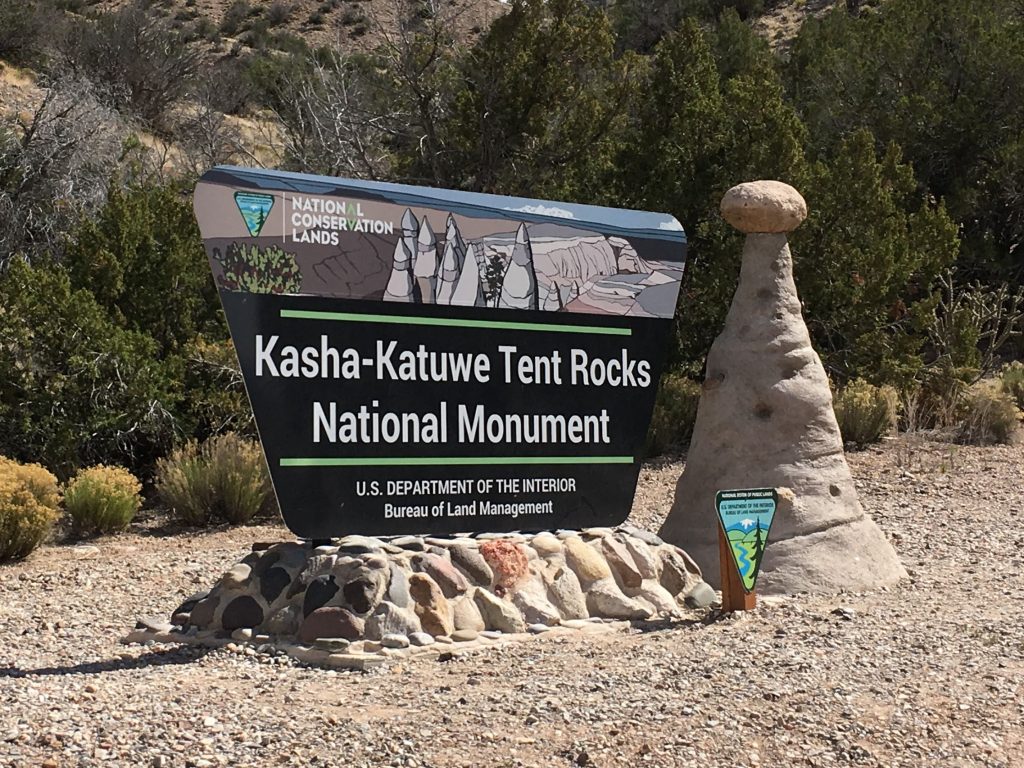
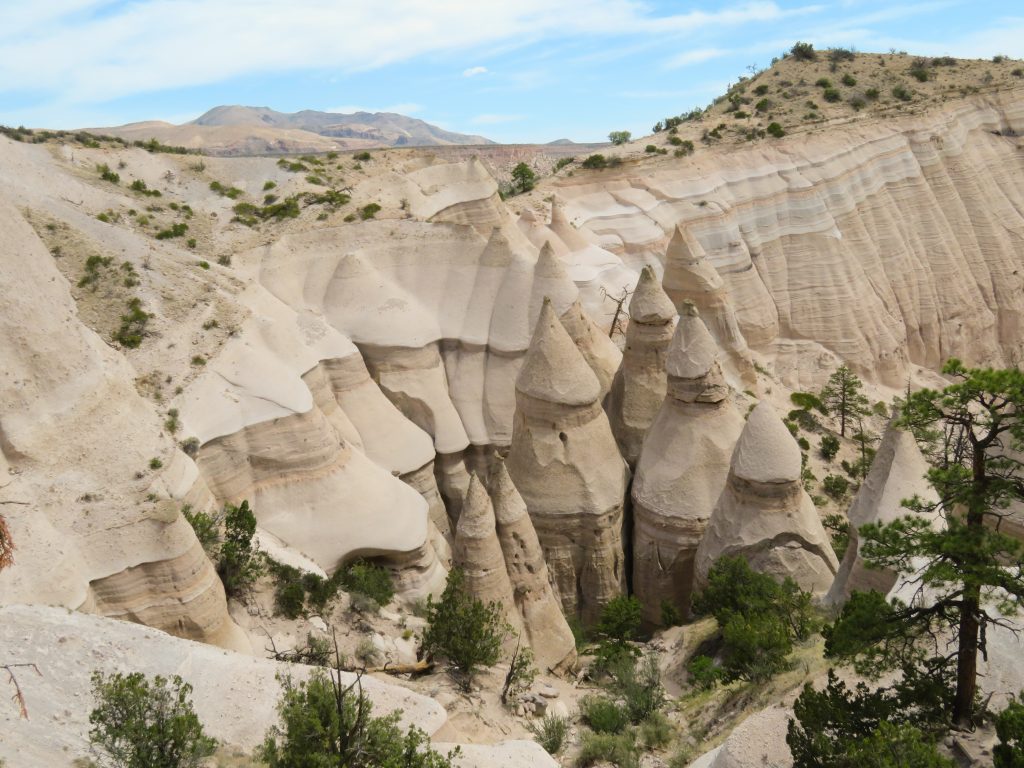
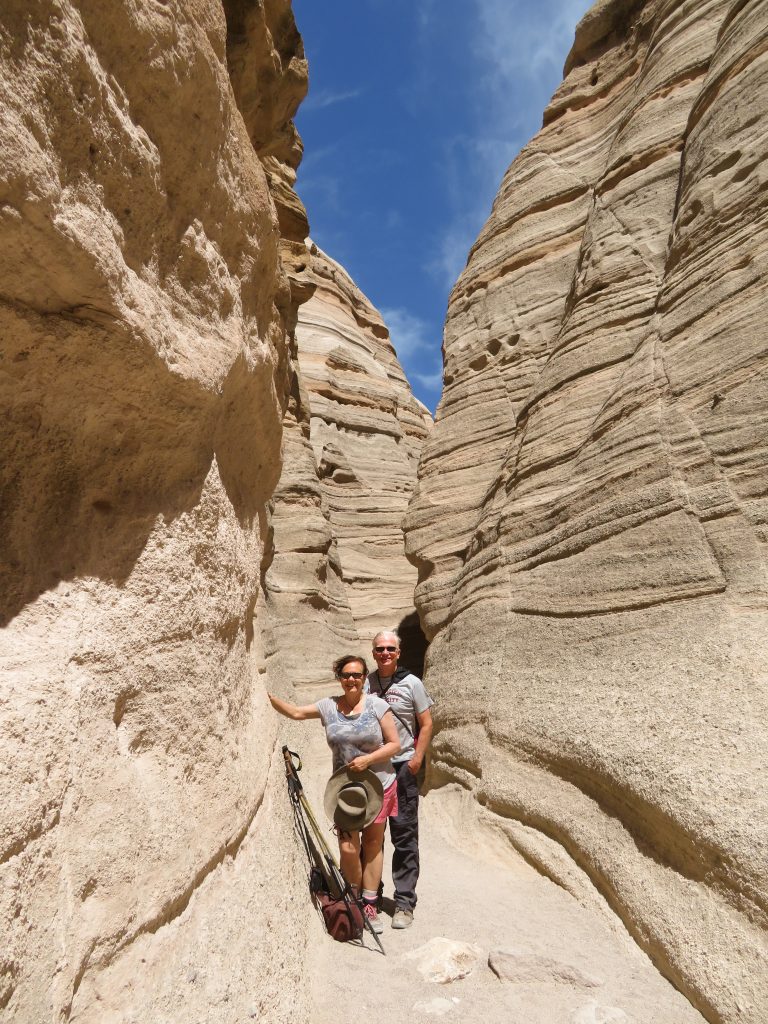
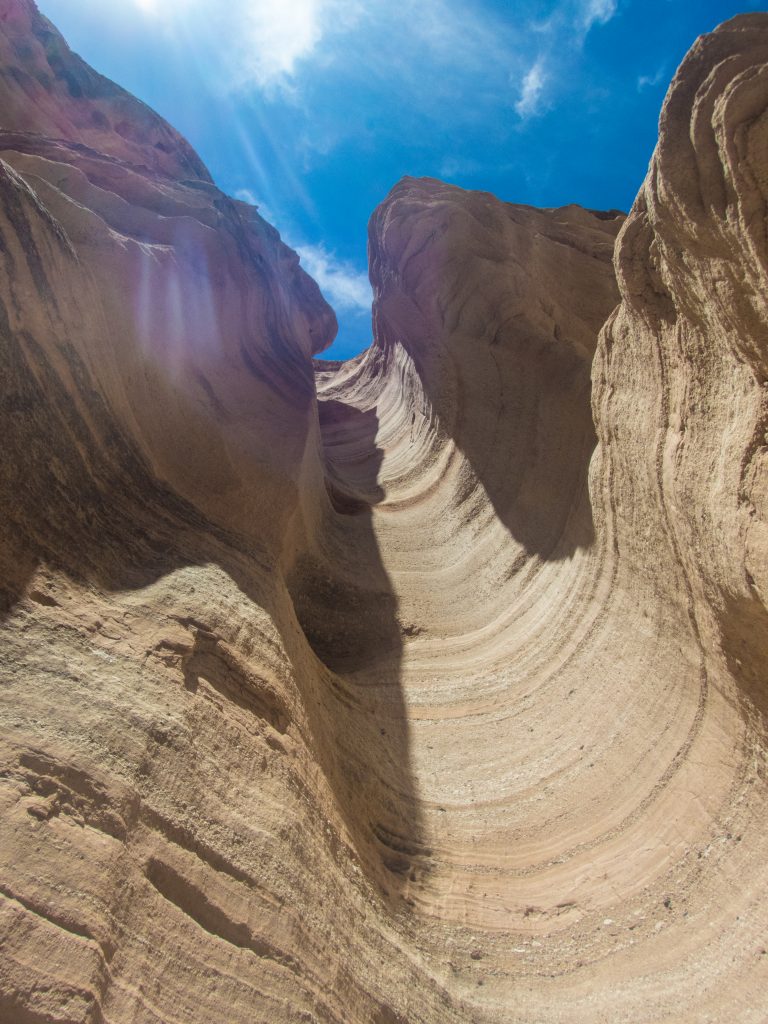
While there was a lot more we could have done in the Santa Fe/Albuquerque area, we next headed up to Angel Fire RV Resort to explore Taos and its environs. Given that my maiden name is Carson and my grandfather’s nickname was Kit (Carson), we had to explore the Kit Carson Home and Museum and see his grave at the Kit Carson Park, both very interesting. If you’re heading to Taos, we recommend that you read Blood and Thunder: The Epic Story of Kit Carson and the Conquest of the American West by Hampton Sides.
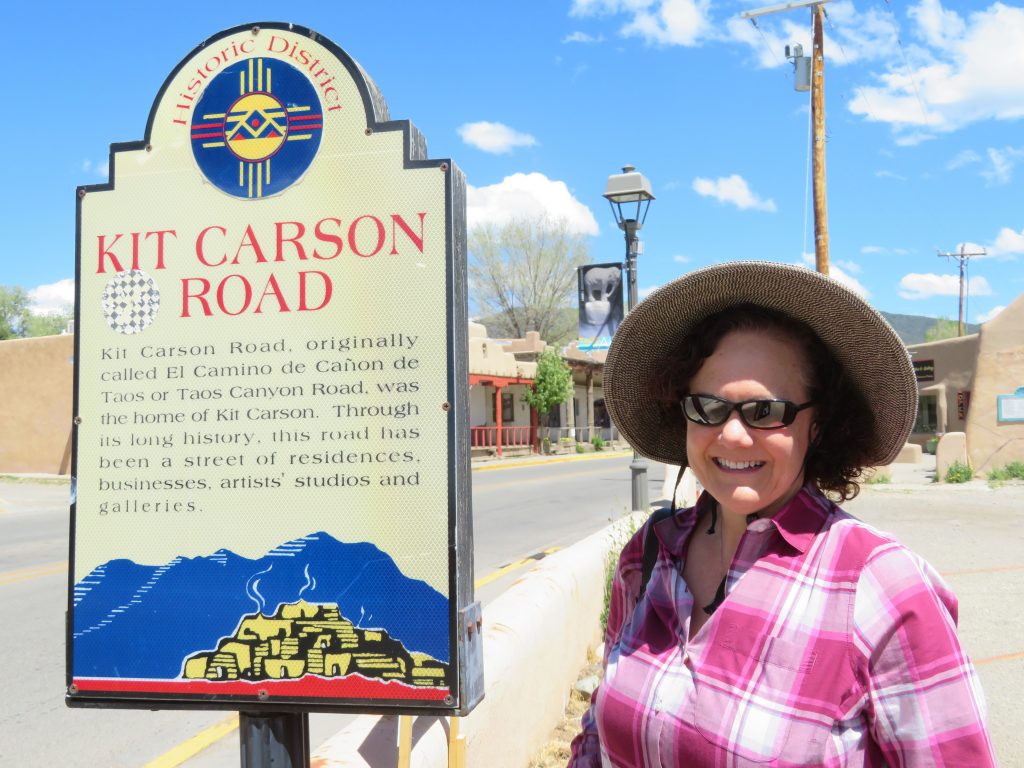
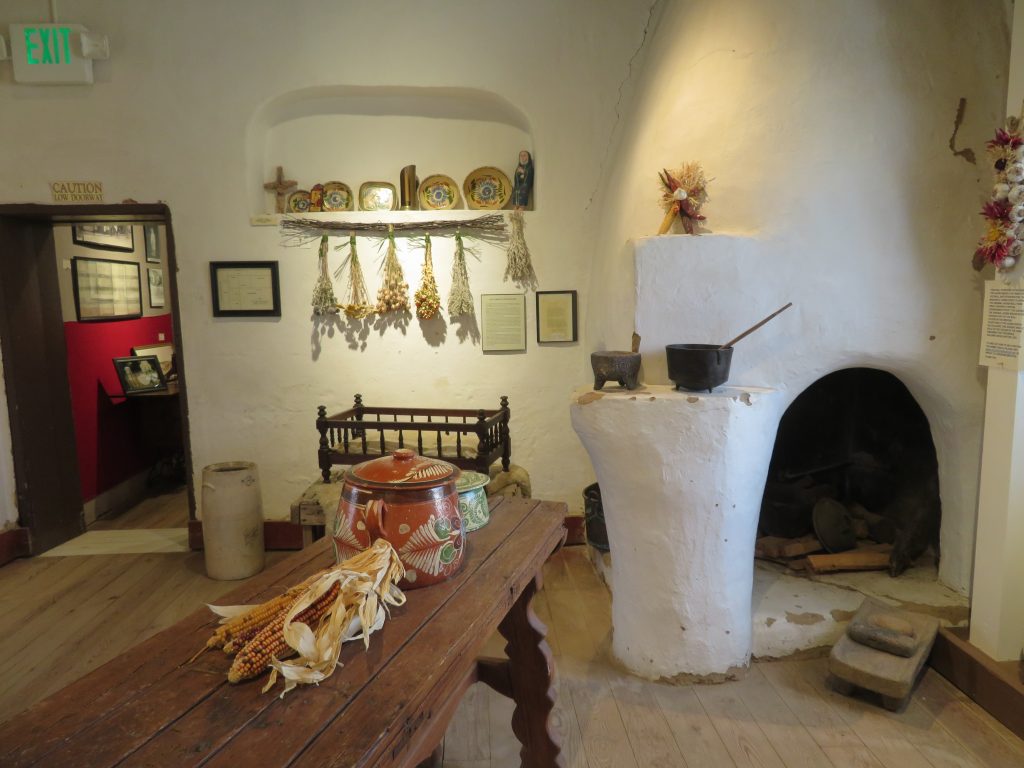
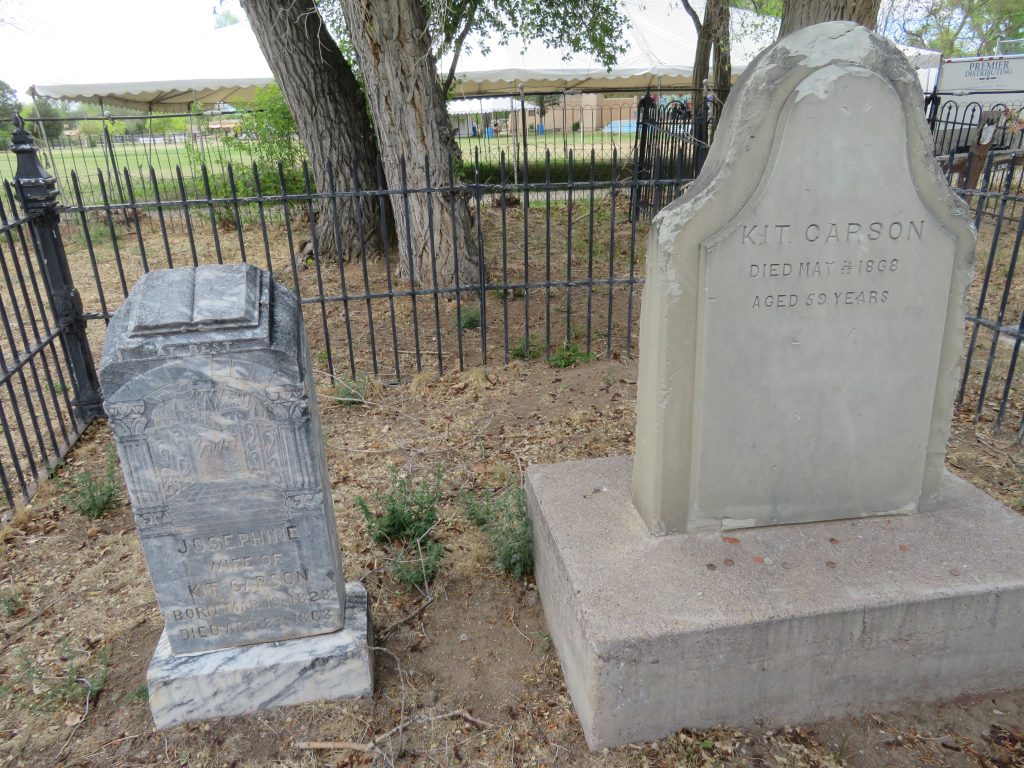
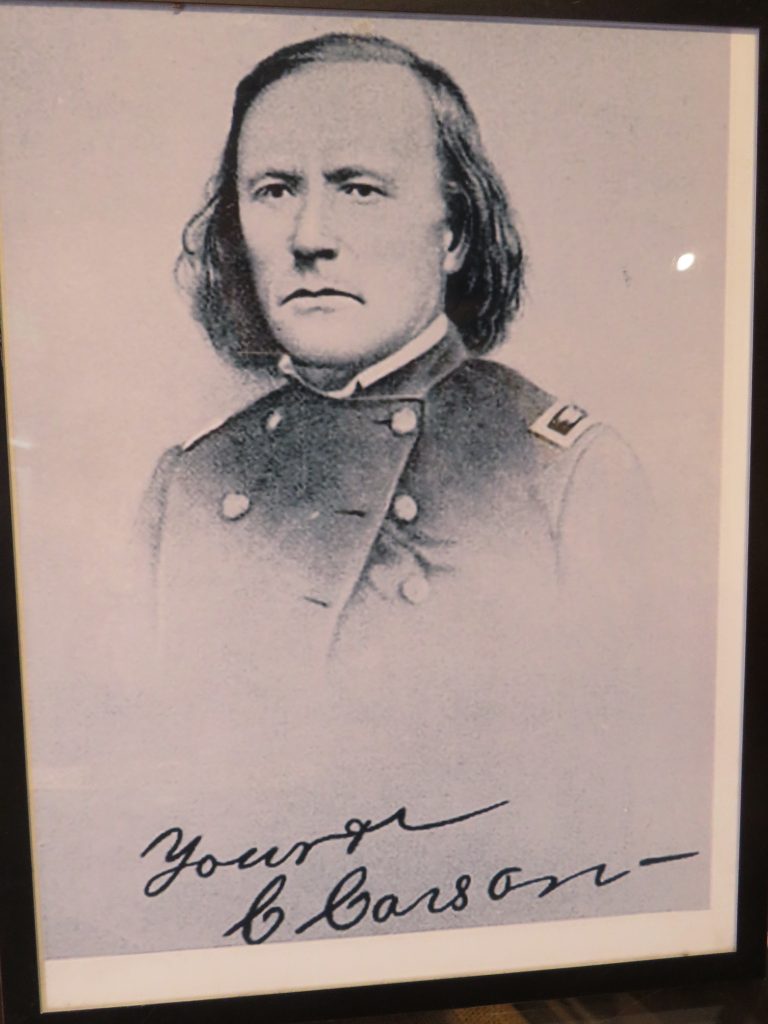
We also did the drive along the High Road between Santa Fe and Taos and stopped at the famous San Francisco de Asis Church, built in 1876, which Ansel Adams photographed and Georgia O’Keeffe painted. Here’s our version.
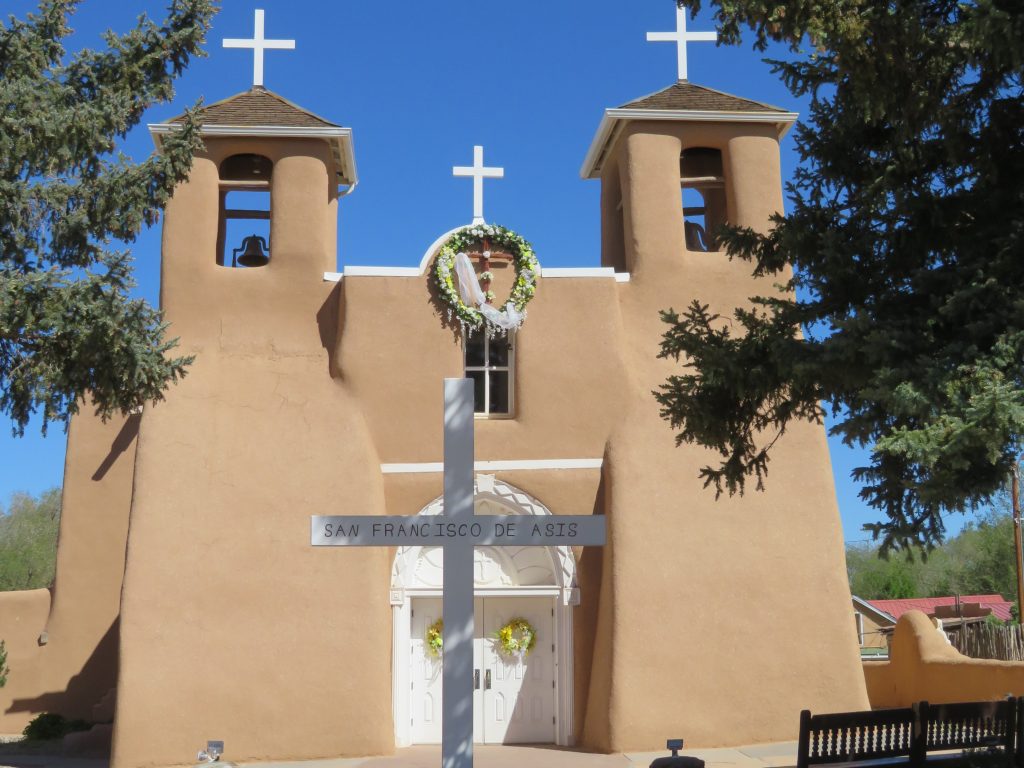
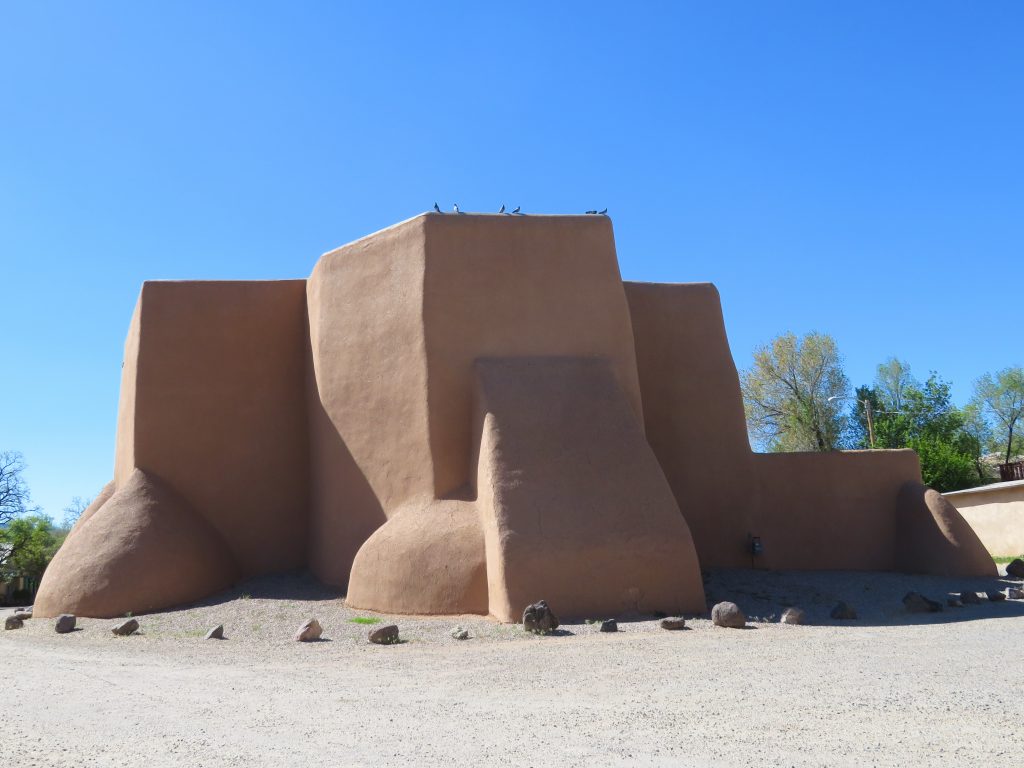
The Rio Grande Gorge Bridge (Rio Grande del Norte National Monument) was also a scenic place to visit, though not if you’re afraid of heights. Our hike in the Angel Fire area was on the Elliot Barker Trail in the Carson National Forest. Though close to the road, it quickly gained in elevation and gave us a great panorama of the valley below.
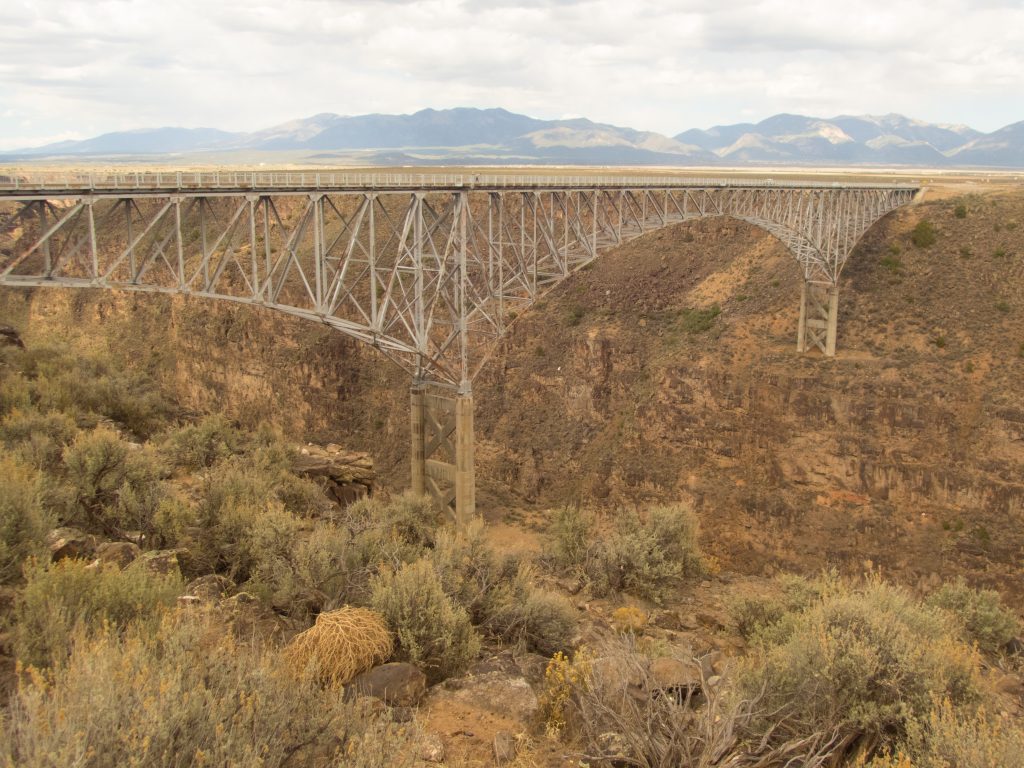
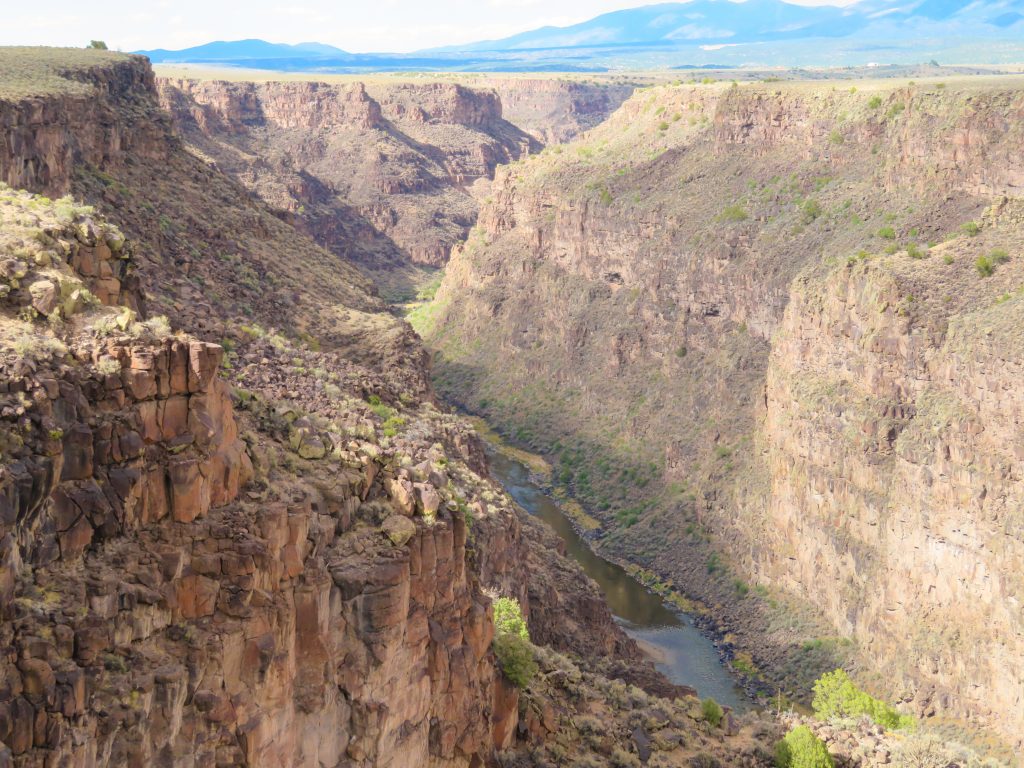
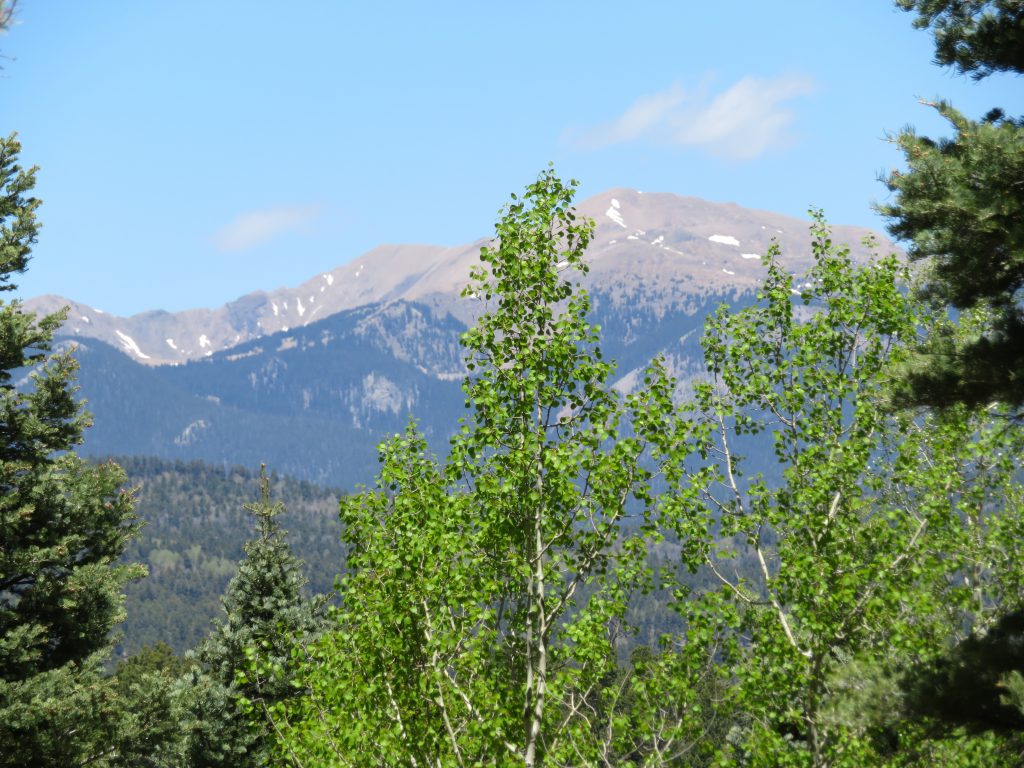
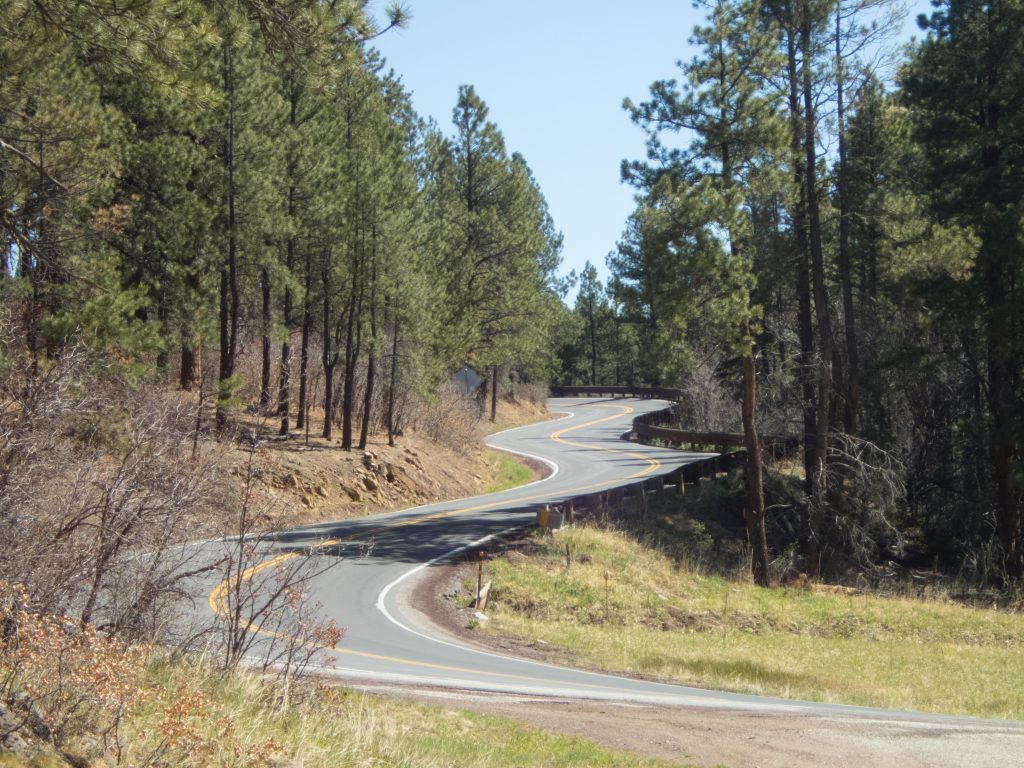
After spending one night in Gallup, NM, we crossed back into Arizona and had lunch at Meteor Crater, which is between Winslow and Flagstaff. Though privately owned (and therefore not cheap to get in), it’s still a fascinating look at the world’s best-preserved meteor impact site. The crater is one mile wide and over 500 feet deep, so standing next to it is the best way to capture its enormity.
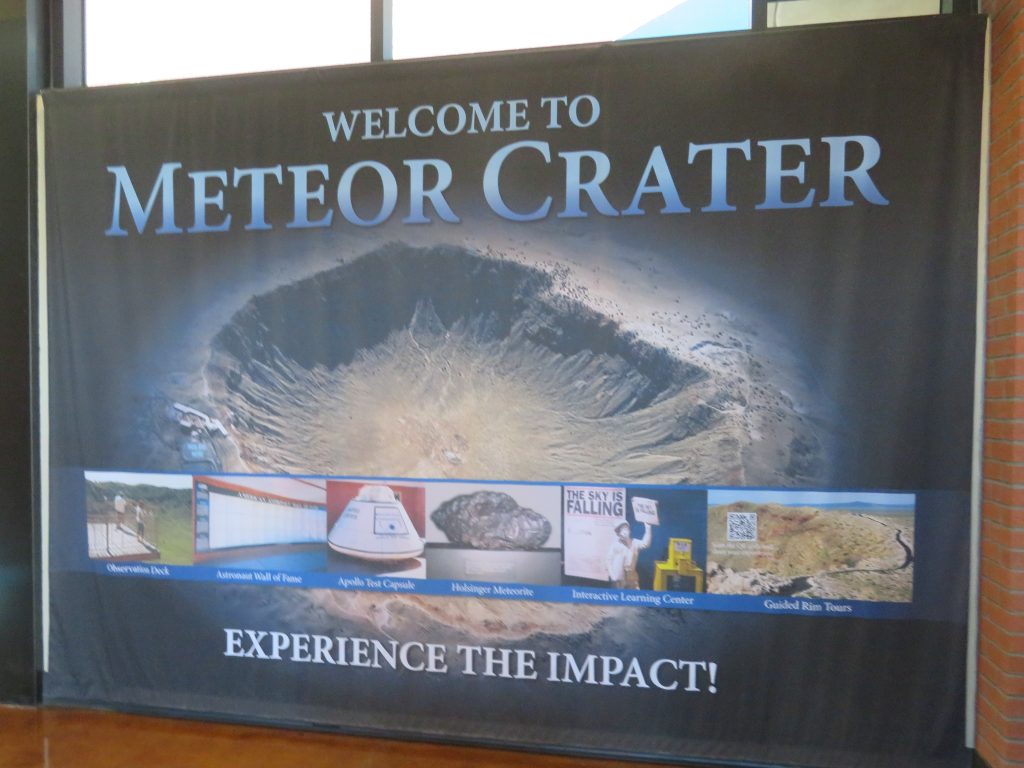
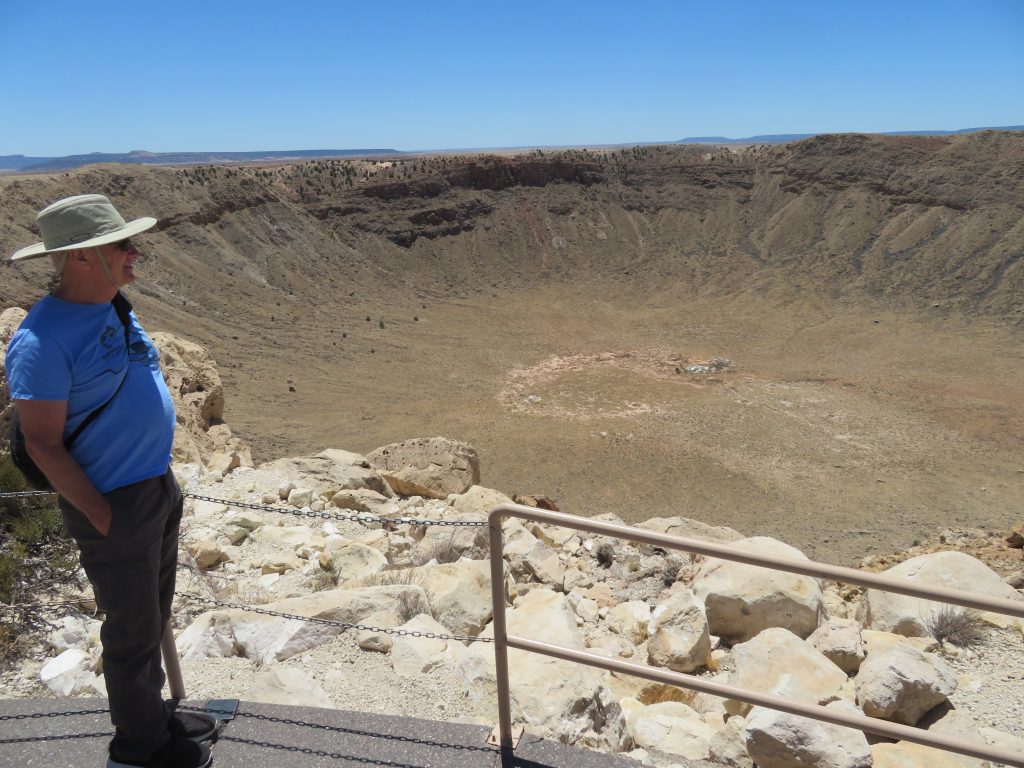
Our last big stop was Williams, AZ, so we could visit Grand Canyon National Park. Though we’ve visited before, it had been many years, so this was a treat to get back. We enjoyed hiking along the Rim Trail from Mather Point to Hopi Point and then hopping on the wonderful (air-conditioned) shuttle system to get back to our starting place.
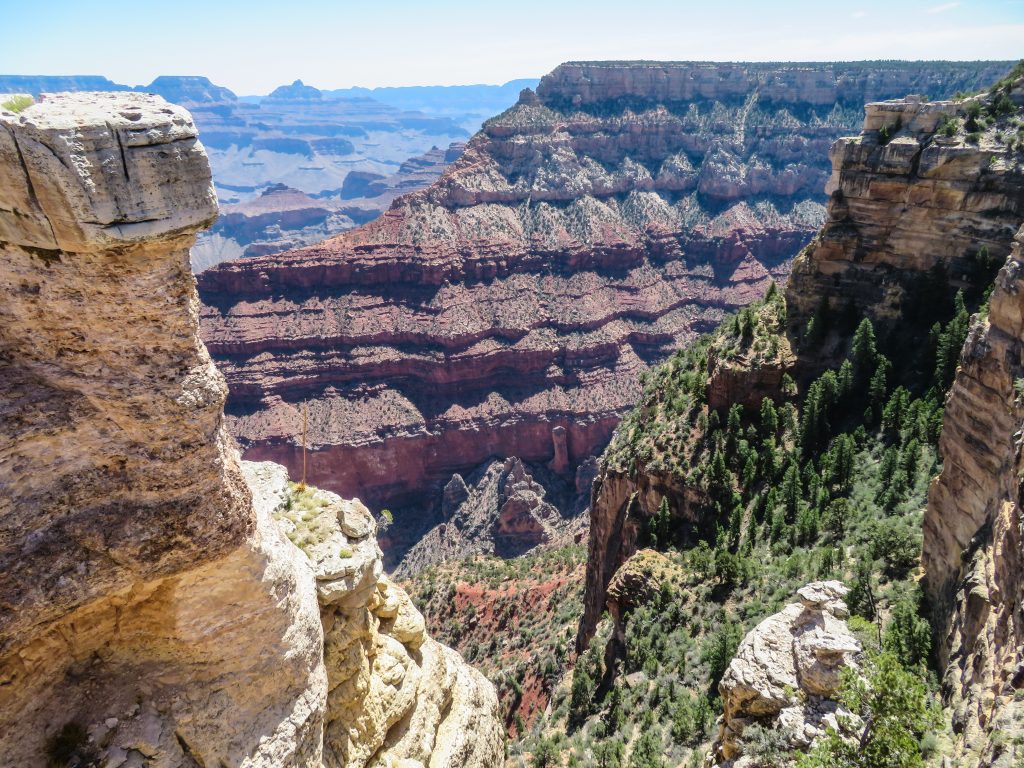
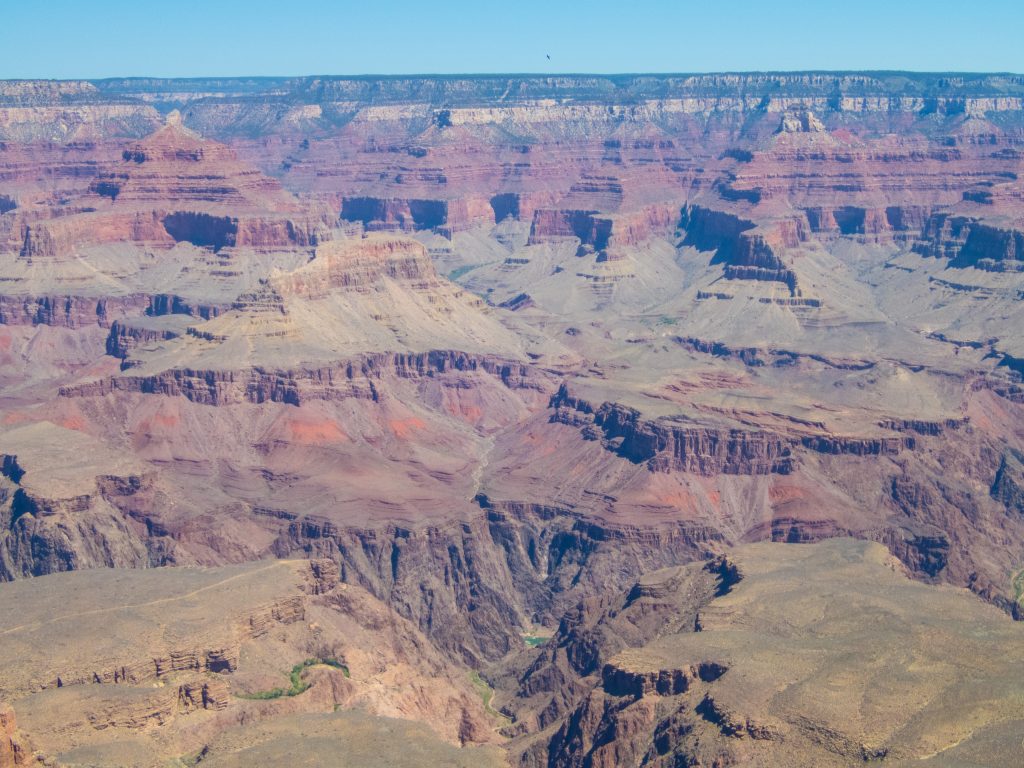

We also drove Desert View Drive out to Watchtower, where we spotted a Steller’s Jay and a male elk and enjoyed slightly different views of the canyon.
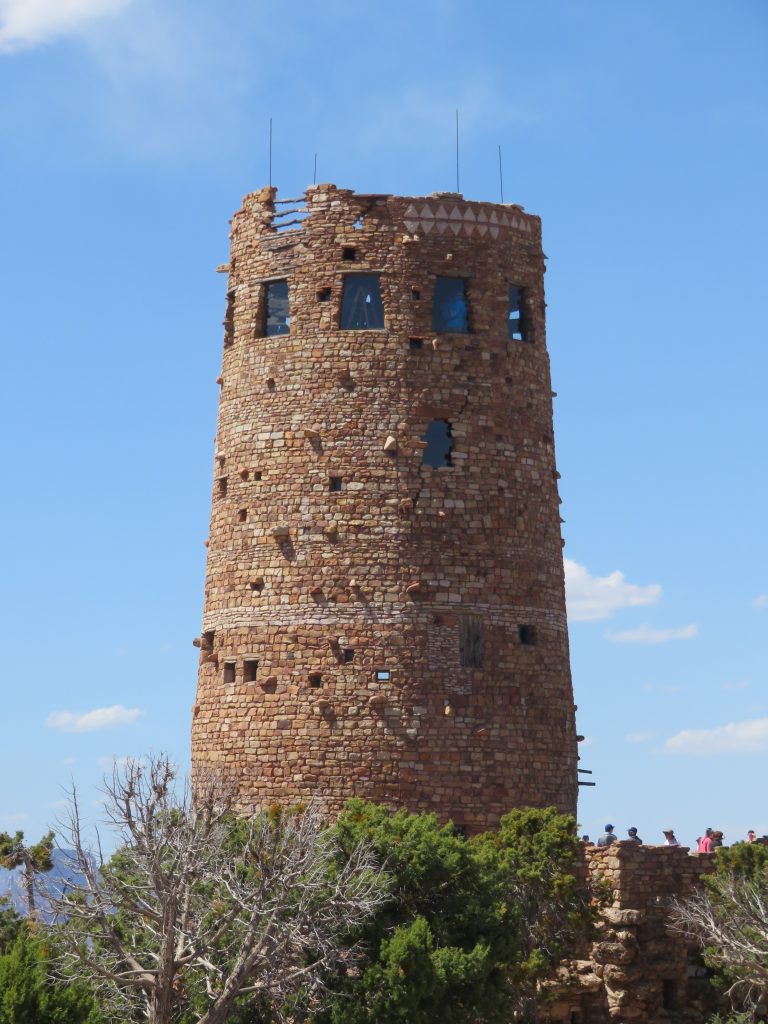
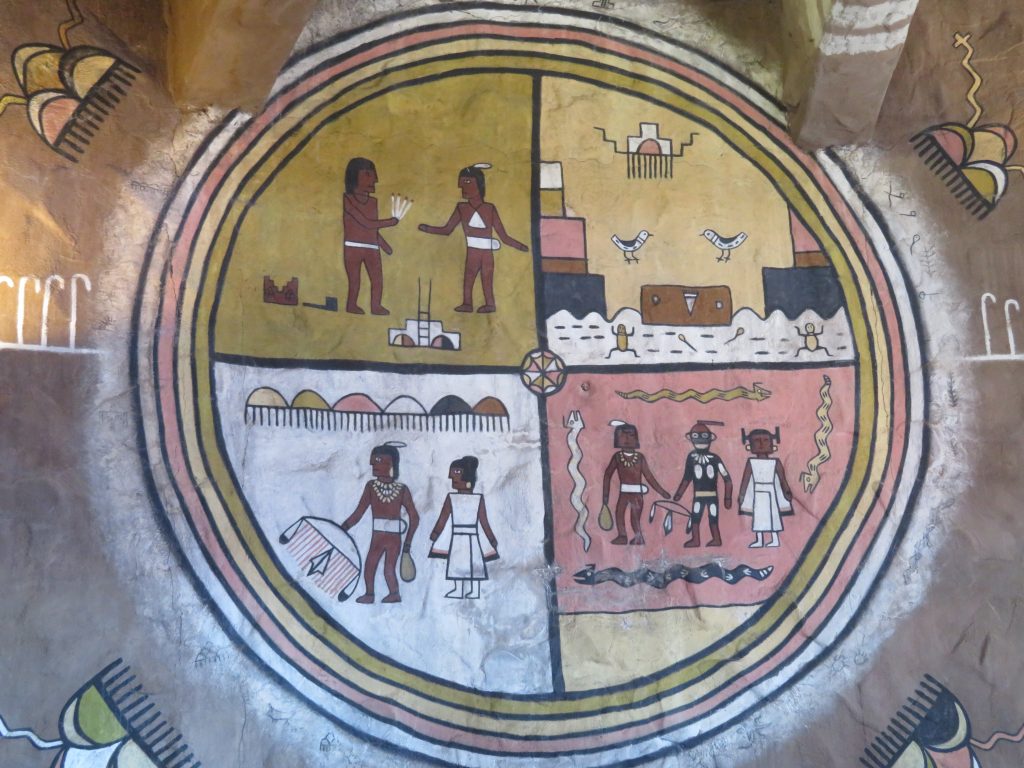
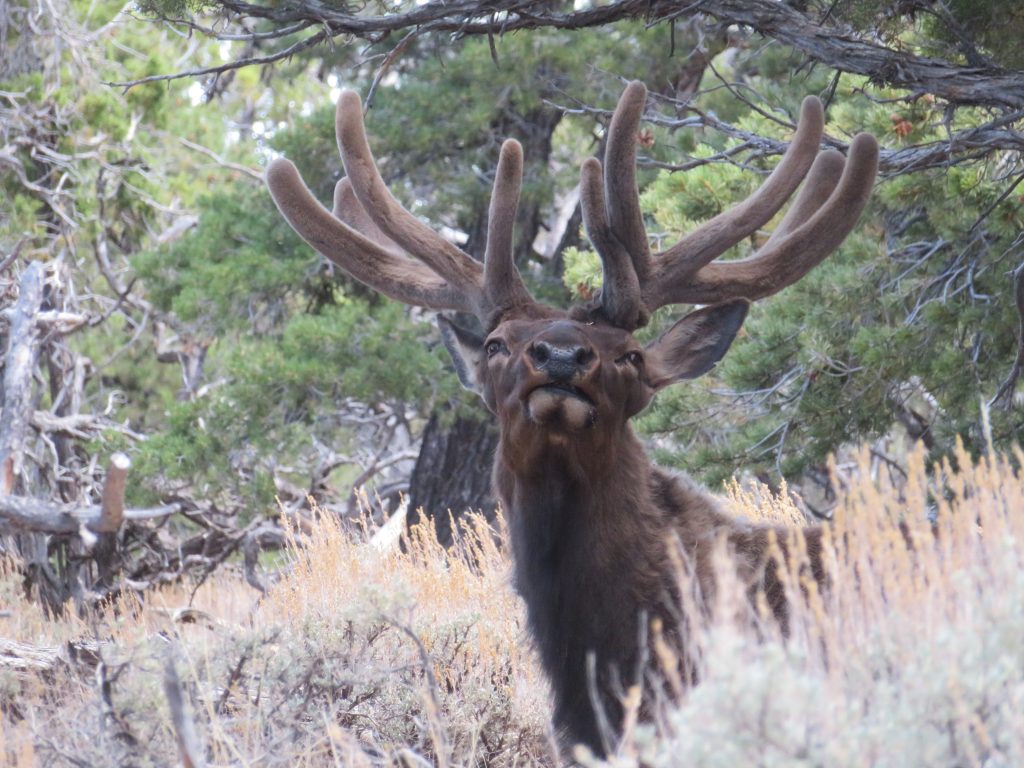
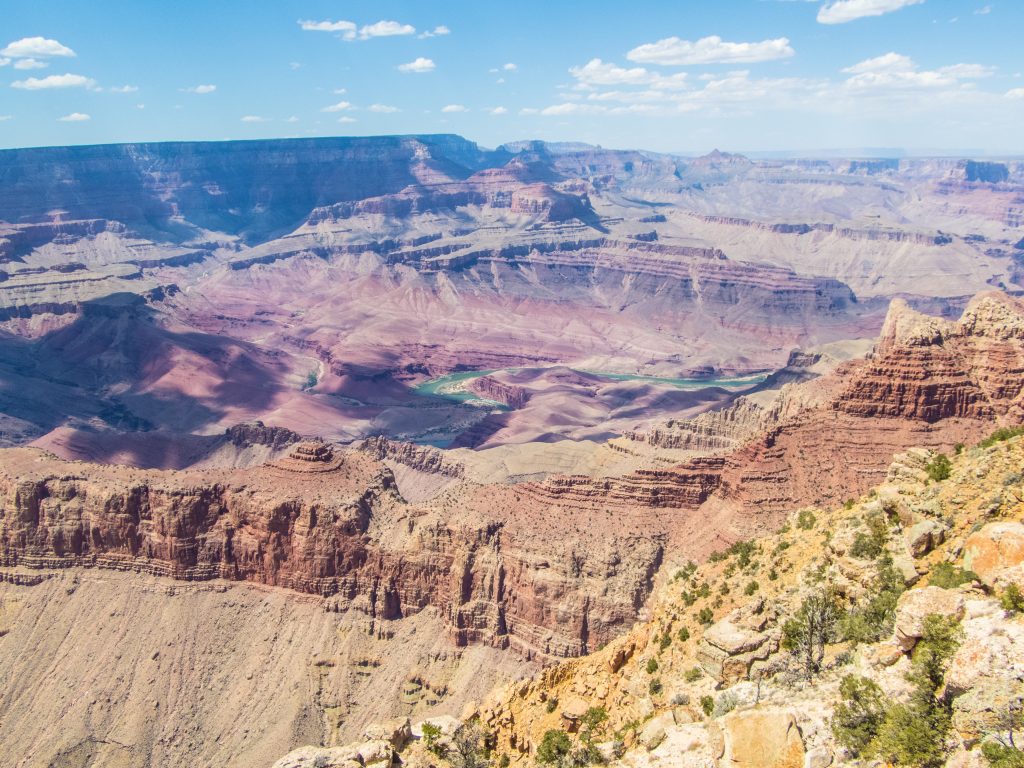
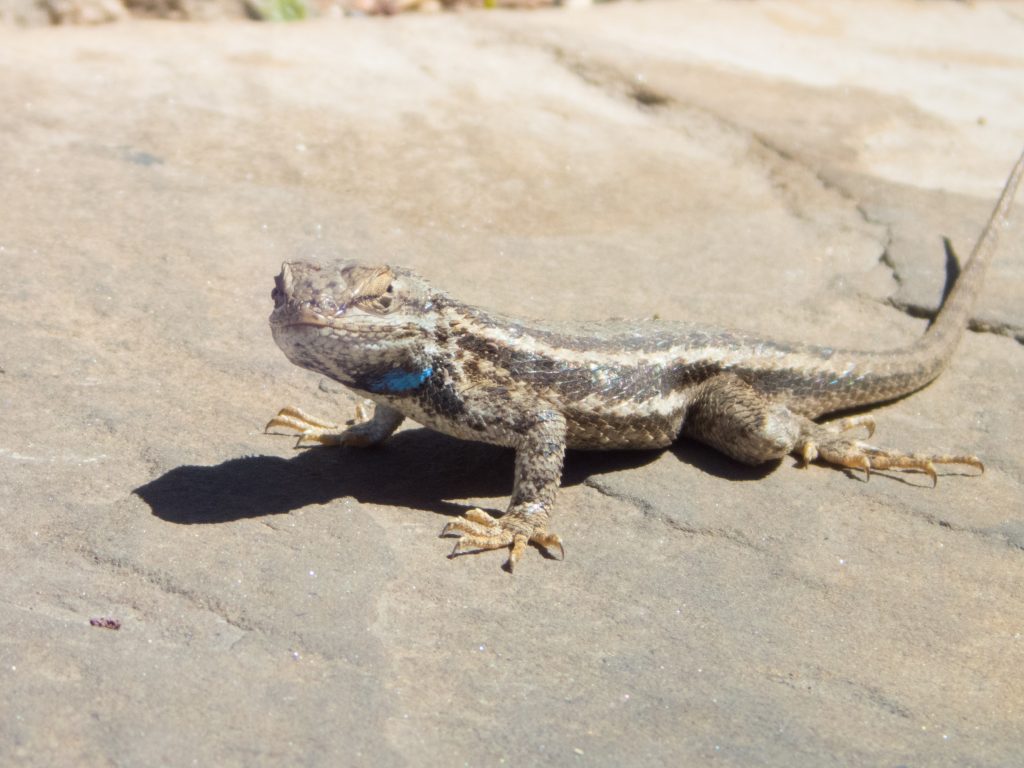
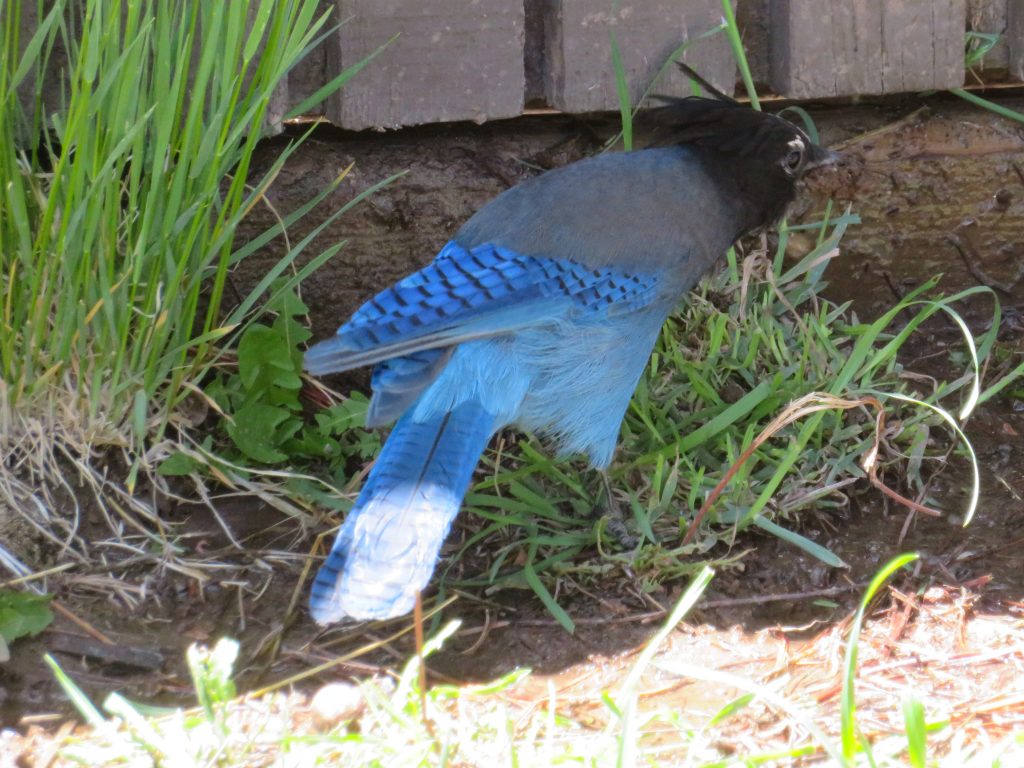
And what a treat to run into our friend Thuan who was biking in the area and spent a night on our hide-a-bed couch (getting a break from tent camping in the national forest nearby).
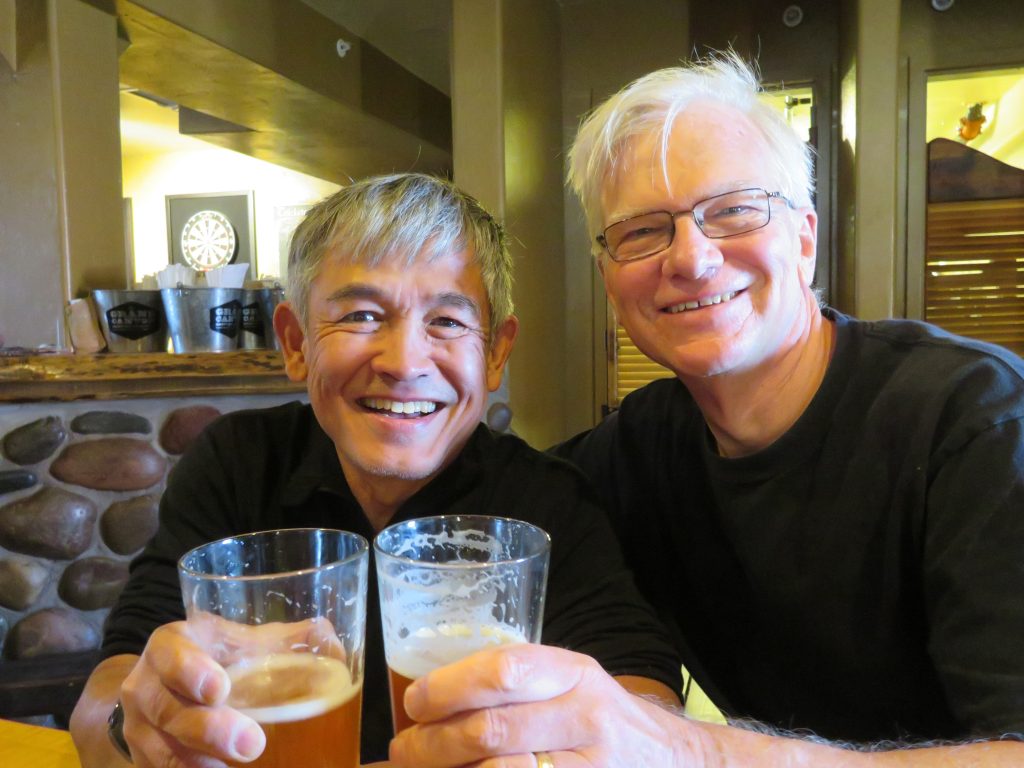
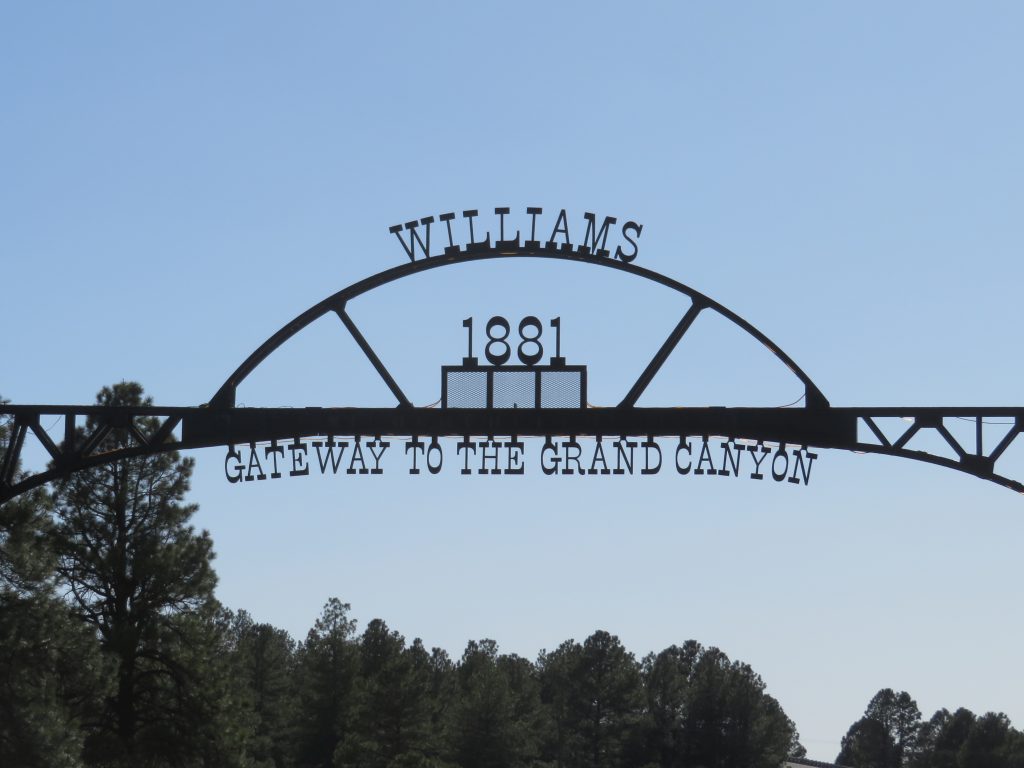
This three-week trip was a great blend of natural and historic sites, hiking and scenic drives, and even getting in some wonderful visits with friends and family. Lovely memories, which are even more important now that we can’t travel for a while! If you want more on this trip, here’s a link to the 12-minute video that Hank created (with music): https://youtu.be/8pxjO7fpwdo
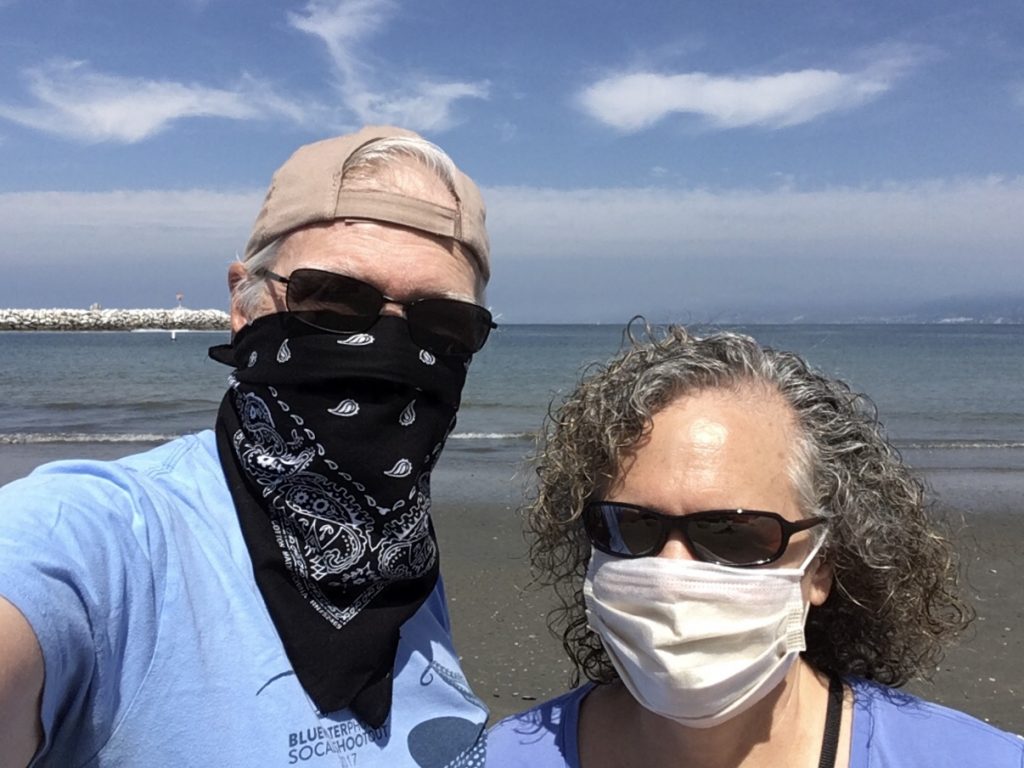

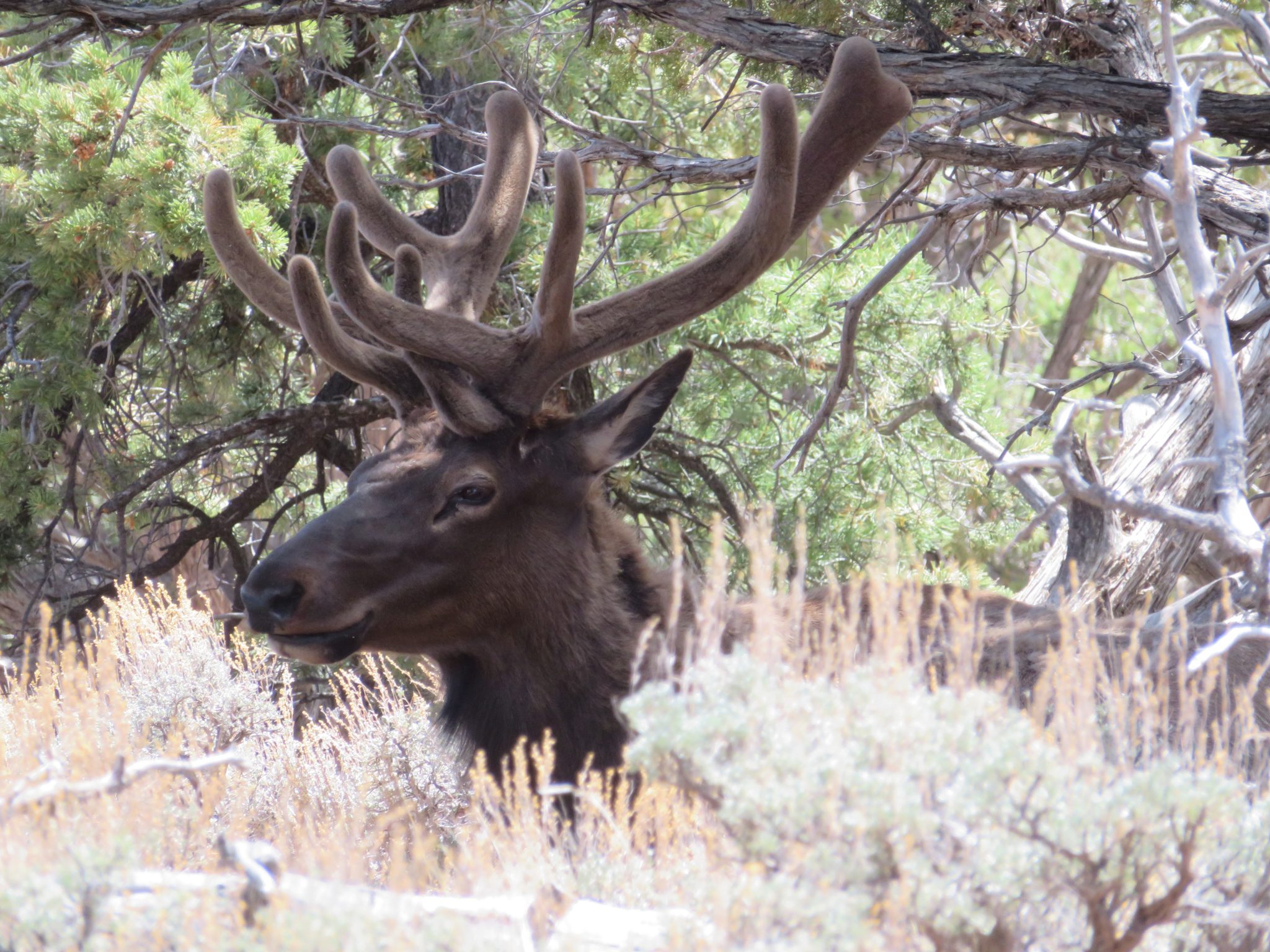
Why do you have masks on during this trip (before the “virus” hit?
The mask picture was taken just a few days ago (June 2020). That’s why I used the caption, “Back home in the present–no travels right now” to indicate that currently we are not traveling, but the Arizona/New Mexico trip was from two years ago. Sorry for the confusion.